Best professional camera 2025: the 10 best workhorses for pro creators
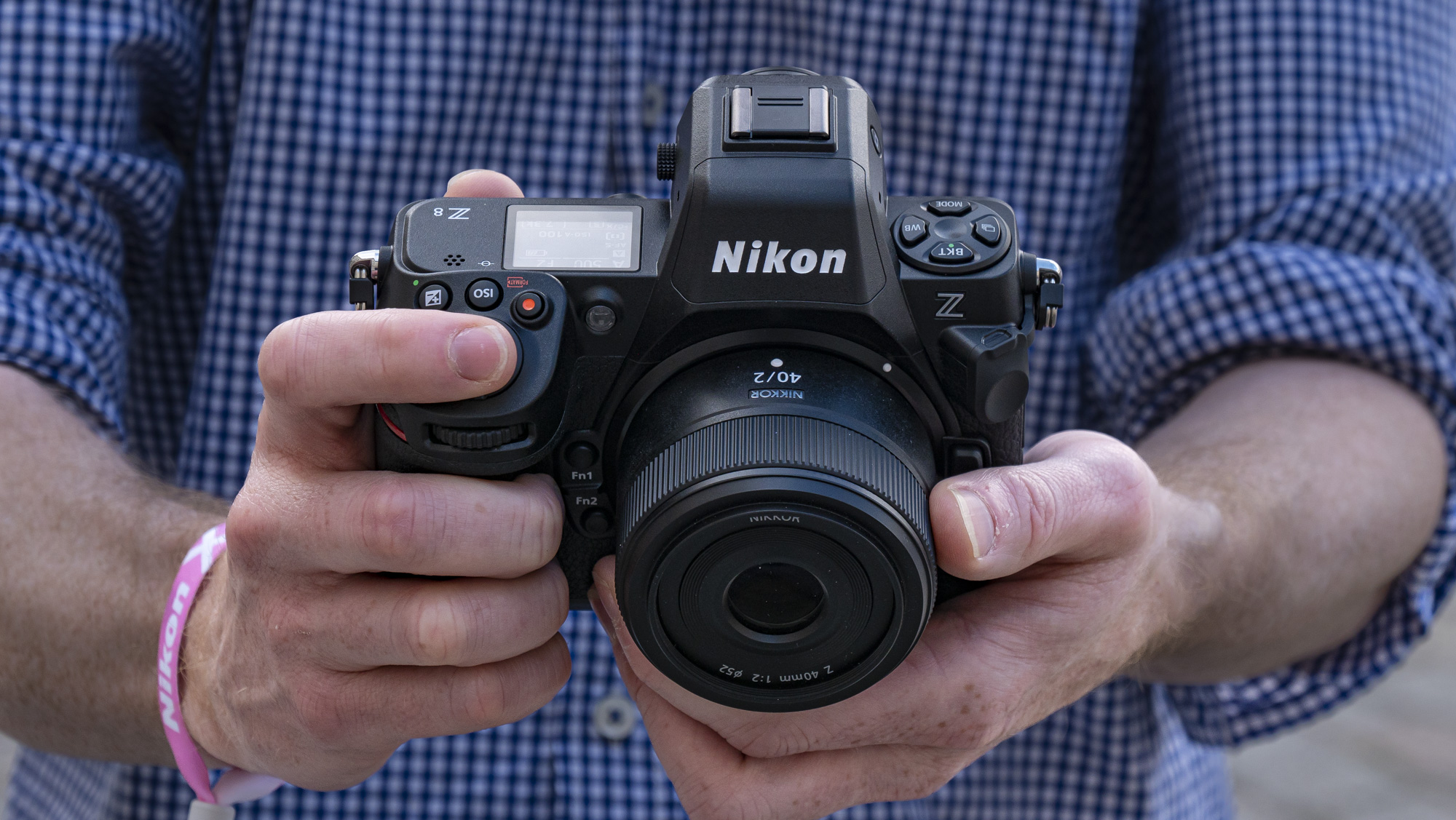
Our team of camera experts has reviewed more than 1,000 cameras since 2008, including every major model designed for professional photographers. Whether you're commissioned to shoot portraits, products or sport, our in-depth, first-hand experience means we know exactly what makes a camera effective for professional use.
The Nikon Z8 is a standout performer. In our review, we found that it produces stunning images across almost every scenario, thanks to a high-resolution full-frame sensor and class-leading autofocus. Combining the power of Nikon’s flagship Z9 with a more compact build and a lower price, we think it’s one of the most versatile tools for professional photography in 2025.
Our guide includes camera options for every kind of assignment. From studio tools to action-ready cameras, each recommendation in our guide is based on hours and hours of real-world testing at the hands of our seasoned reviewers. And because every member of our reviews team works with cameras for a living, you know that their insights on professional cameras can be trusted.
⭣ Read more
Why you can trust TechRadar's choices
Every professional camera in this guide has been tested extensively by one of TechRadar’s in-house specialists. We’ve reviewed everything from top-end DSLRs to the latest mirrorless flagships, giving us decades of combined experience when it comes to assessing professional cameras.
We put every pro camera through a series of demanding real-world scenarios. We aim to cover every kind of a situation that a professional could face in the field, whether that’s tracking fast-moving subjects, working in low light or shooting agile portraits. We also assess factors such as durability, lens system depth and long-term value, which all matter to working photographers.
Our reviews reflect how each camera stacks up on its own merits. We also compare each model against its competitors in price and performance terms, to give you the clearest picture of where it fits and whether it’s the right tool for your workflow.
Top 3 picks
Use our summary below for a quick overview of the best professional cameras for every type of photographer. When you find one that fits your requirements, follow the links beneath to jump down to our full write-up.
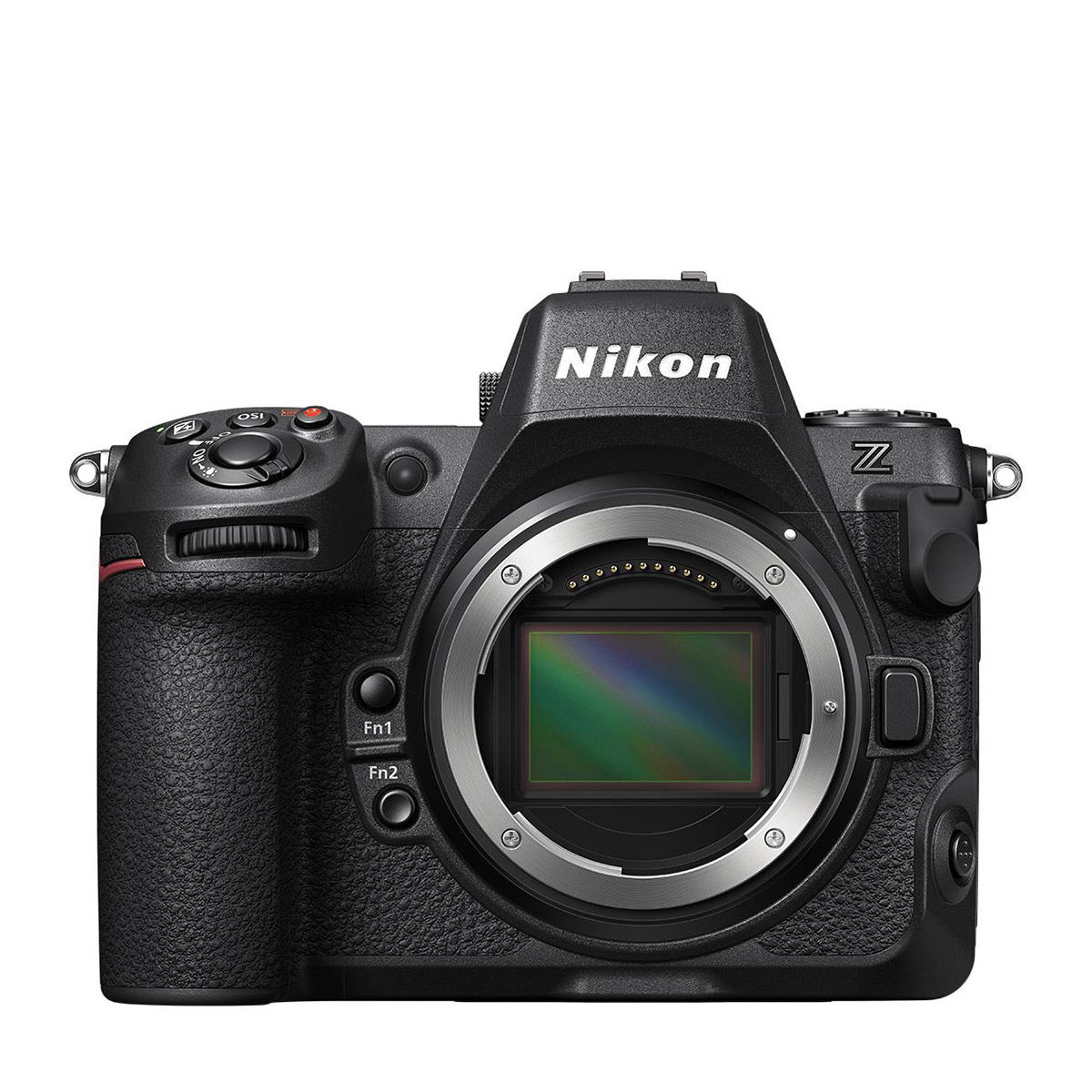
Best overall
With a cutting-edge 45.7MP sensor packed into a smaller body than the Z9, the Nikon Z8 gives incredible image quality and low noise levels.
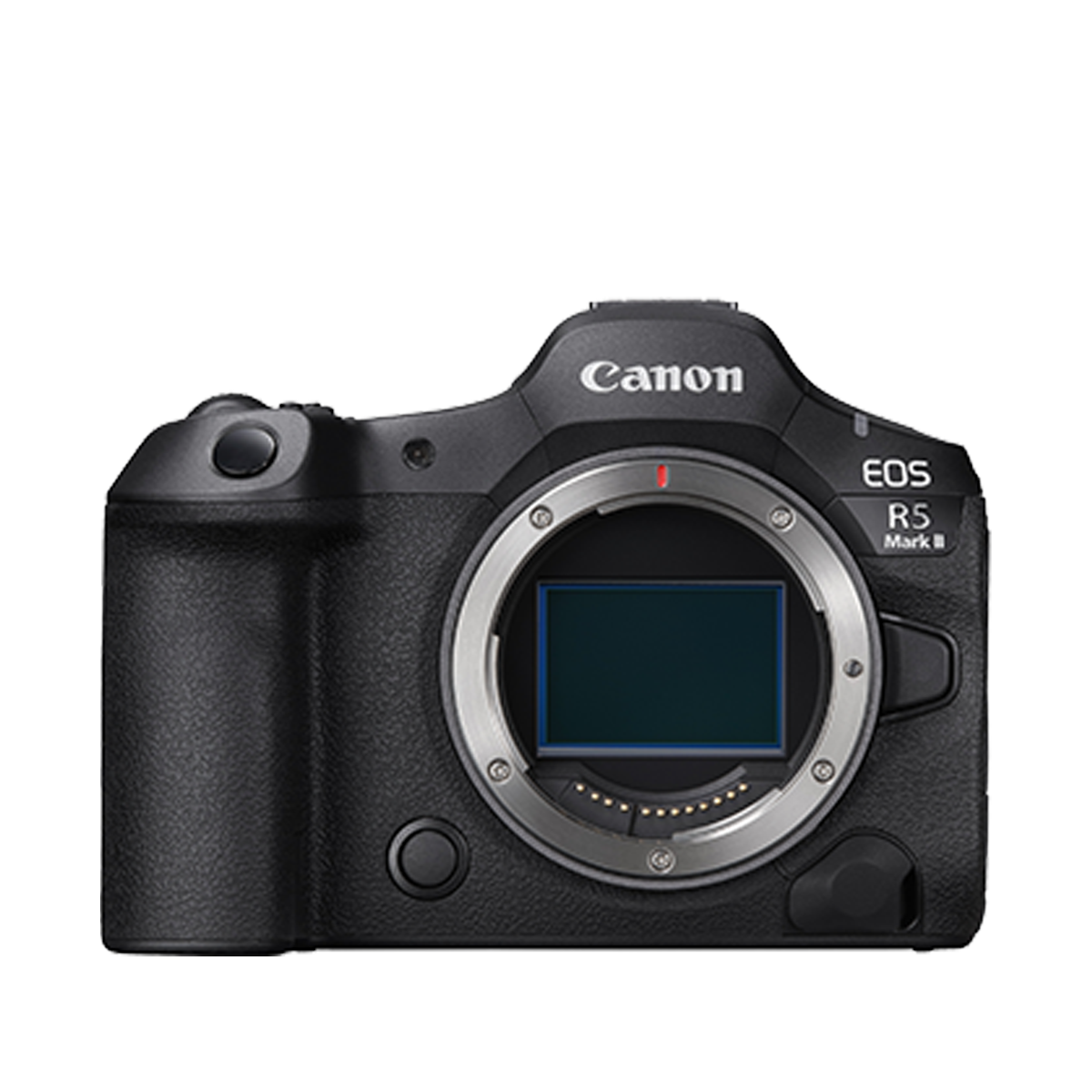
Best for hybrid
Fast, accurate and packed with features, Canon’s second-gen R5 is a major upgrade over the original, making it almost impossible to miss a shot.
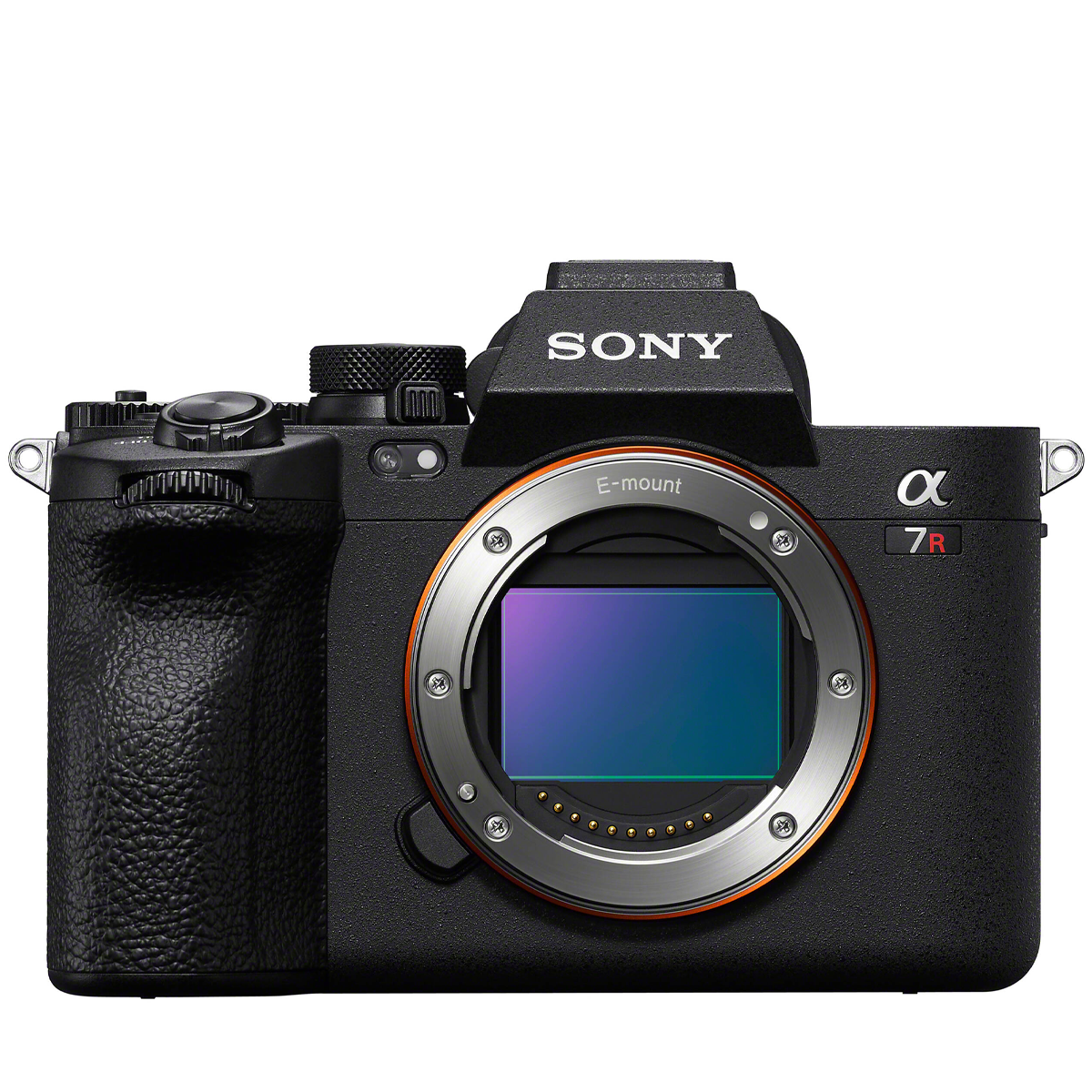
Best for detail
Unbelievably good-quality stills with high levels of detail are guaranteed thanks to the 61 MP sensor and supremely powerful processor.
Best by use case
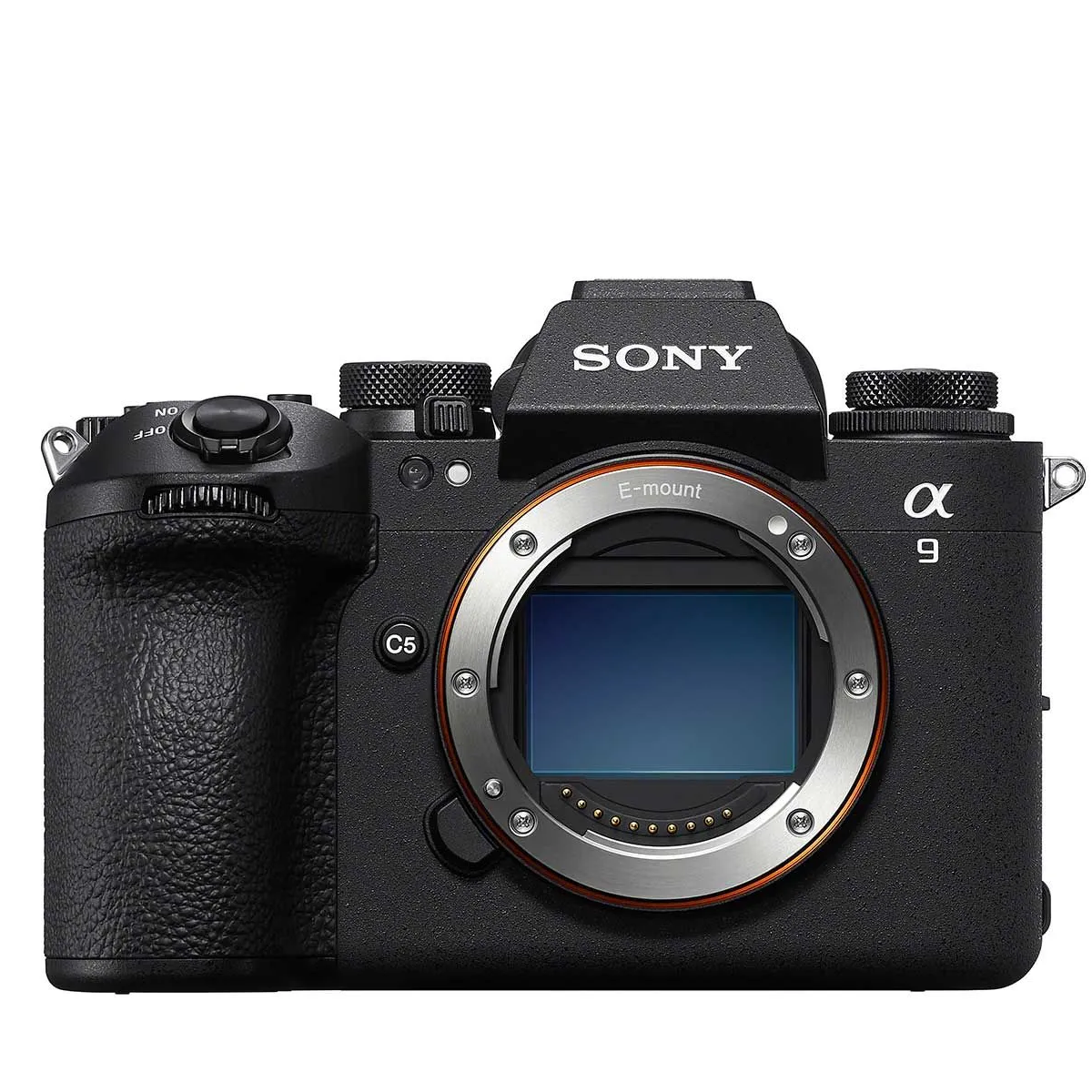
Best for speed
Arguably the best mirrorless camera for high-speed shooting, all made possible by a global shutter and fastest-ever burst shooting mode.
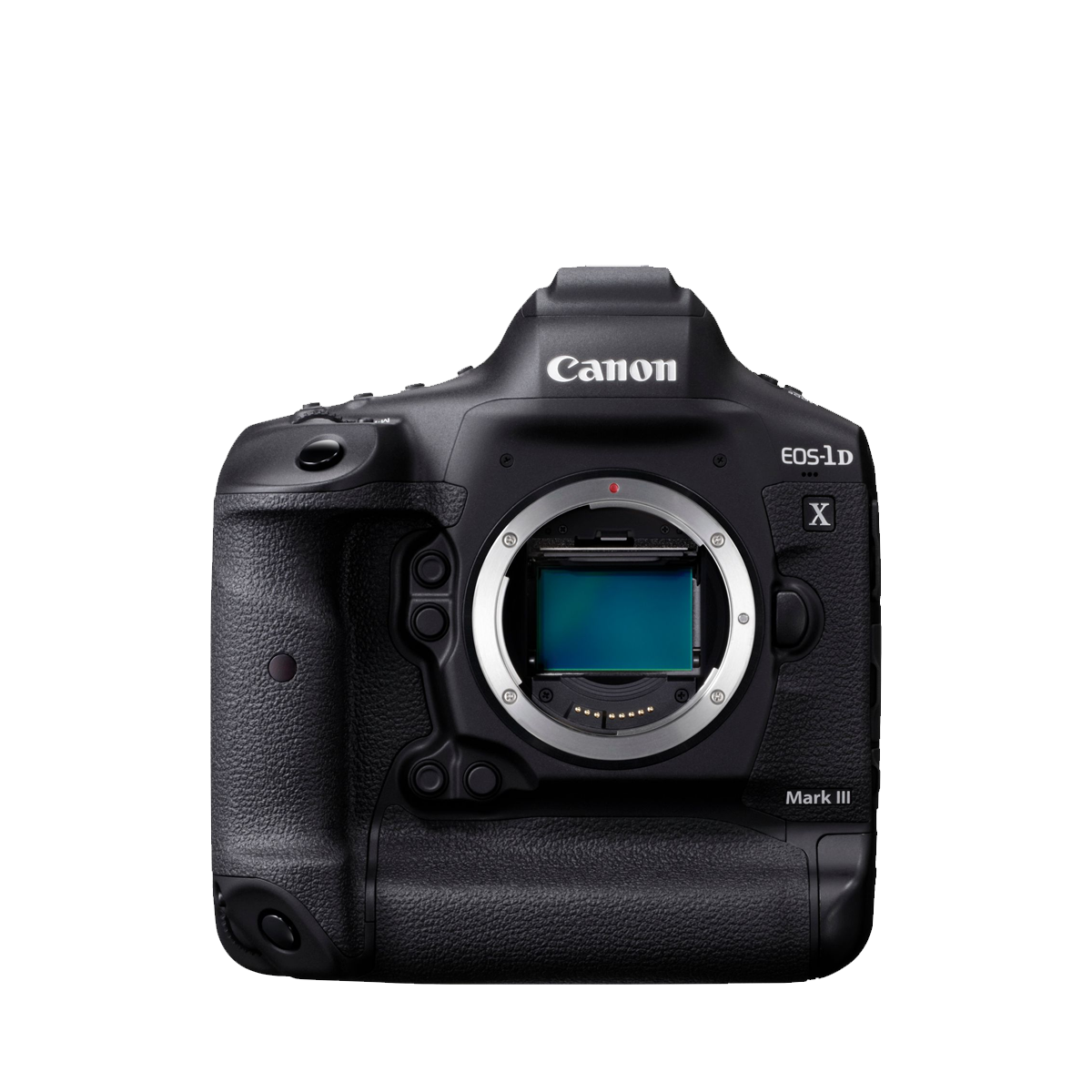
Best sports DSLR
With rapid burst speeds, exceptional subject-tracking autofocus and a massive buffer, this is truly a speed demon for sports work.
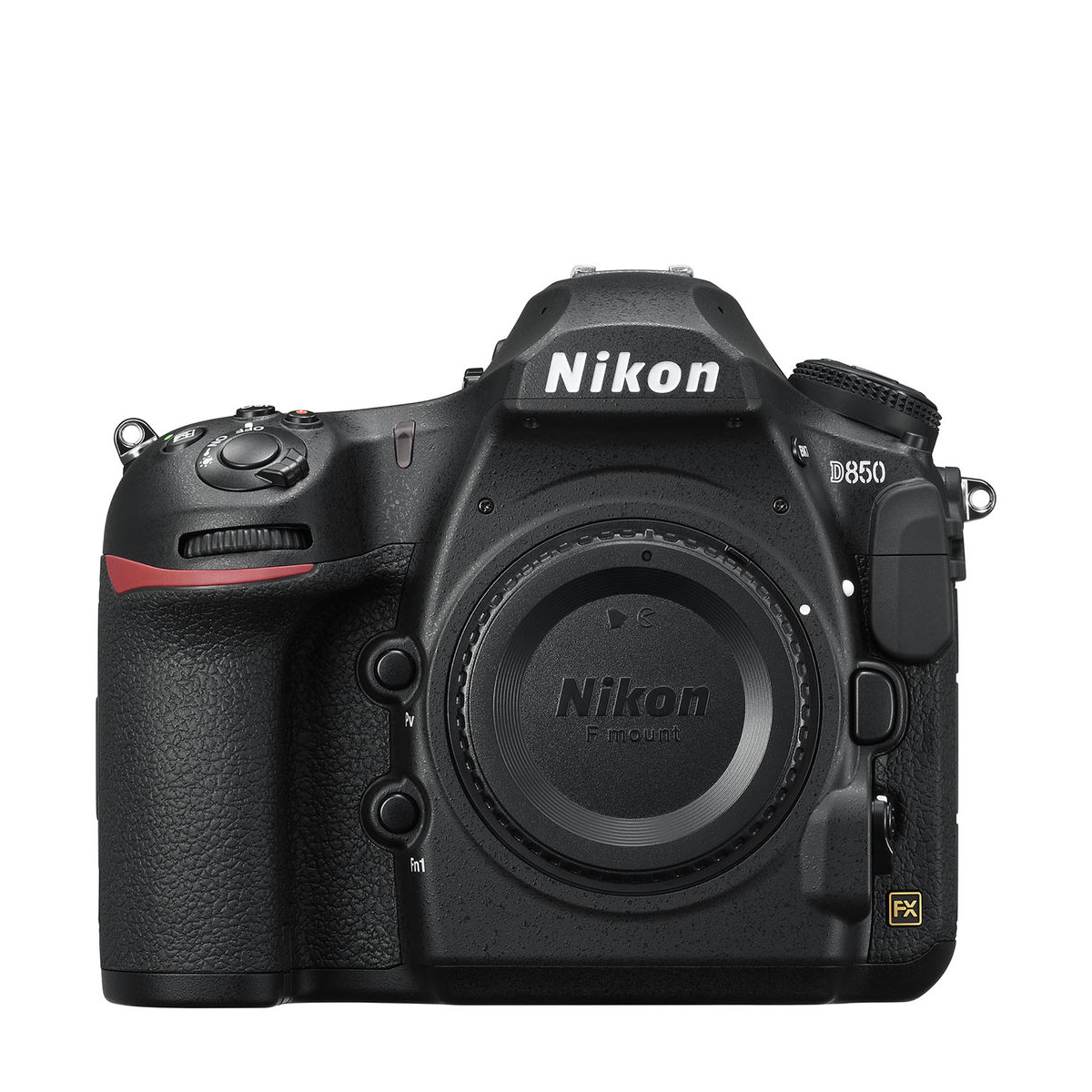
Best DSLR for most pros
A workhorse in every sense, the Nikon D850 combines a strong build with impressive performance to deliver a classic DSLR experience.

Best for video
A full-frame camera built for 6K video, filmmakers will love its streamlined workflow, low-light capabilities and 12-bit editing potential.
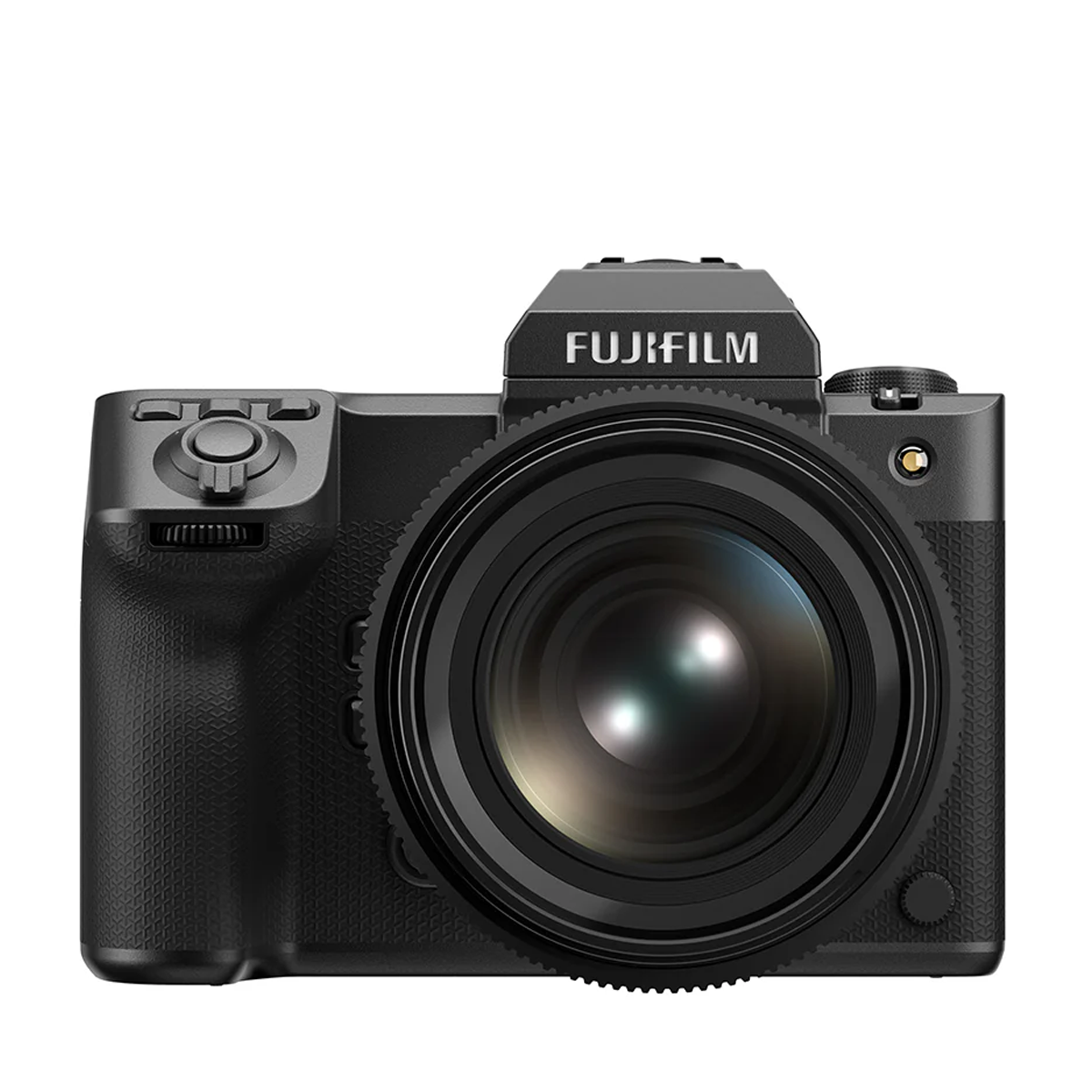
Best medium format
Surprisingly fast for a medium-format camera, the GFX100 II delivers ultra-high resolution images and incredible performance.
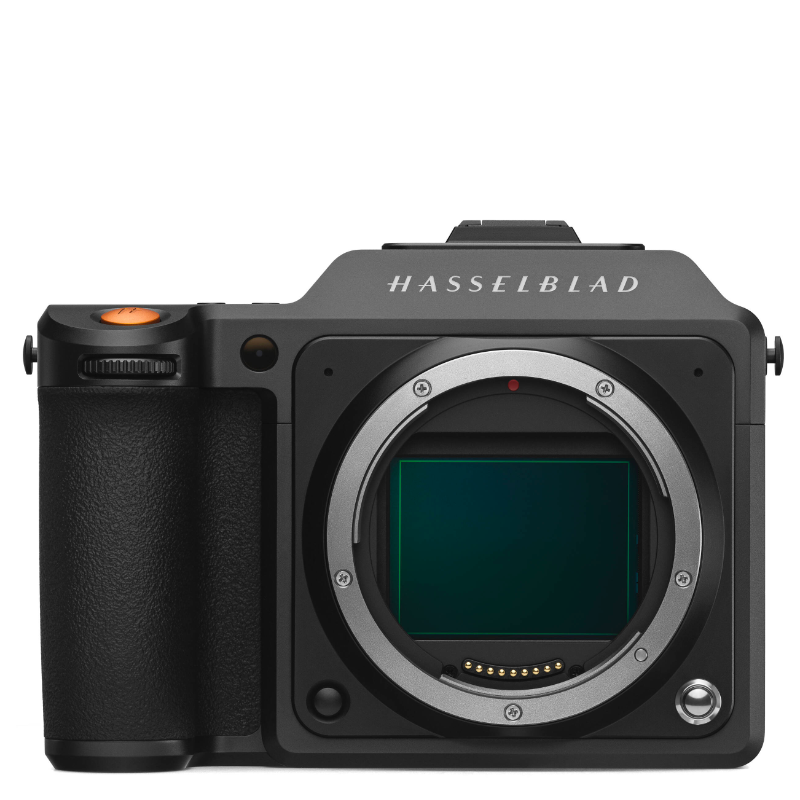
Best photo quality
A camera for purists, this medium-format model sacrifices speed in favor of outright image quality, delivering stunning images at 100MP.
Load the next 1 product...
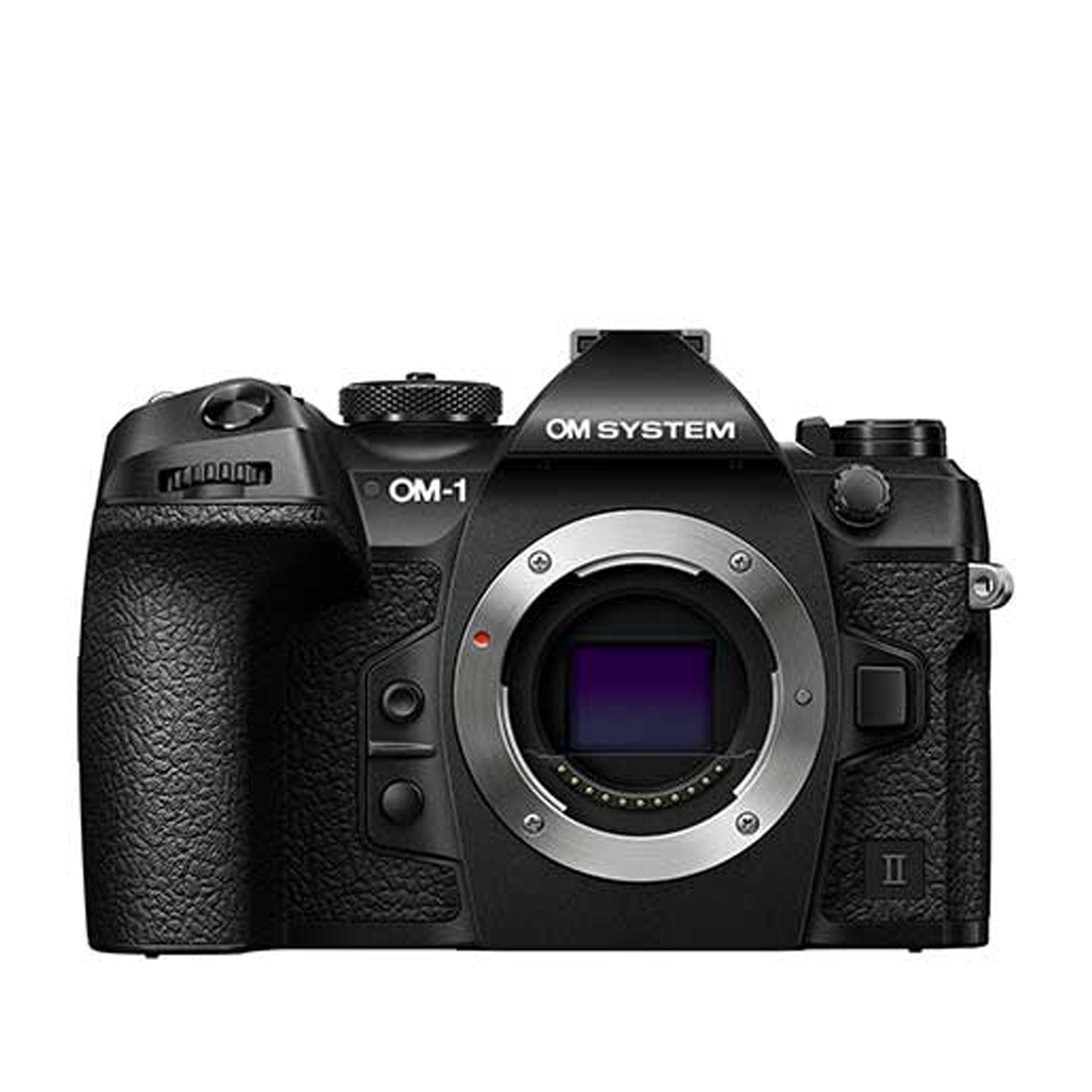
Best lightweight
Impressive stabilization, excellent autofocus and reliable weather resistance make OM System’s flagship a great lightweight choice.

Tim is TechRadar's Cameras Editor. Tim has more than 15 years of experience in the photo video industry, working as both a freelance photographer and a technology journalist. Over that time, he’s developed a deep, practical understanding of what makes an excellent professional camera, having tested many of the best models from the top manufacturers. Tim notes, “every professional photographer will expect something different and specific from their workhorse, which is why we’ve tried to cater to a range of different shooting styles in our guide. That said, every camera featured here can be relied upon in a professional setting.”
The best professional cameras in 2025
Why you can trust TechRadar
Below you'll find full write-ups for each of the best professional cameras in our list. We've tested each one comprehensively, so you can be sure that our recommendations can be trusted.
The best professional camera overall

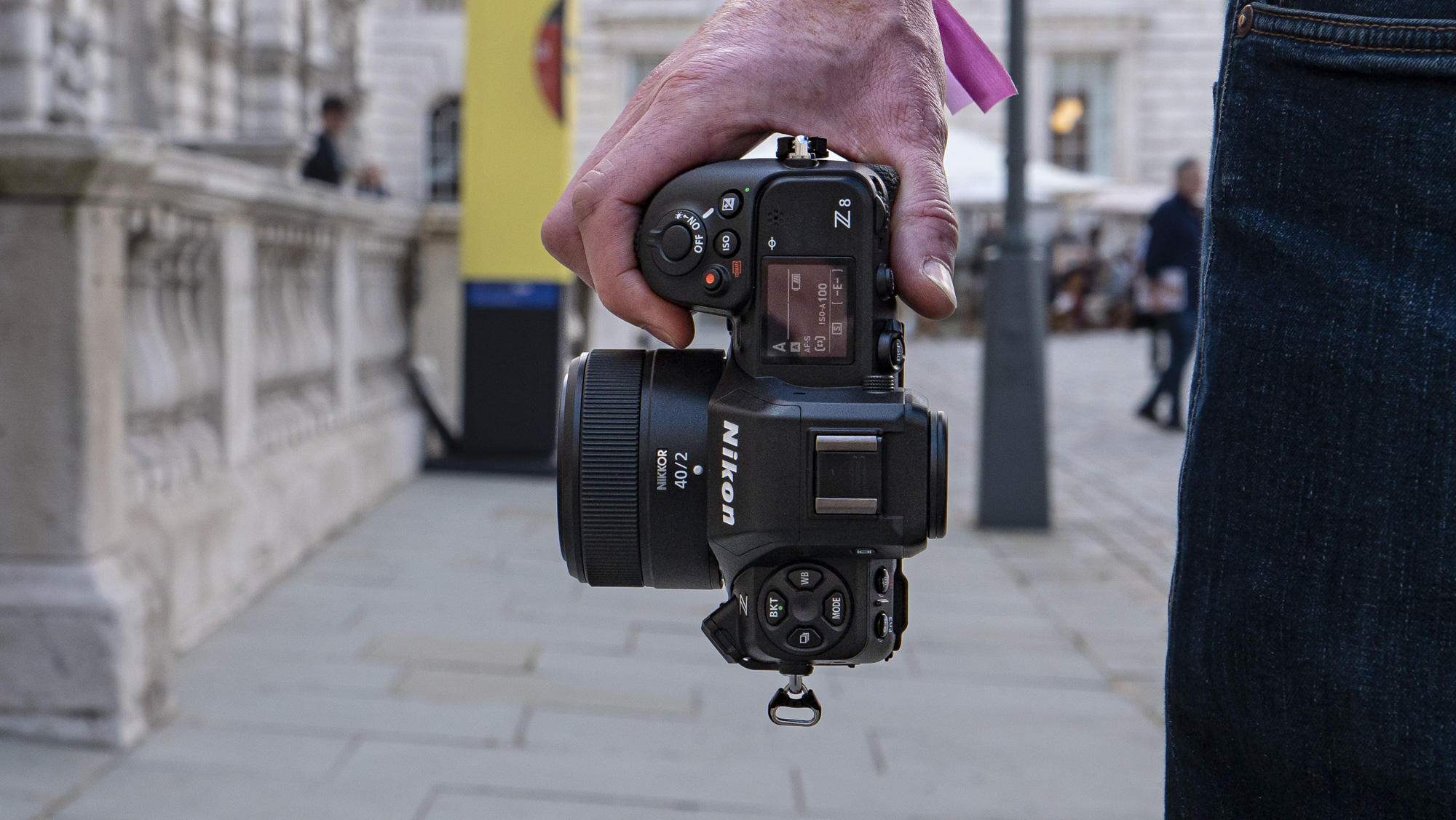
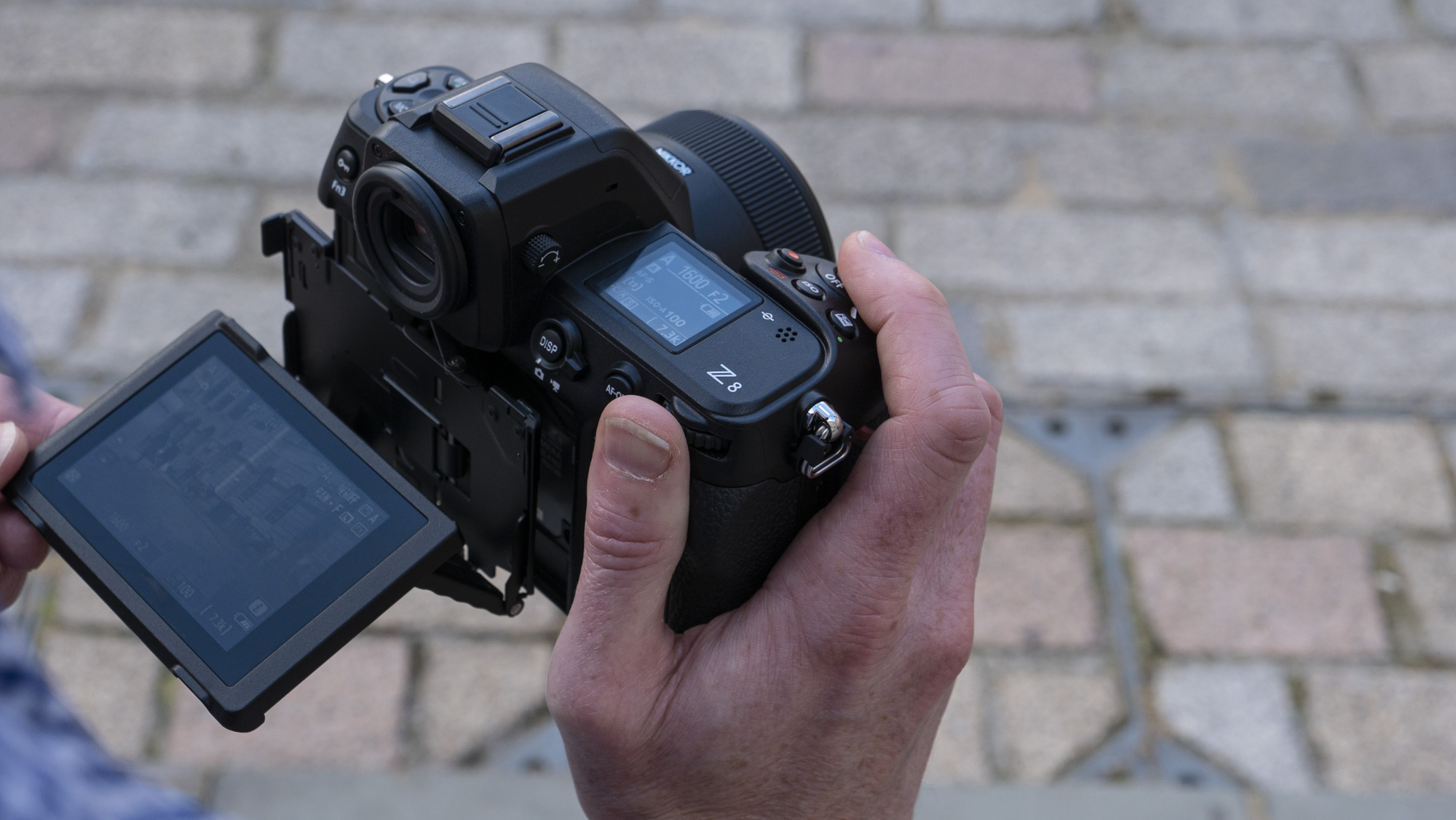
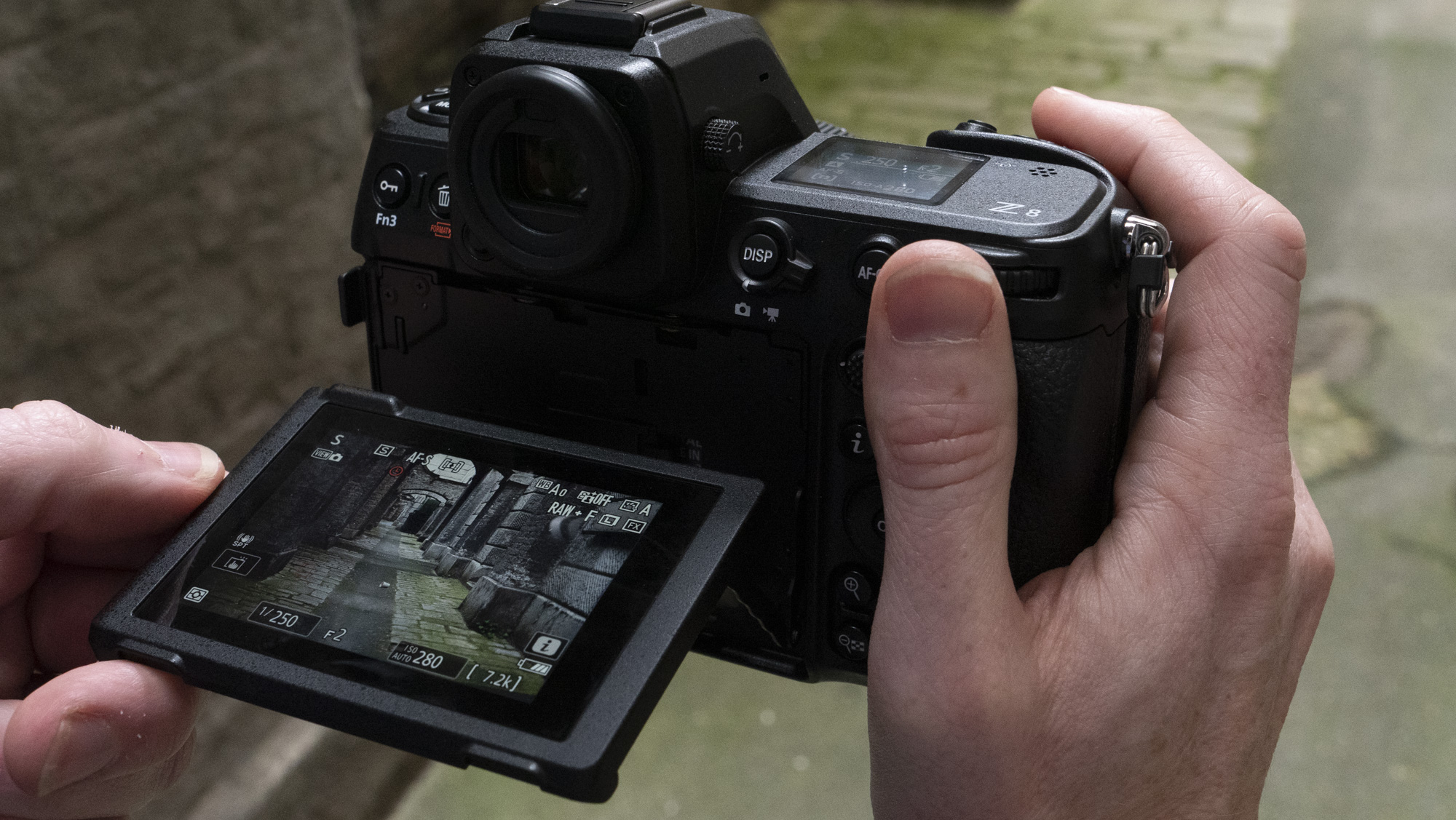
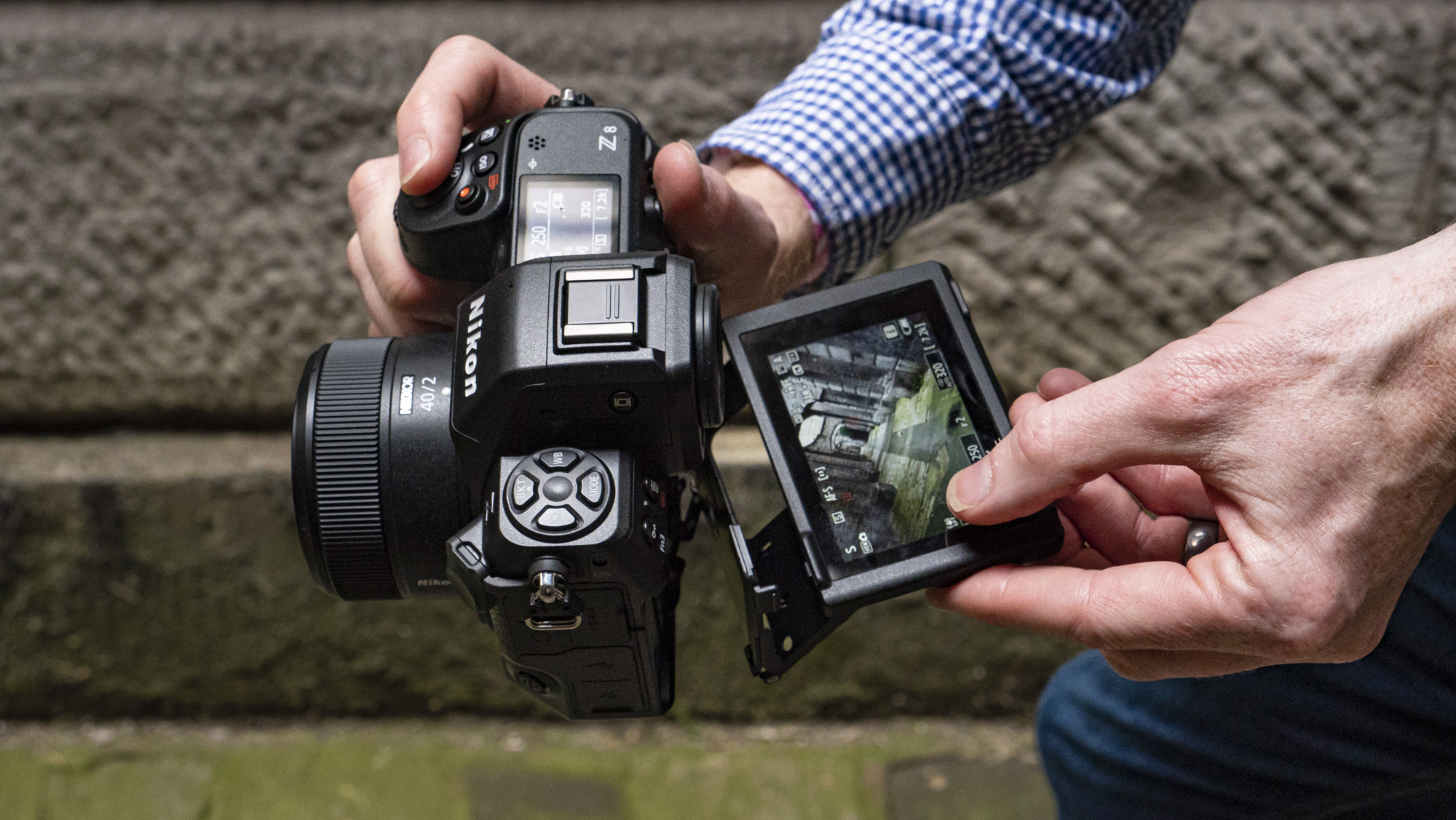
Specifications
Reasons to buy
Reasons to avoid
Nikon Z8 sample images
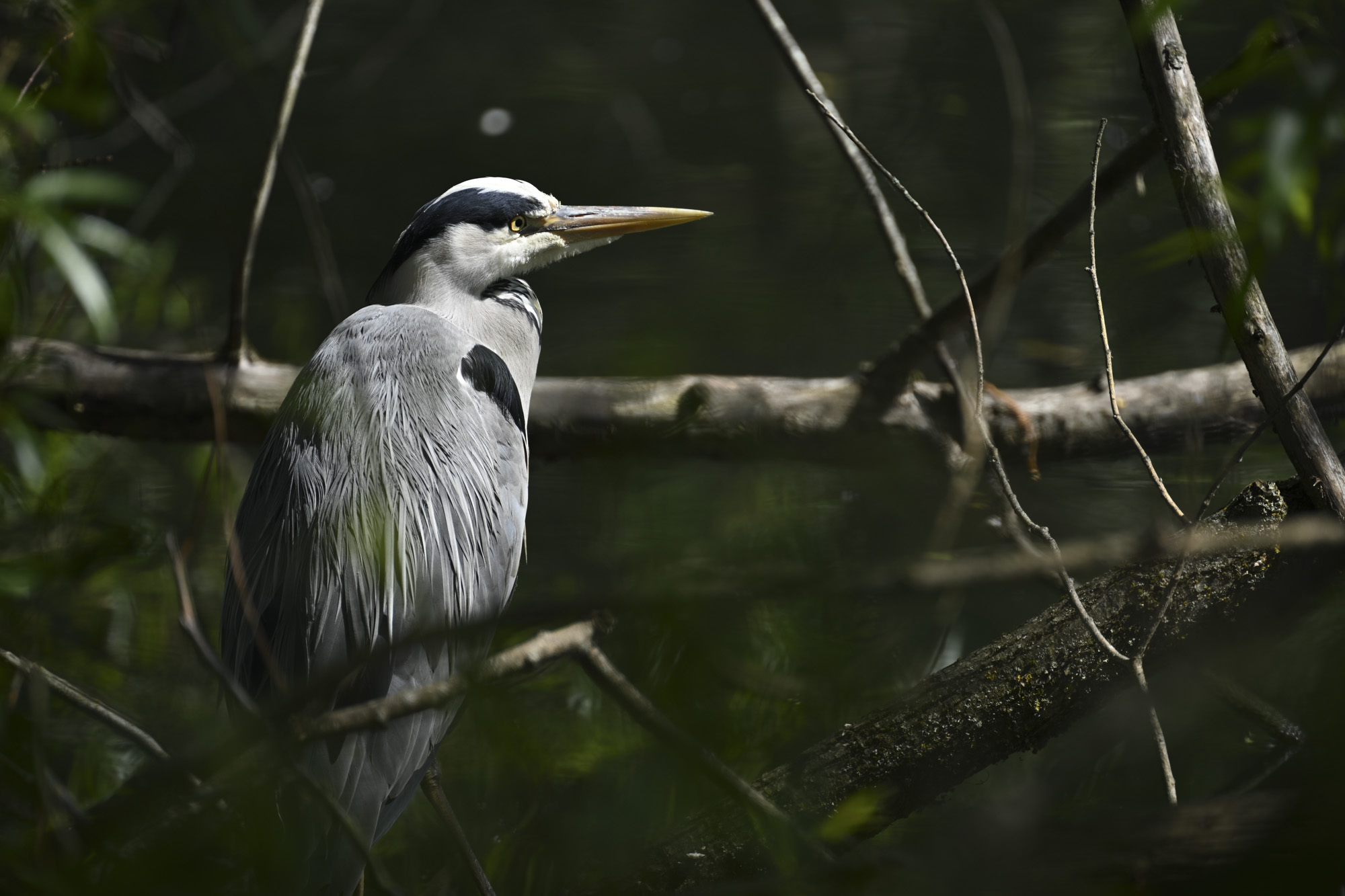
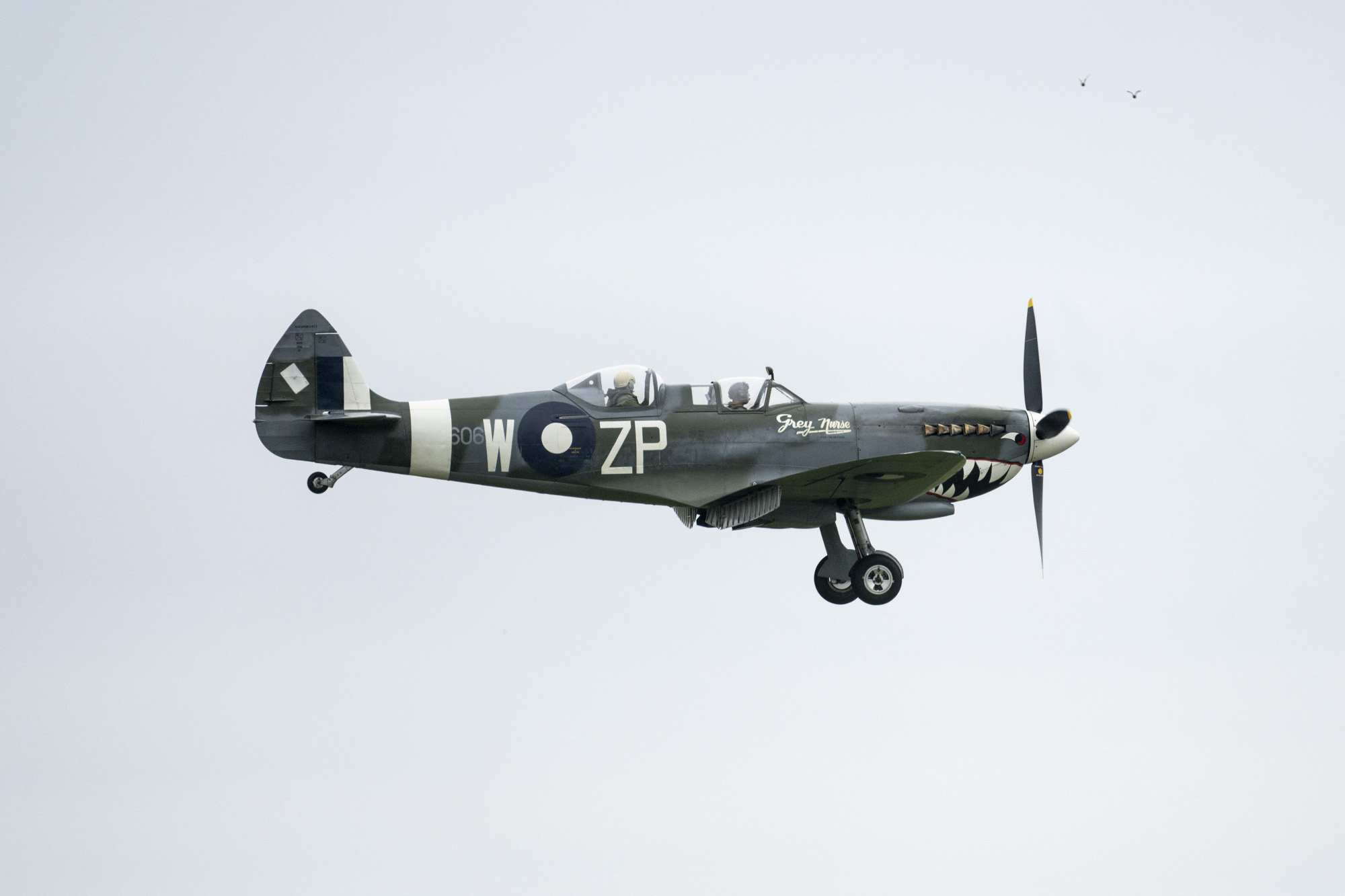
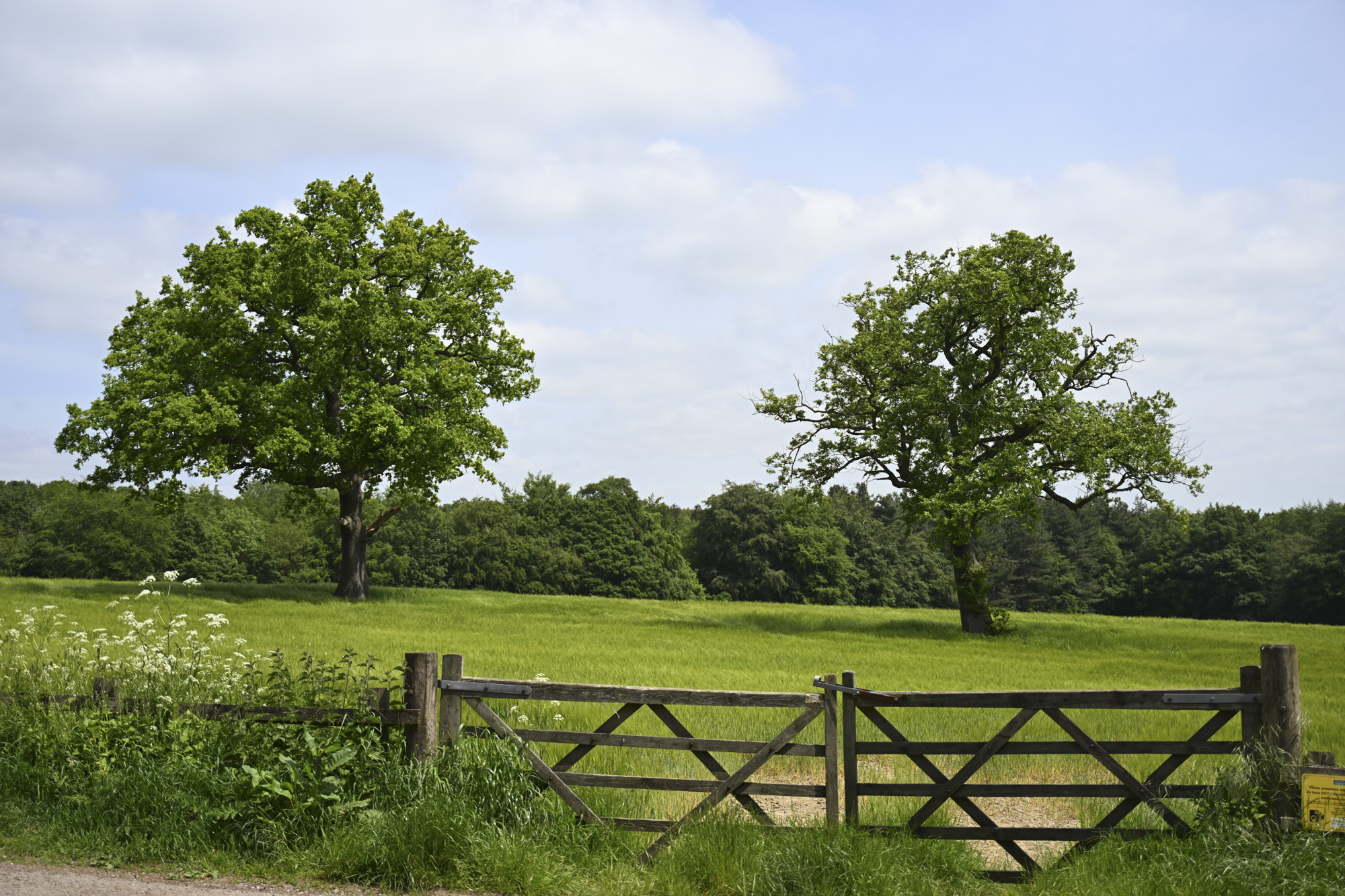
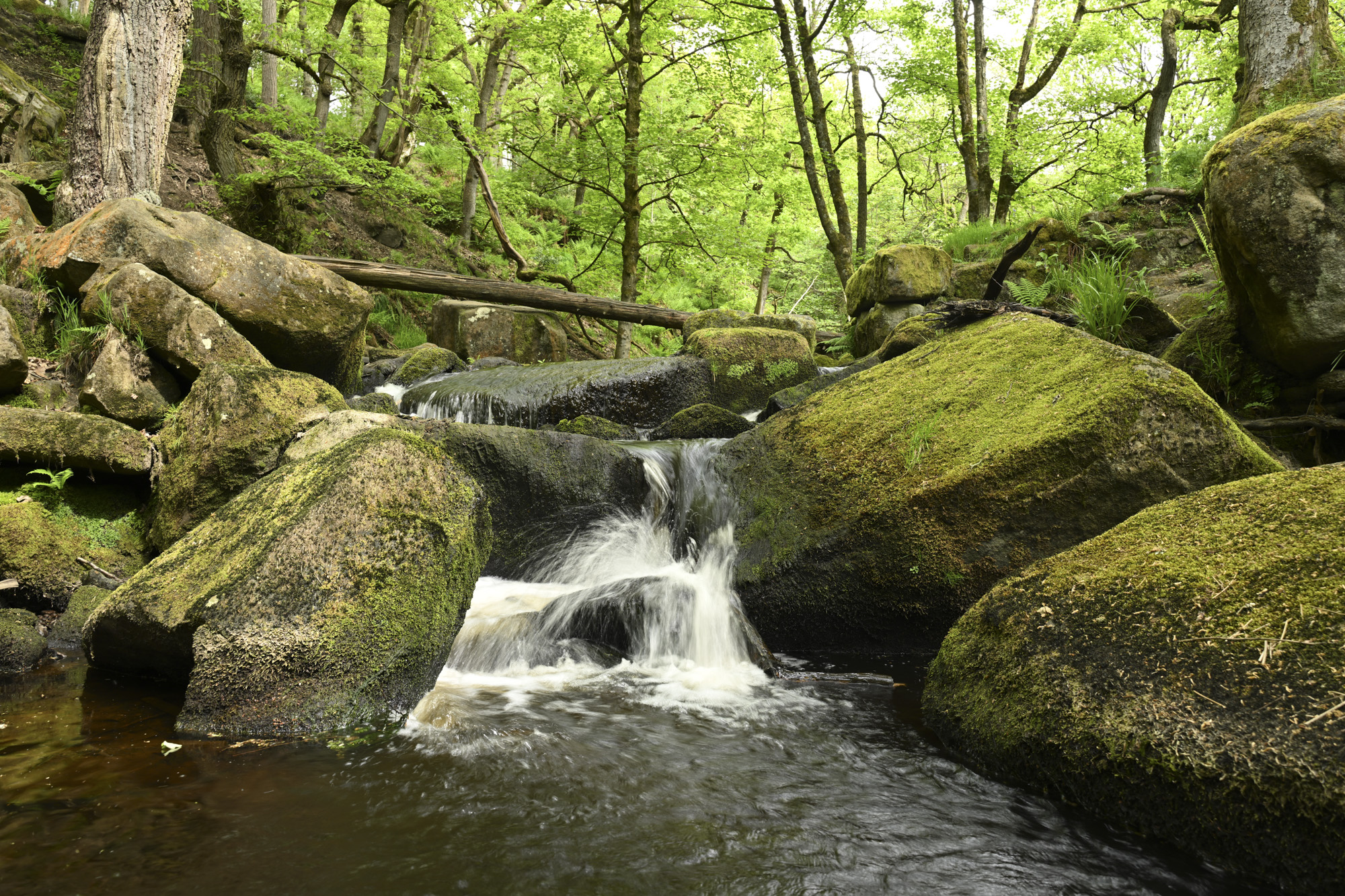

✅ You want a great generalist: The Z8 can shoot almost everything well: landscapes, portraits, wildlife and even sports.
✅ You photograph aeroplanes: The built in airplane subject tracking mode automates this often tricky process.
❌ You rely on image stabilization: The Z8 has it but it is average at best and can't always be relied on.
❌ Resolution is everything: 45MP is great but falls short of the 60MP offered by its rivals.
The Nikon Z8 is one of the best professional cameras on the market right now. It has almost everything that the Z9 offers, but comes in a smaller, lighter body. It's cheaper, too. In our review, the 45.7MP resolution sensor delivered incredible image quality with low noise levels, even in low light. It's resolution is not as impressive as the Sony A7R V or the Leica M11, but it'll be more than enough for most pros. When paired with the Nikkor Z MC 105mm f/2.8 VR S lens, we found the detail to be "pin-sharp".
Its responsive autofocus system and 3D matrix tracking system also impressed in testing, dealing well with fast-moving action. Face, eye, and animal detection also take the guesswork out of finding focus for common subjects. This camera is great when capturing both photo and video, but one word of note for video: it's susceptible to overheating during long recording sessions. On the whole, the Z8 is packed with almost every feature a pro could need.
Read more: Nikon Z8 review
The best hybrid professional camera


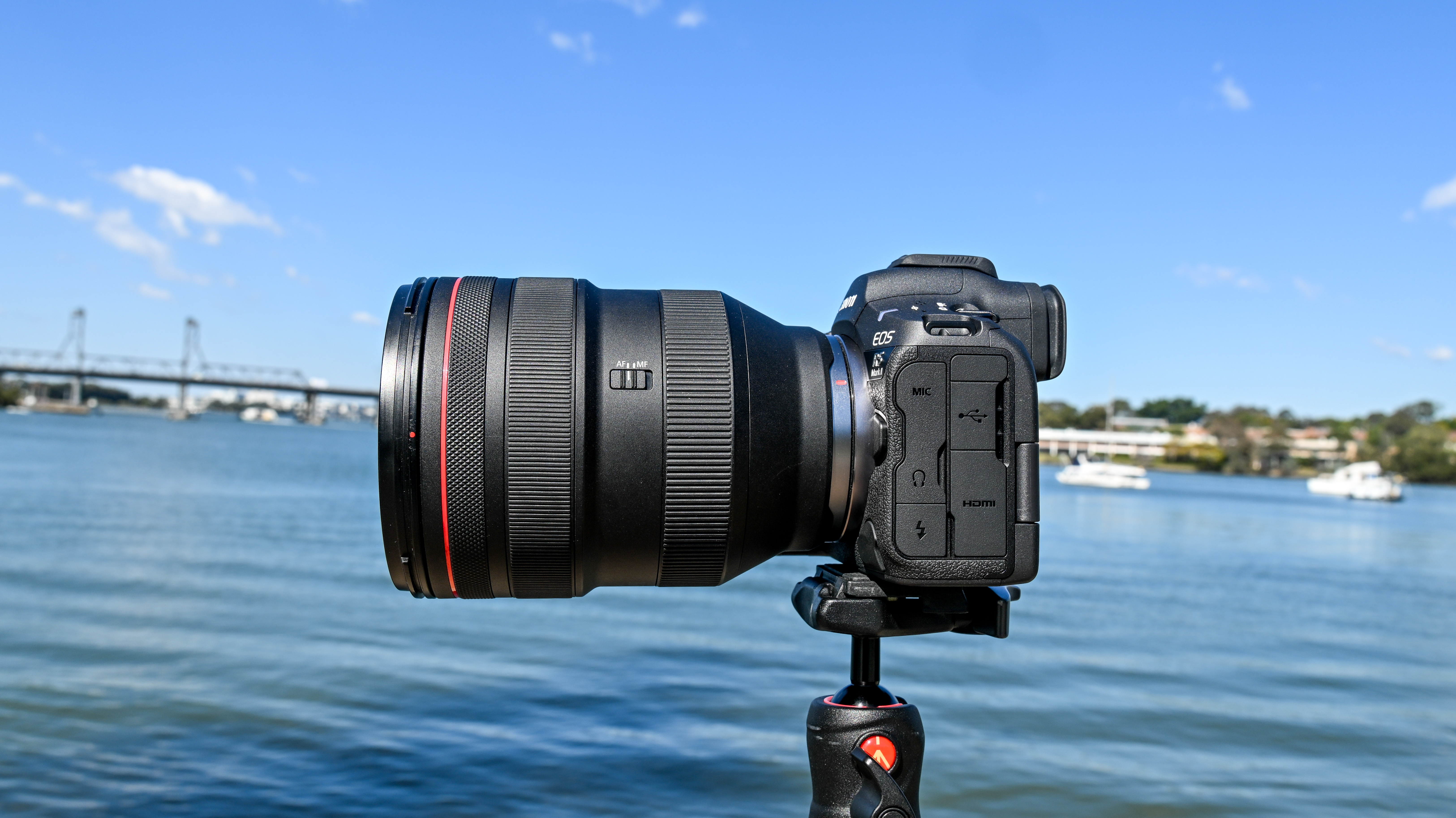

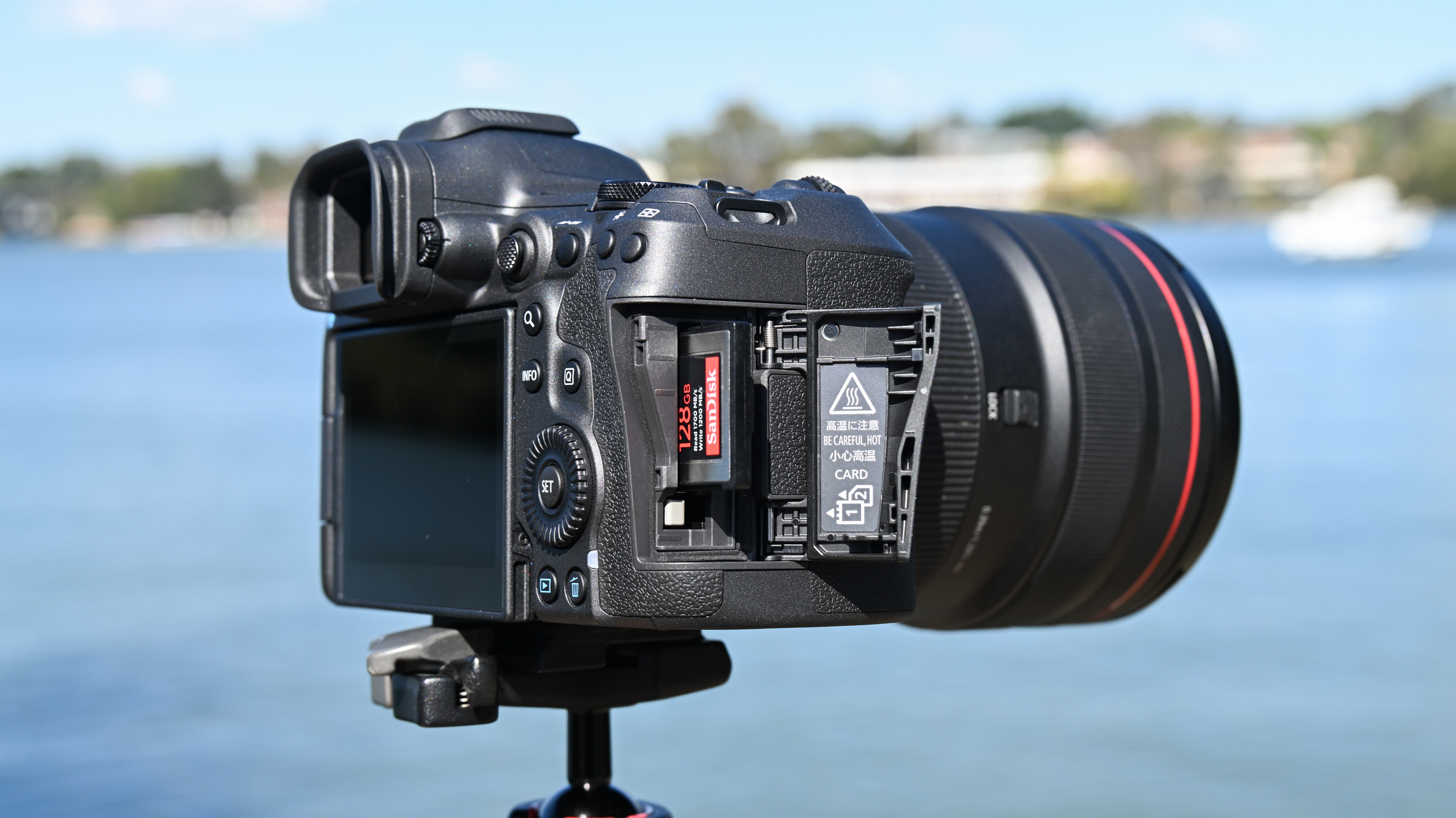
Specifications
Reasons to buy
Reasons to avoid
Canon EOS R5 II sample images
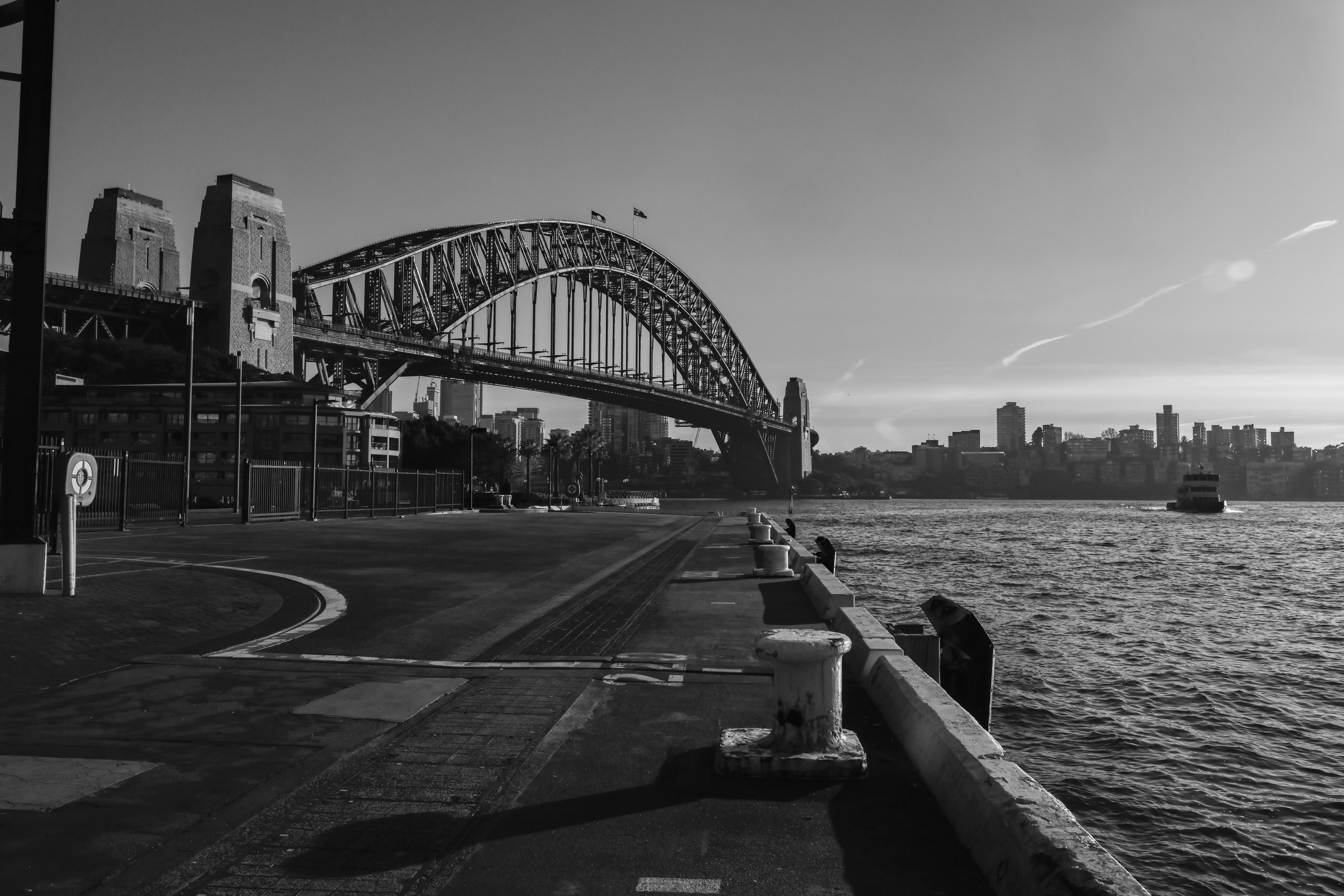
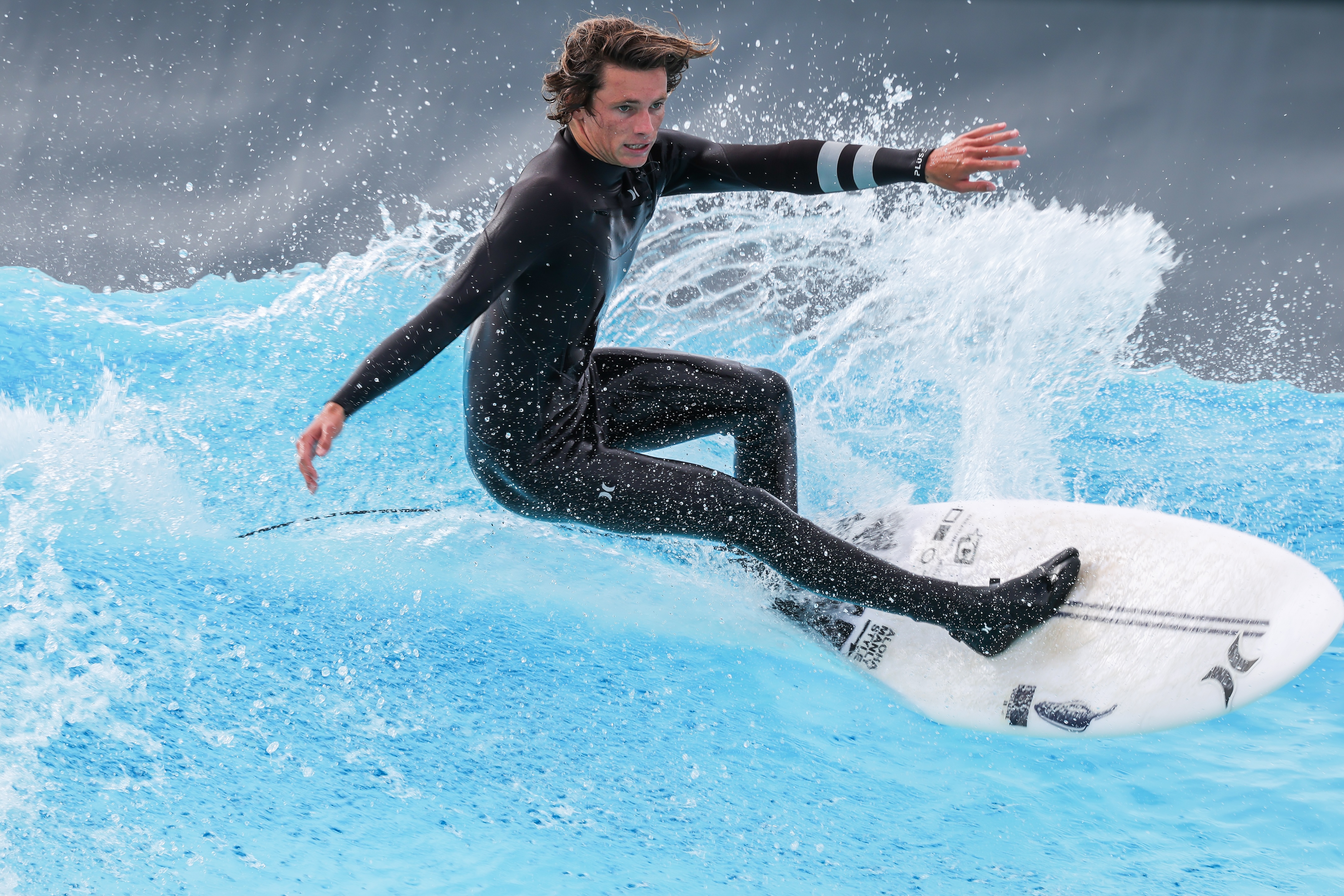
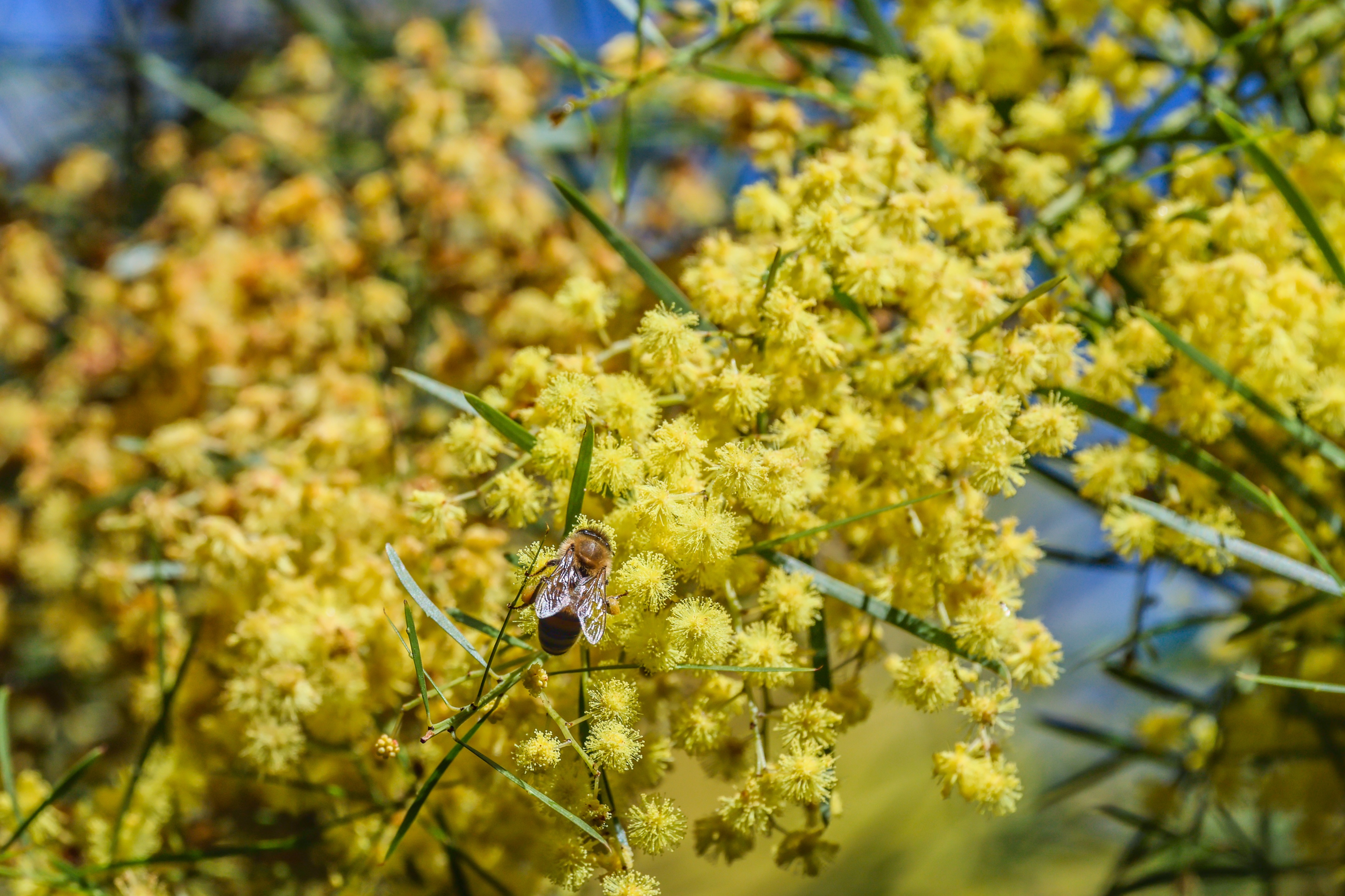

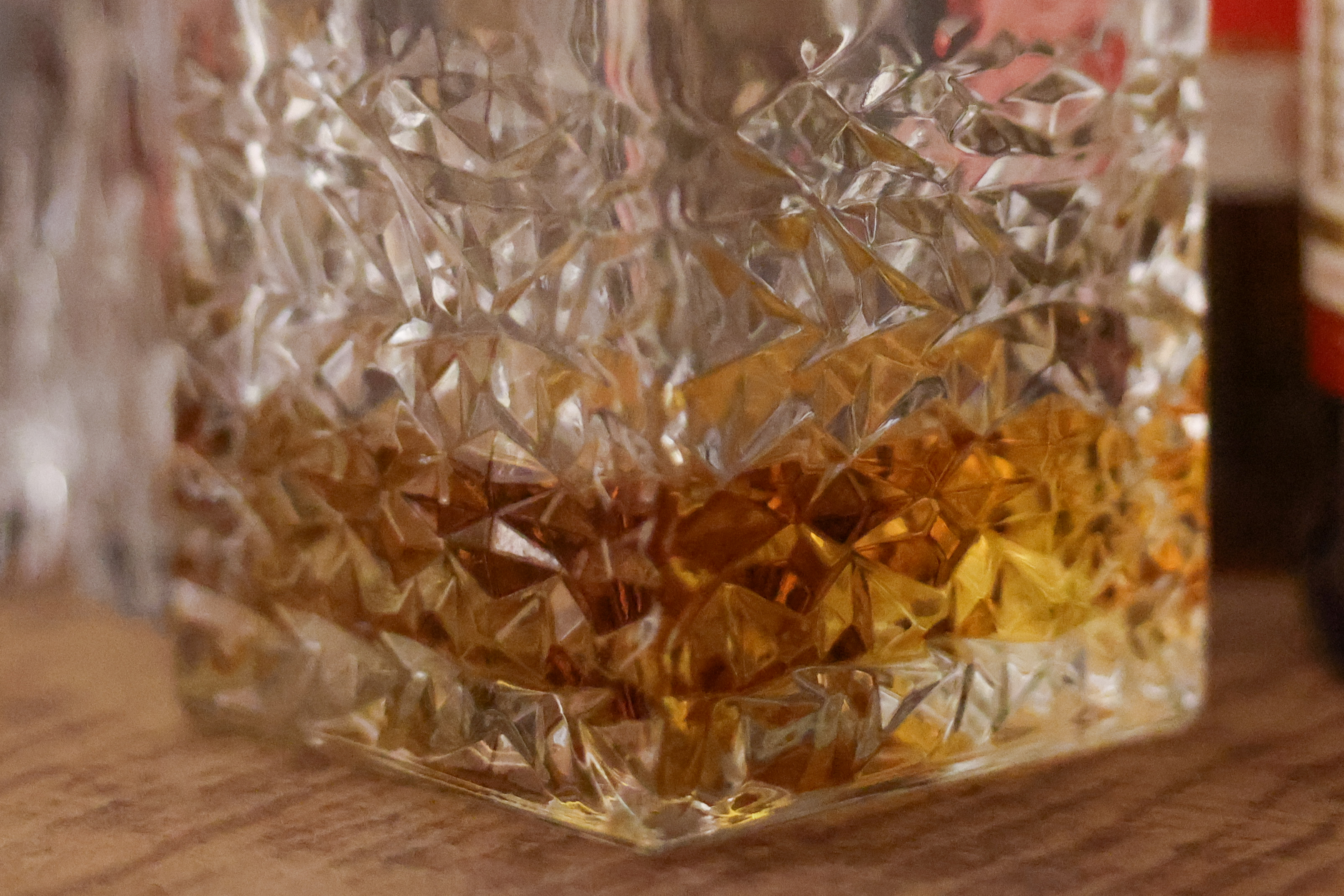
✅ You want a versatile stills camera: Rapid, reliable and versatile, the R5 Mark II is as comfortable shooting detailed landscapes as it is capturing fast action.
✅ You want an easy-to-use pro camera: Despite its incredible skills, the Mark II’s intuitive controls and simplified menu system make it an easy camera to operate.
❌ You shoot mainly in the studio: You don’t need the R5 Mark II’s speed and accuracy in a studio, so you might be better served by a medium format sensor.
❌ You conscious of cost: While it’s well-priced for its features, you’ll find better value by dropping down a sensor size or choosing a camera for your niche.
In our in-depth review, we called the Canon EOS R5 Mark II, “arguably the most versatile and easy-to-use pro camera.” From our tests, we think the physical controls on its robust, weather-sealed chassis are intuitive, as is the menu system. The Mark II is a camera that genuinely makes pro photography easier. Yet it’s also an incredibly capable flagship: we found autofocus to be almost perfect, while its stacked sensor effectively minimizes rolling shutter.
With a second processor boosting burst speeds to 30fps, it’s an action-ready camera. It’s also one with the resolution and features to hold its own in most scenarios. In-camera editing tools include a useful upscaling feature, although it only works for images shot as JPEG/HEIF. The Neural Network Noise Reduction also lets you push the limits of ISO performance for RAW files. There are caveats: Eye Control AF remains hit and miss, and there’s a slight reduction in dynamic range. Even so, we think the Mark II is arguably the best pro Canon to date.
Read our in-depth Canon EOS R5 II review
The best professional camera for detail
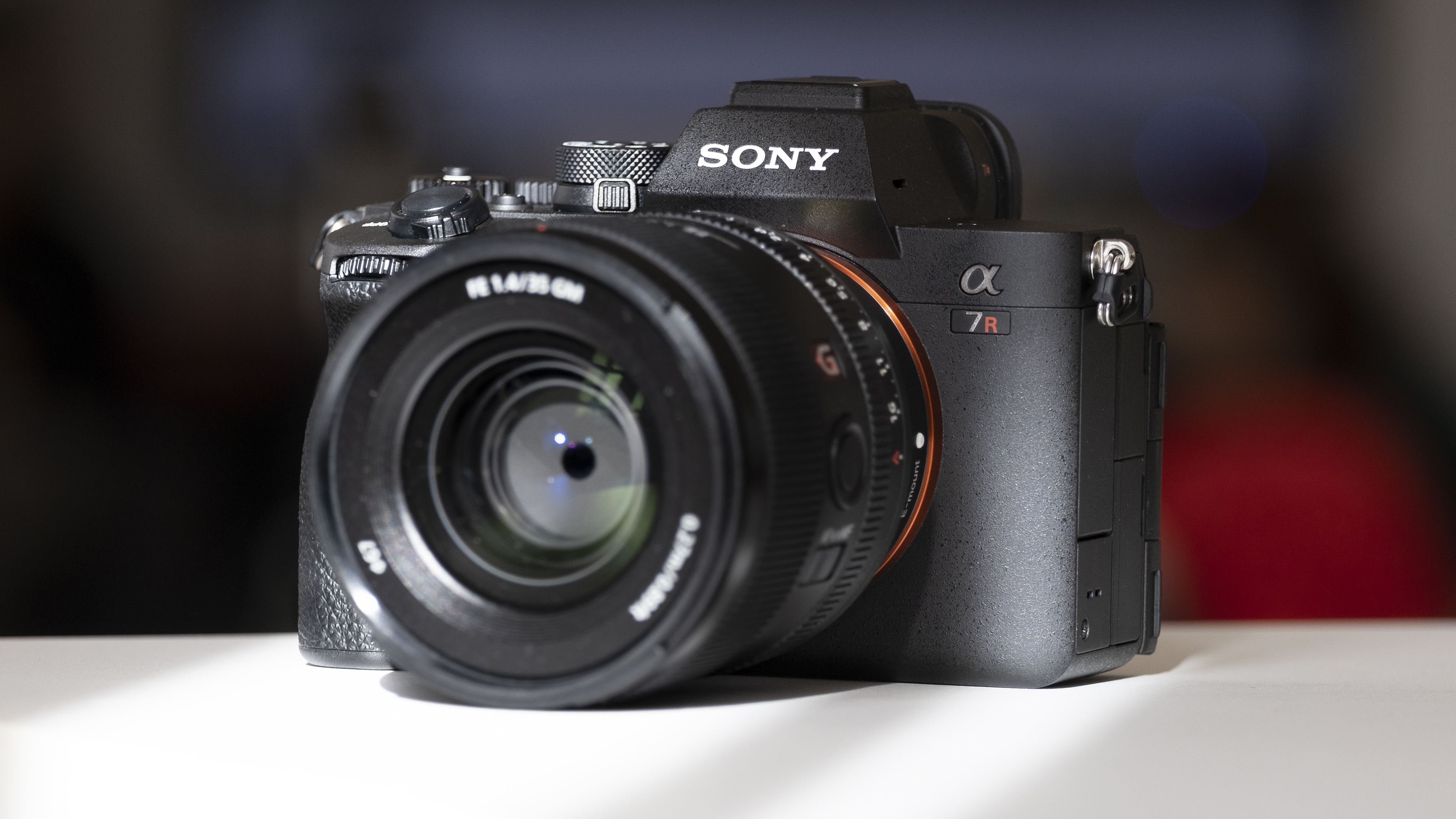
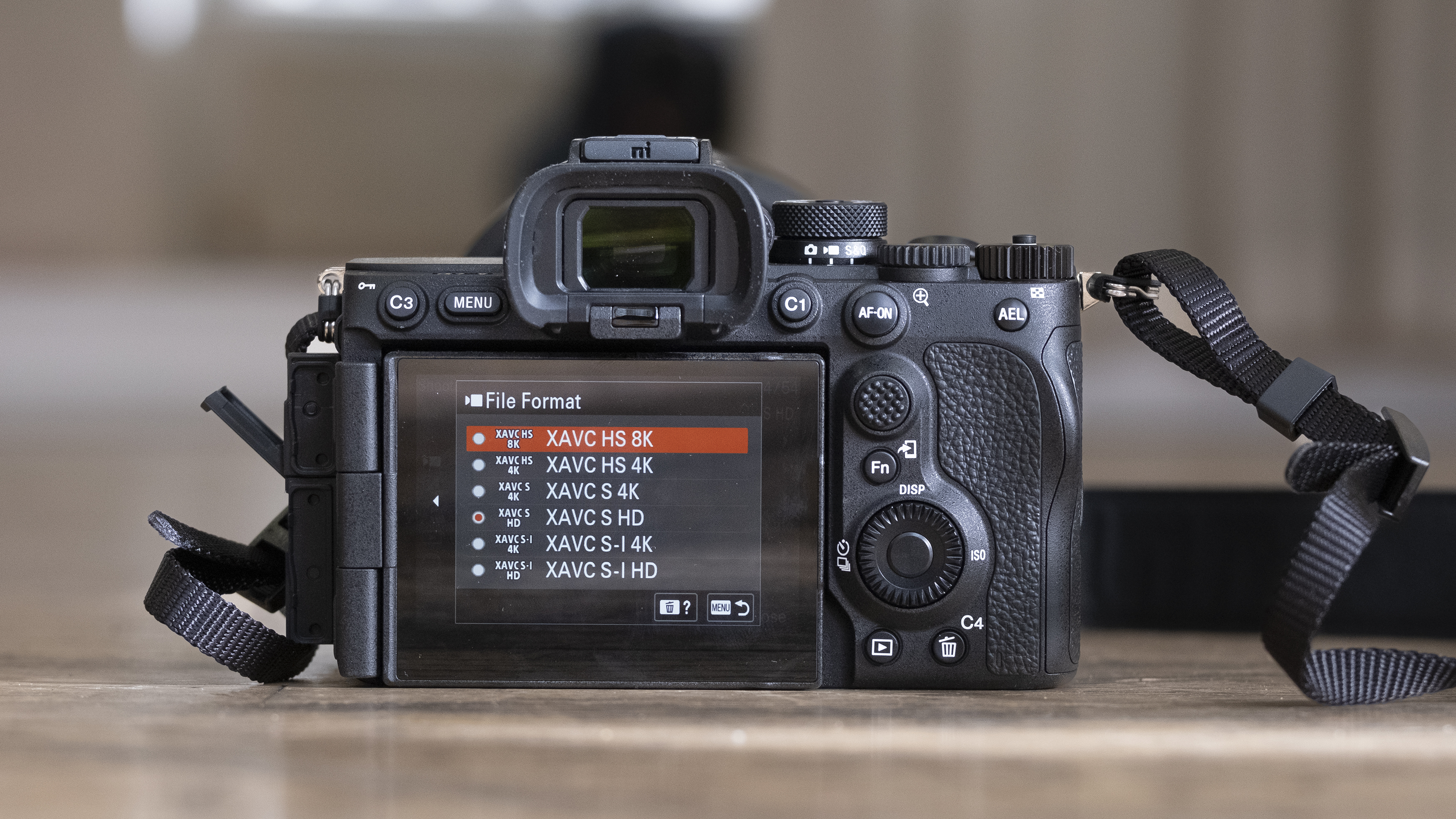
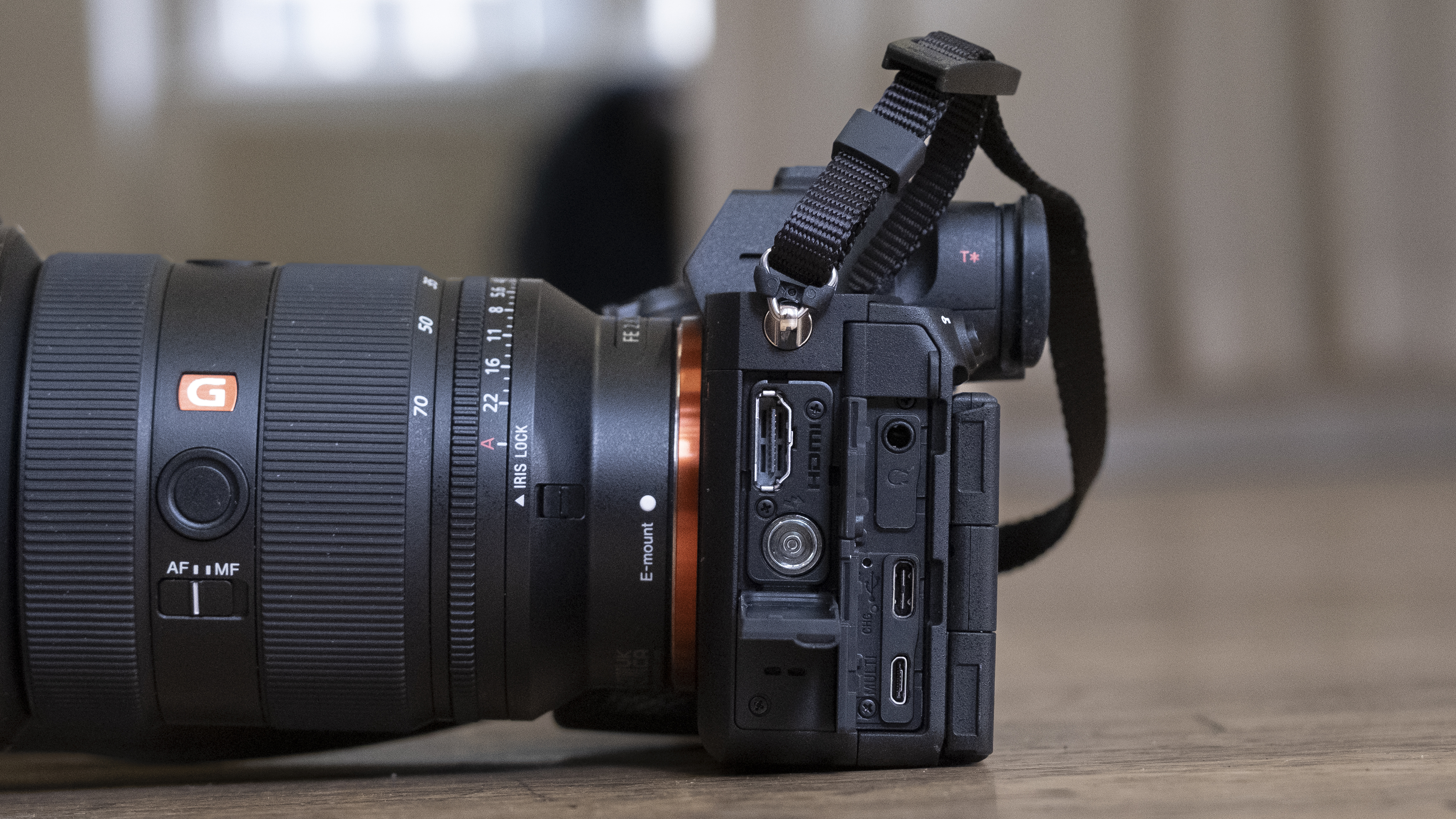
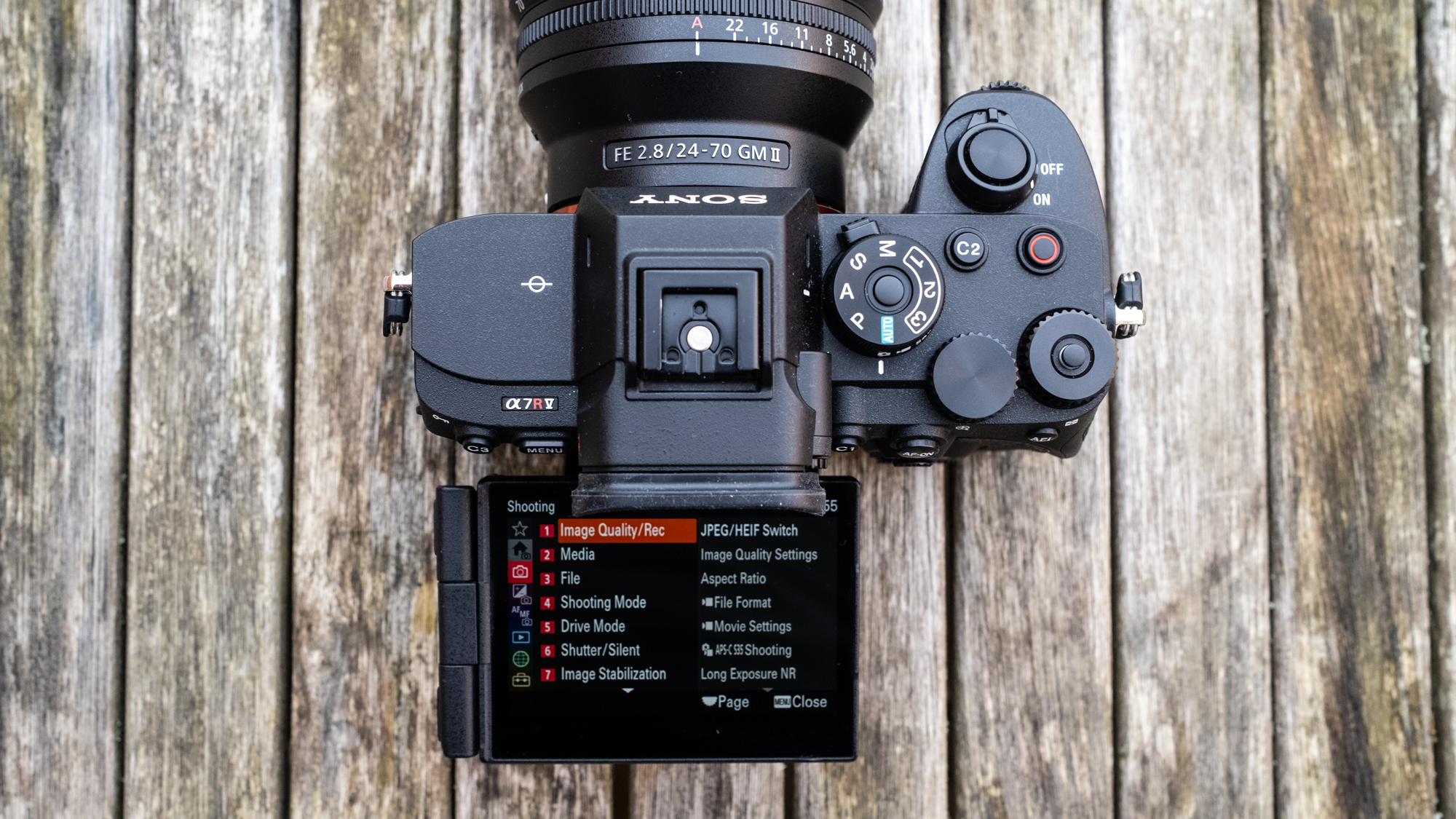
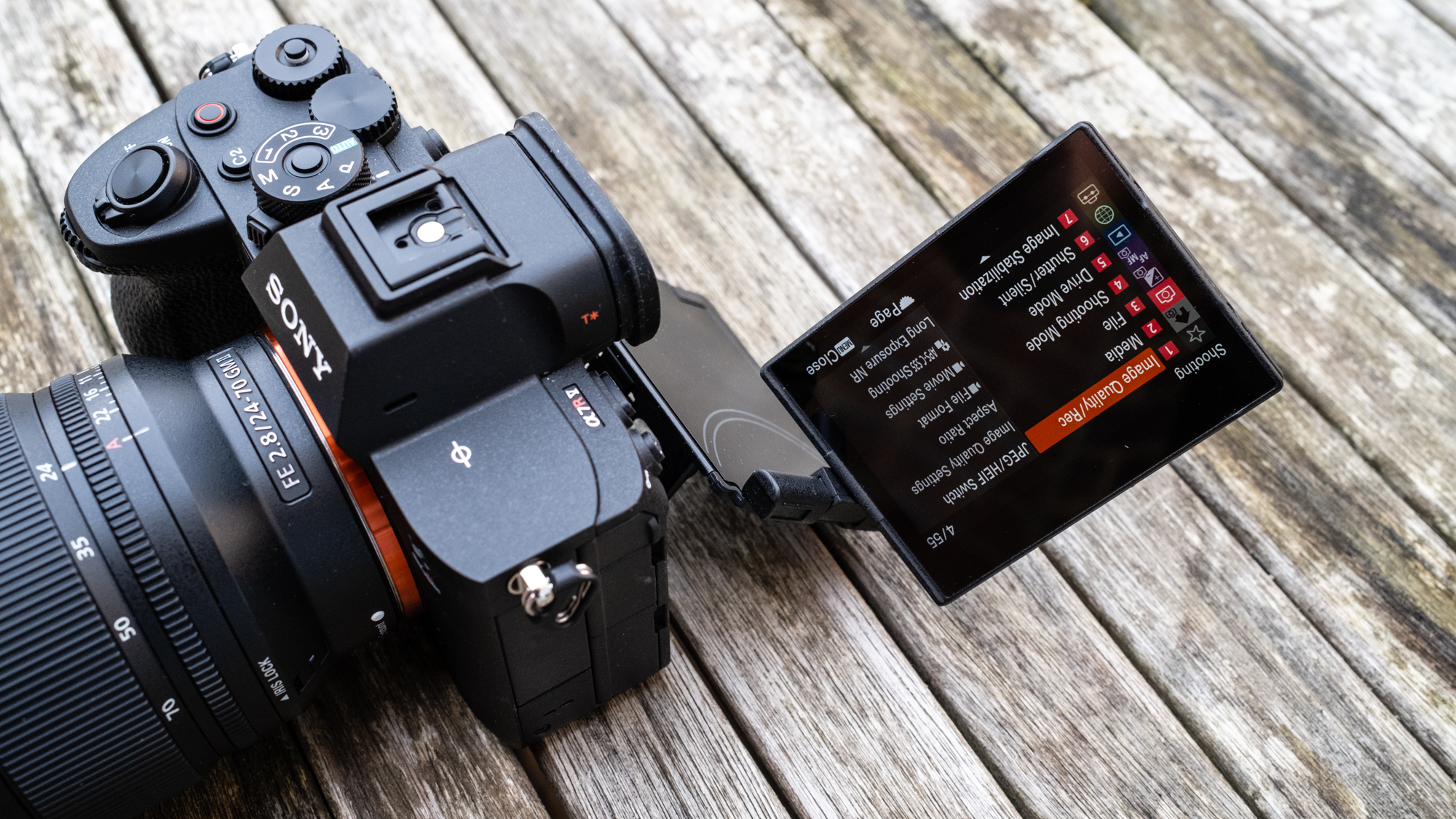
Specifications
Reasons to buy
Reasons to avoid
Sony A7R V sample images
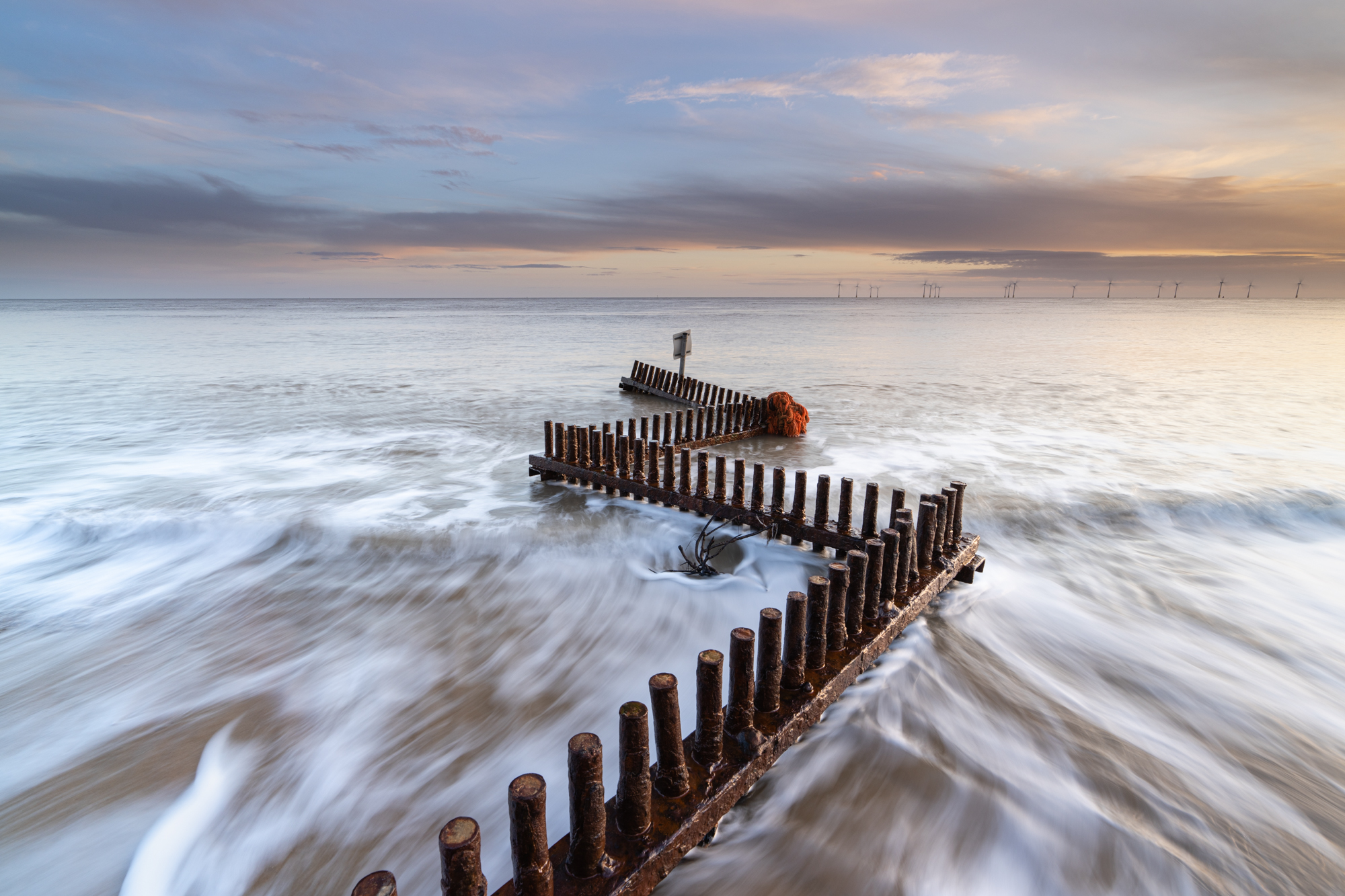
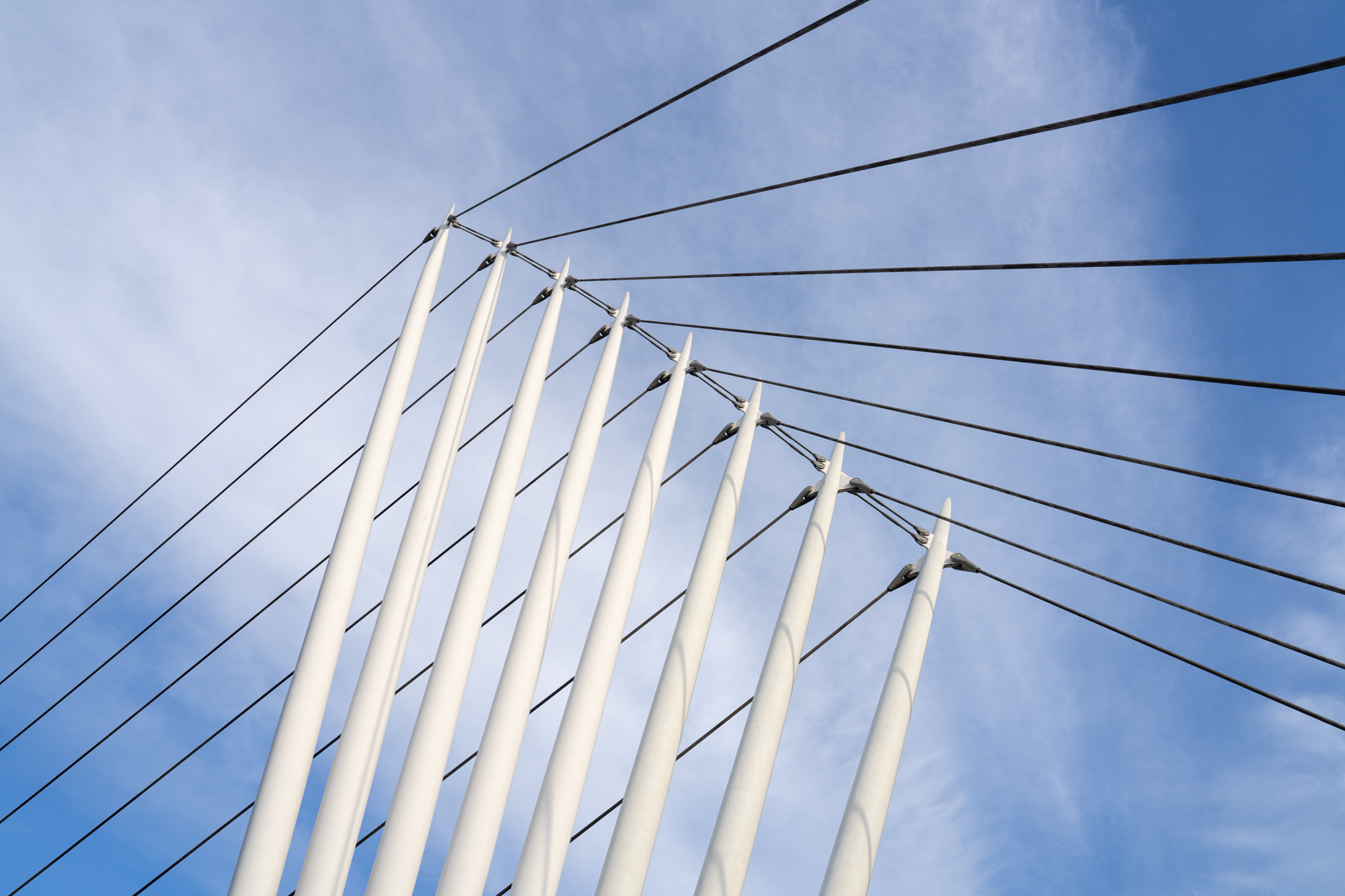
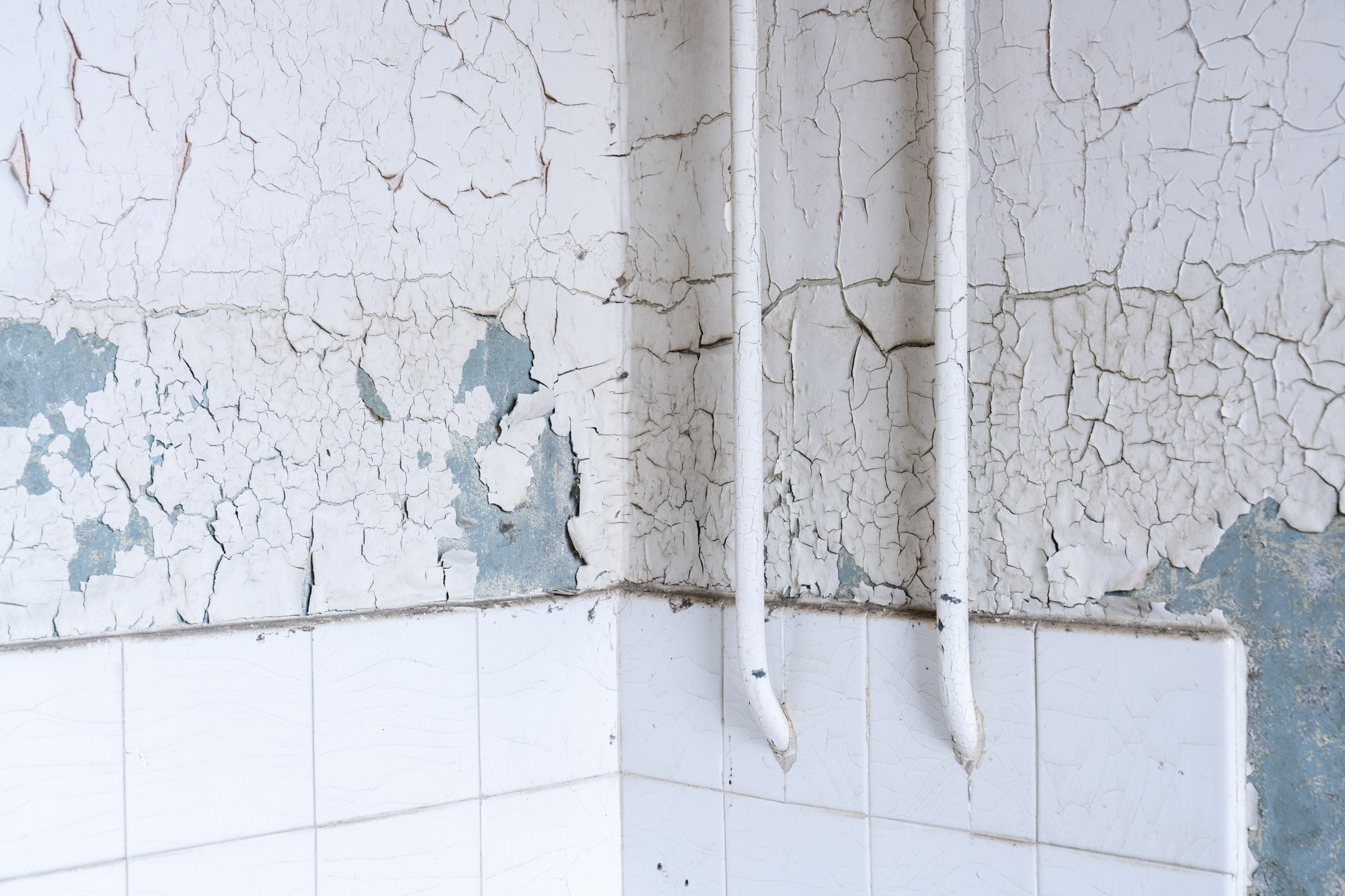
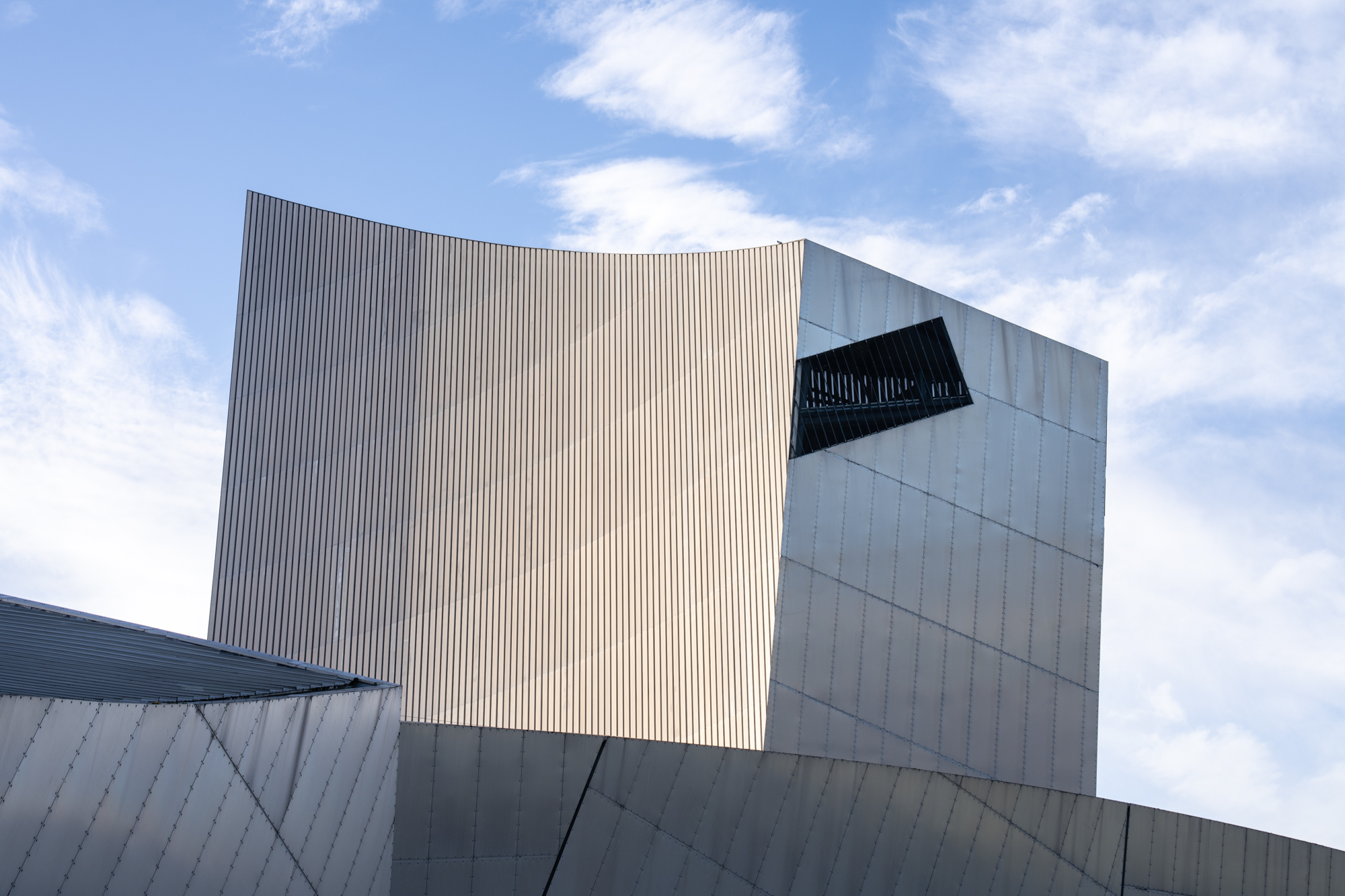
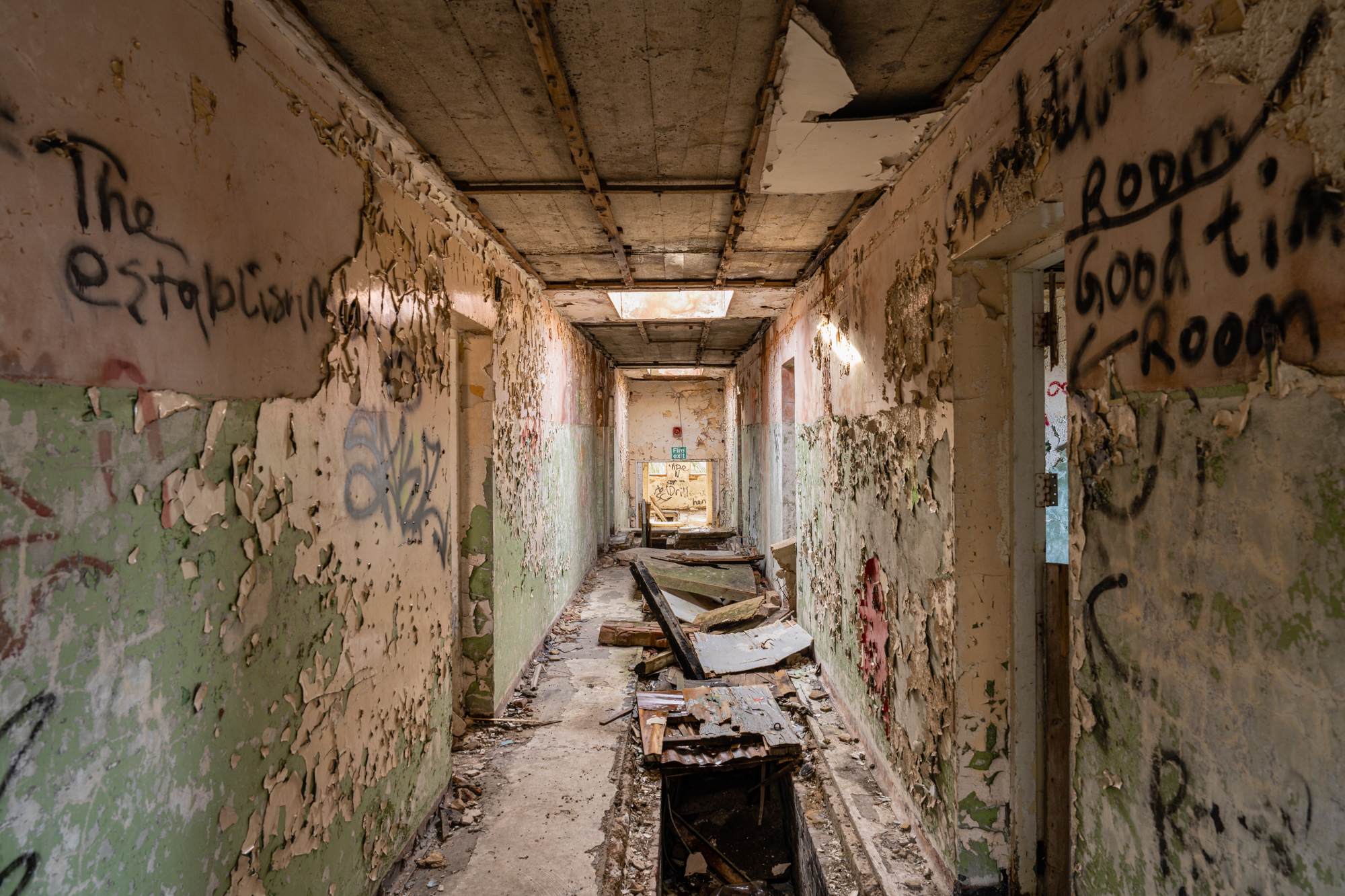
✅ You shoot low-light a lot: With usable results up to ISO 25,600 it's amazing what this camera is capable of.
✅ You need high resolution: The 61MP sensor produces some of the highest resolution and most detailed images from any camera.
❌ You don't have Sony's lenses: The higher resolution sensor means you must have Sony's best G and GM range lenses.
❌ You need 8K slow-mo: Slow-mo is only offered at 4K at 60fps. A different camera will be needed for super slow-mo.
If pixels are paramount, the Sony A7R V should rank highly on your shortlist. The 61MP resolution of its full-frame sensor remains peerless among full-frame mirrorless cameras. Combined with an upgraded Bionz XR processing engine and high-end optics, we found that it can capture vast amounts of detail for cropping flexibility. That's true whether you’re shooting landscapes or studio portraits. It’s happy going handheld as well, with up to eight stops of image stabilization at its disposal. Video is no less impressive: while the A7S III is a better choice for dedicated videographers, the A7R V can comfortably record pro-grade footage.
AF improvements make it more than just a numbers game, with AI-assisted subject recognition reliably outsmarting standard face- and eye-detection in our tests. It also borrows a 9.44-million dot EVF from the A7S III, while the 3.2-inch touchscreen is a fully articulating affair for framing versatility. Burst speeds are better elsewhere, but the main consideration is whether you’re willing to upgrade your glass: the A7R V’s capabilities are only fully realised when it’s paired with top-spec lenses.
Read more: Sony A7R V review
The best professional camera for speed
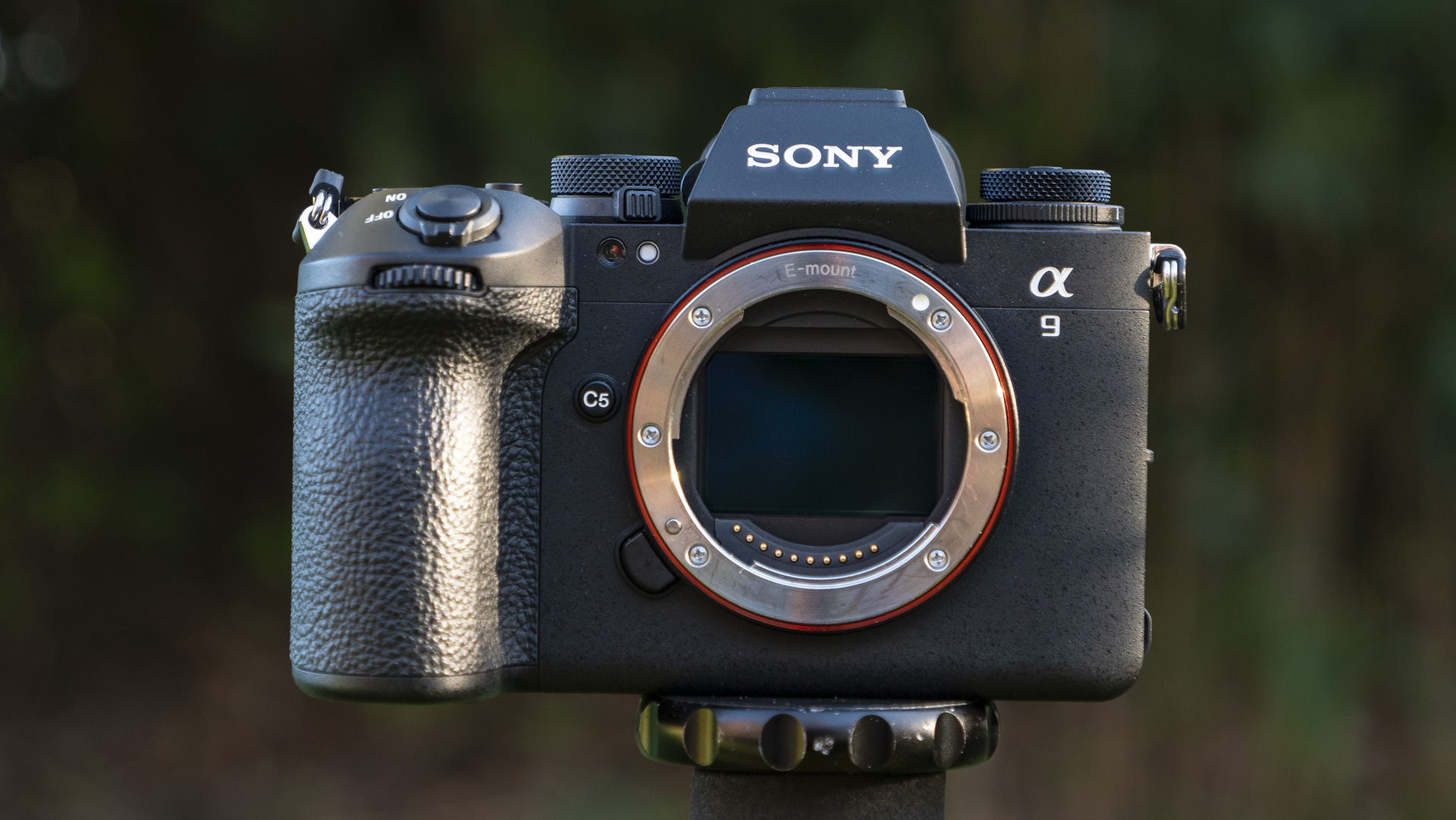

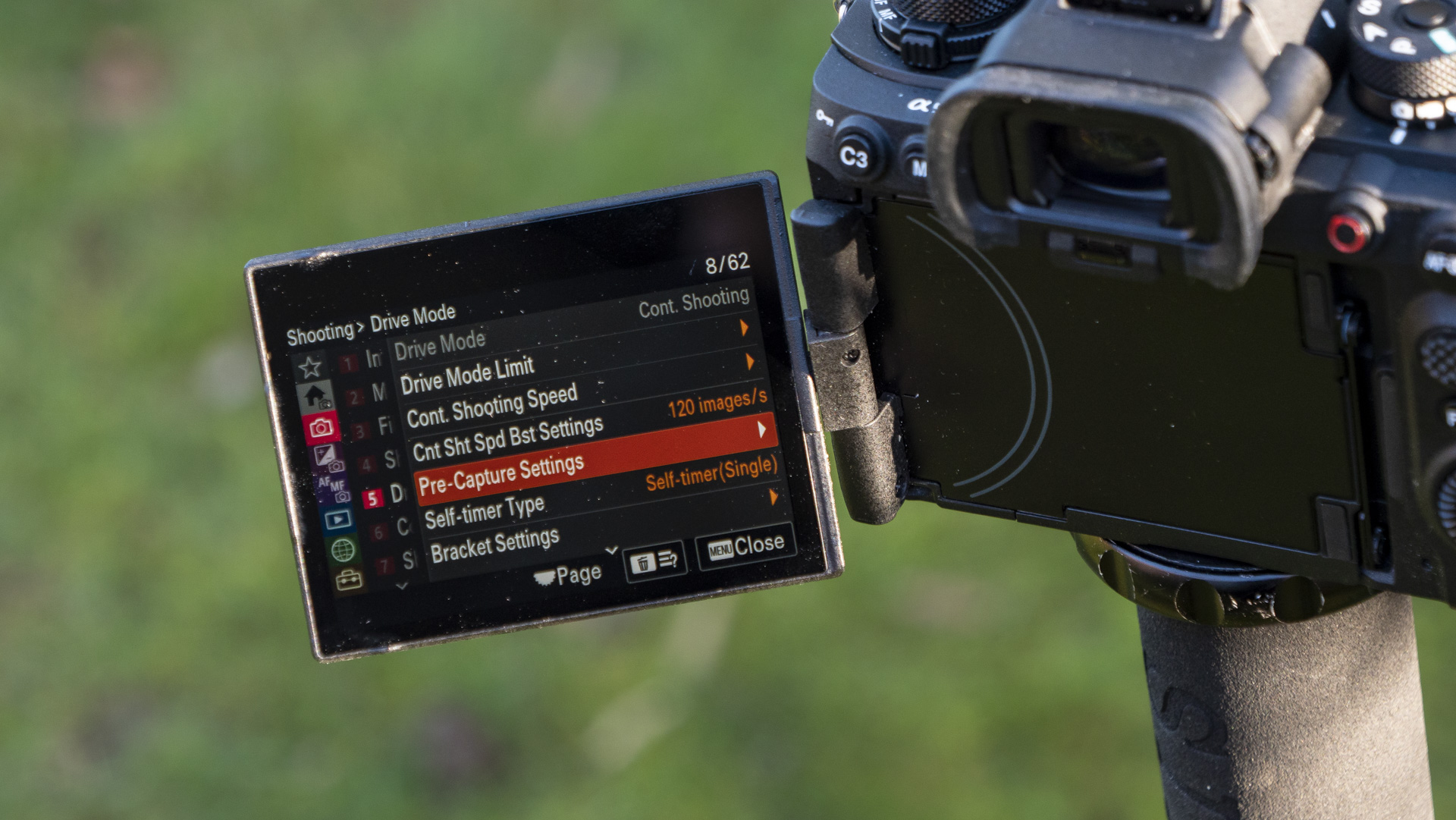
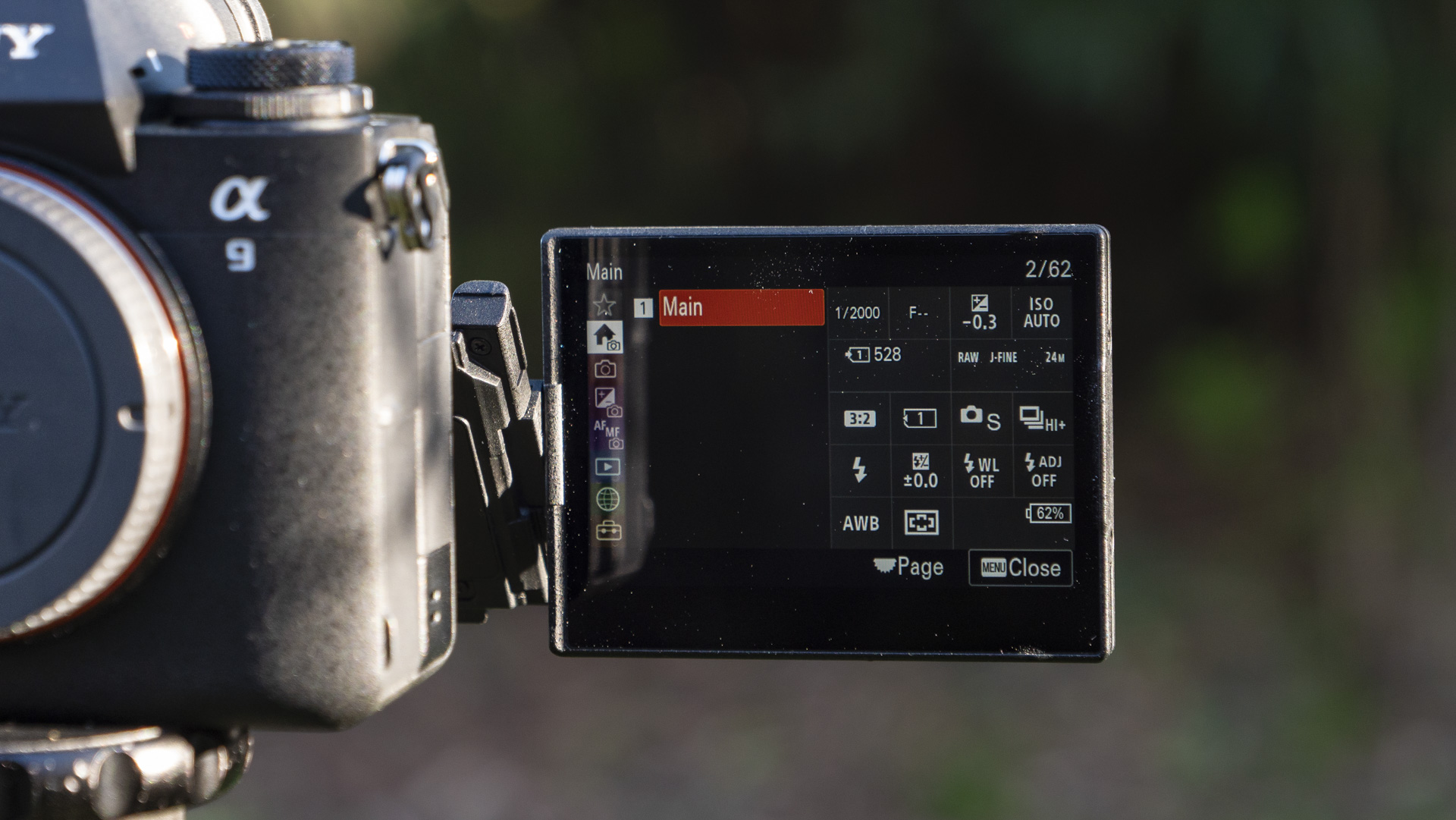
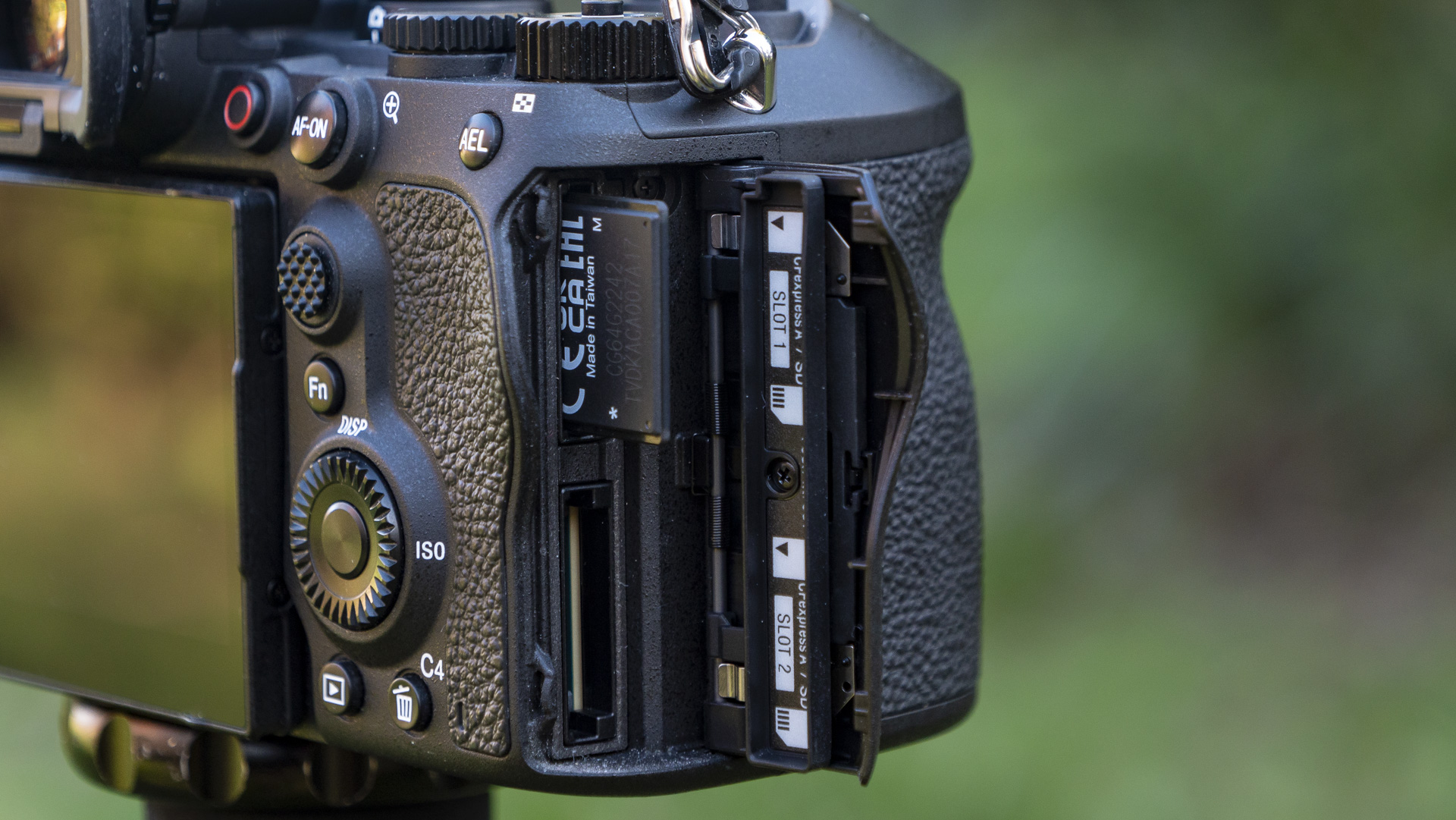
Specifications
Reasons to buy
Reasons to avoid
Sony A9 III sample images
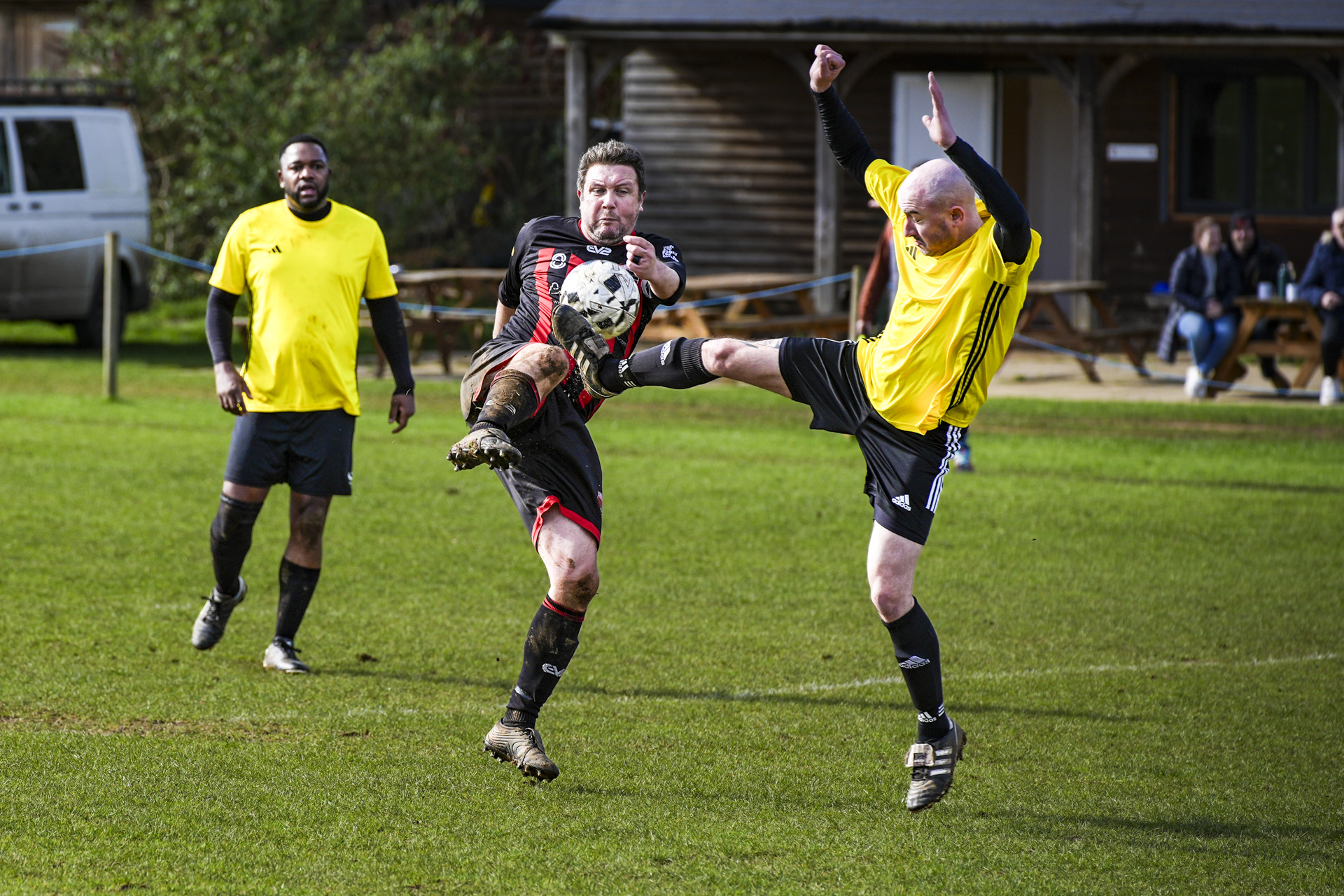
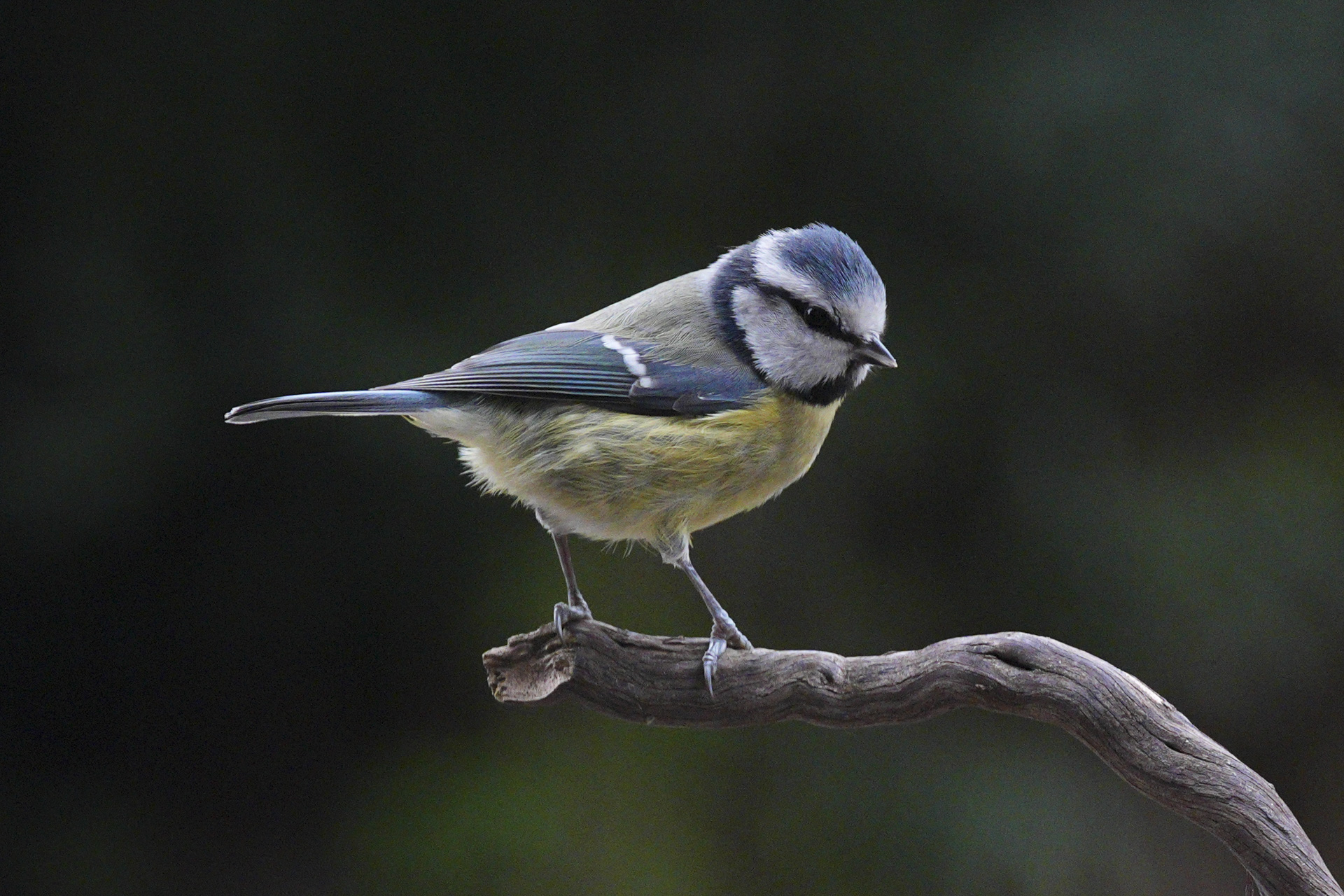
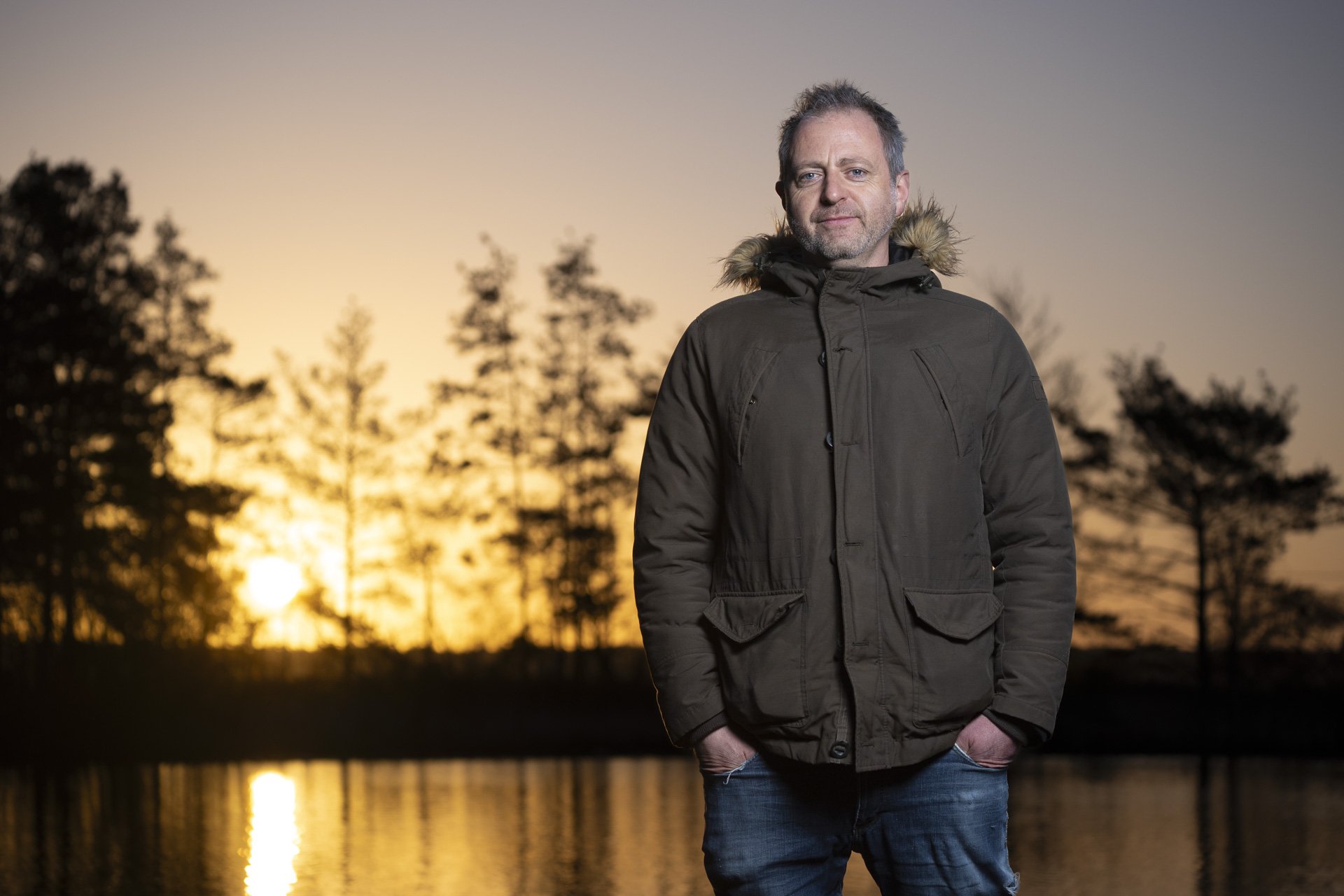
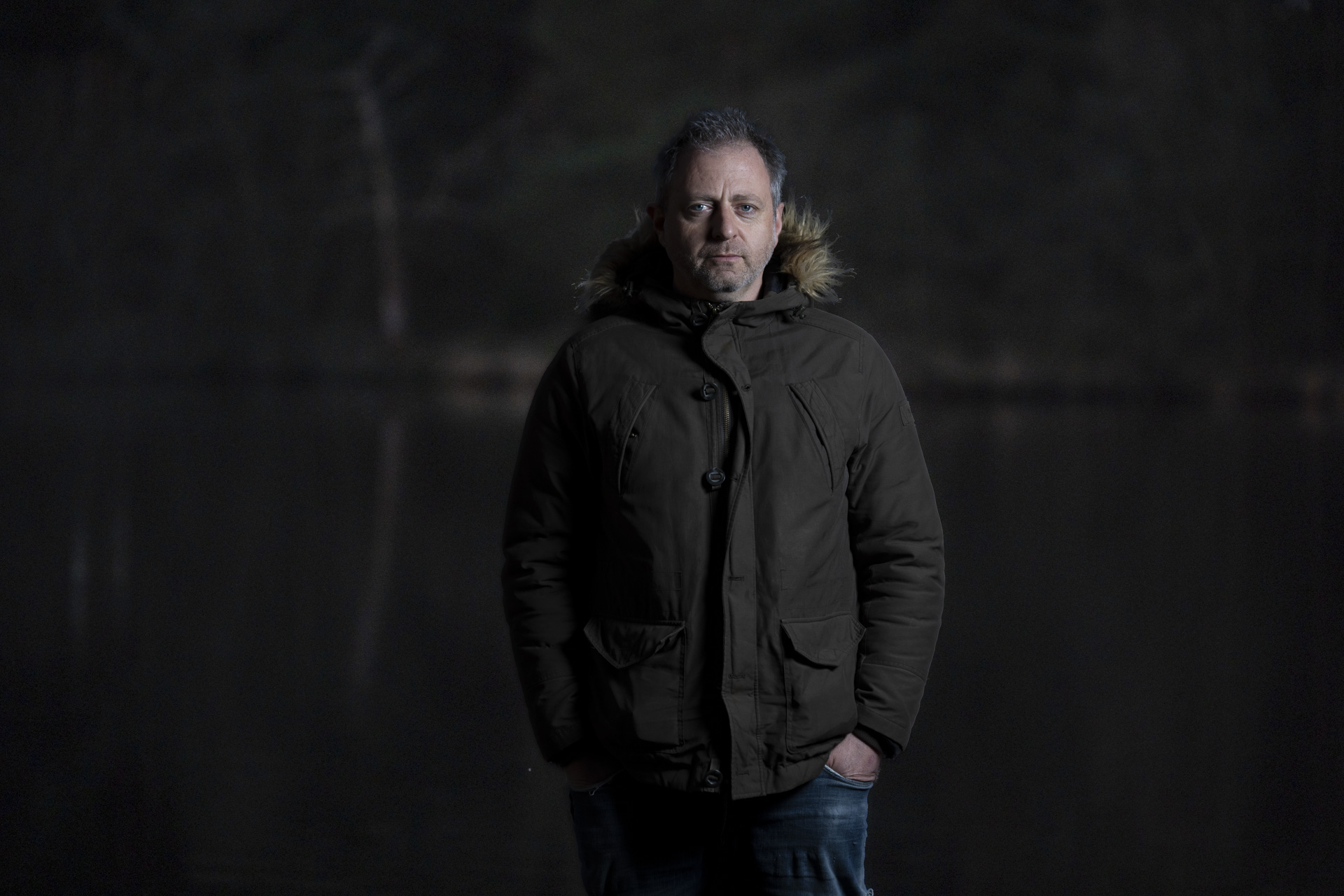
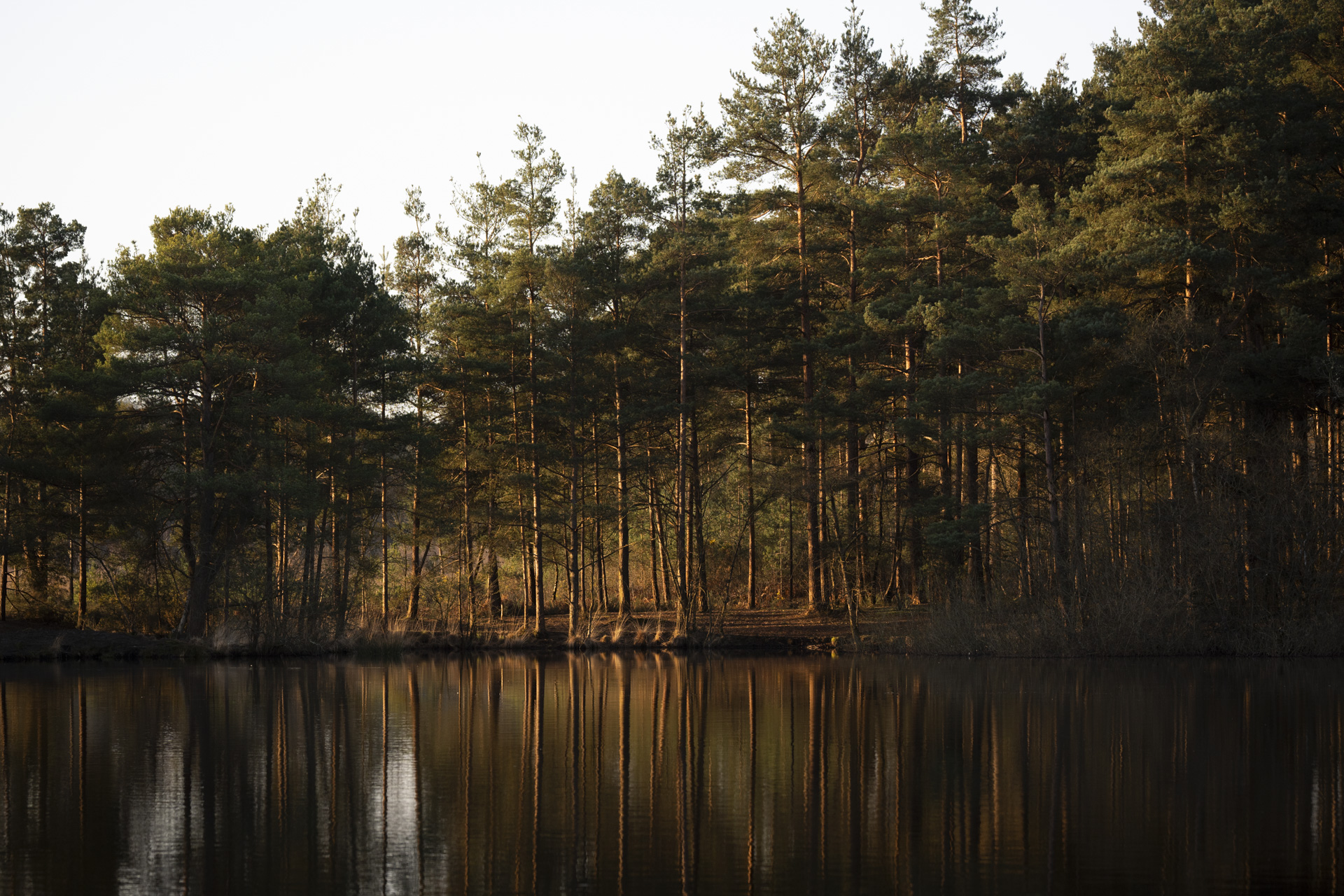
✅ You do fast moving shoots: With 120fps burst shooting and 1 second pre-capture, you'll never miss an important shot.
✅ You shoot in tough conditions: The A9 III is built to withstand a range of weather conditions.
❌ You want 8K video: The A9 III tops out at 4K which might be okay for most shoots but not all.
❌ You shoot in low-light: Global shutter results in noisier images as high ISO levels compared to rivals.
The standout feature of the Sony A9 III is its global shutter, which enables up to 120fps burst shooting – a game-changer for sports and wildlife photographers. This industry-leading technology makes it possible to capture an incredible number of photos every second, guaranteeing you'll get the shot you need. It's only slightly let down by the use of CFexpress Type A cards, which can result in the buffer taking some time to clear before regaining peak performance, by which point the action being captured might have finished.
The AI powered Bionz XR processor provides unbelievably good autofocus and industry-leading subject-tracking AF. Again, essential features when capturing fast moving subjects. The 24 MP photo and 4K video resolution won't be enough for everyone, but if they are sufficient for your needs, then you'll be guaranteed the fastest camera around.
Read more: Sony A9 III review
The best professional camera for sports and wildlife
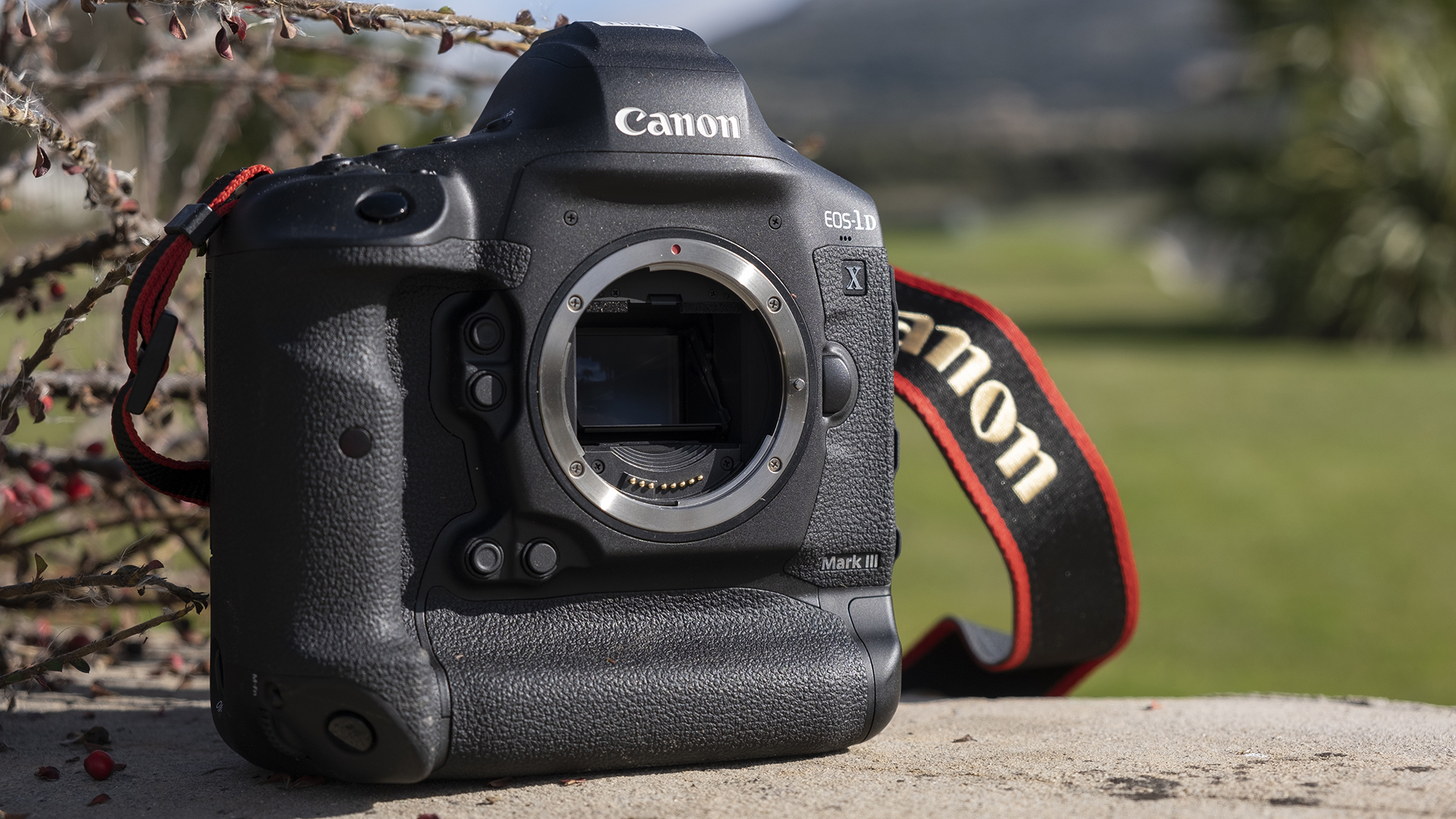
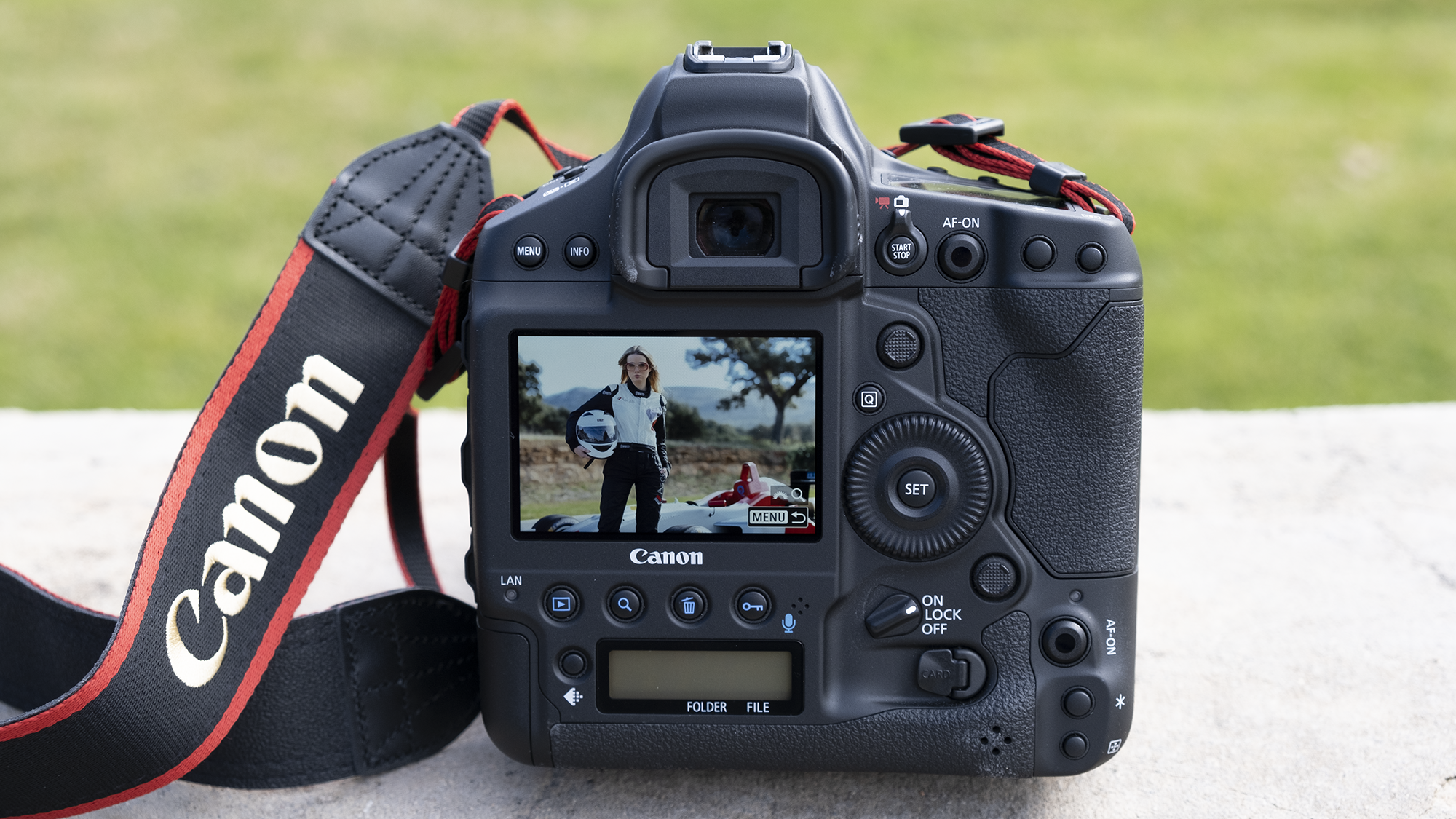
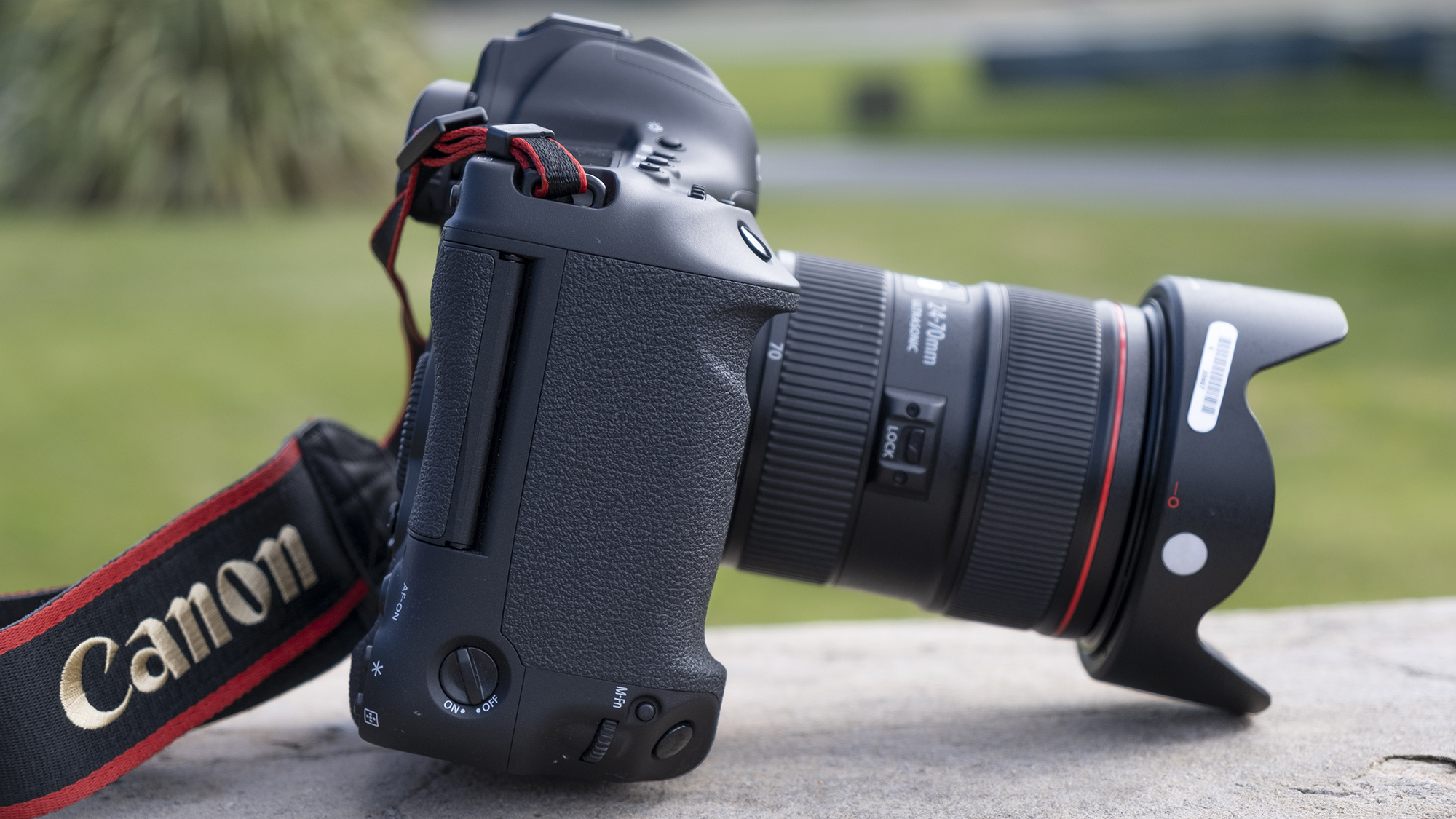
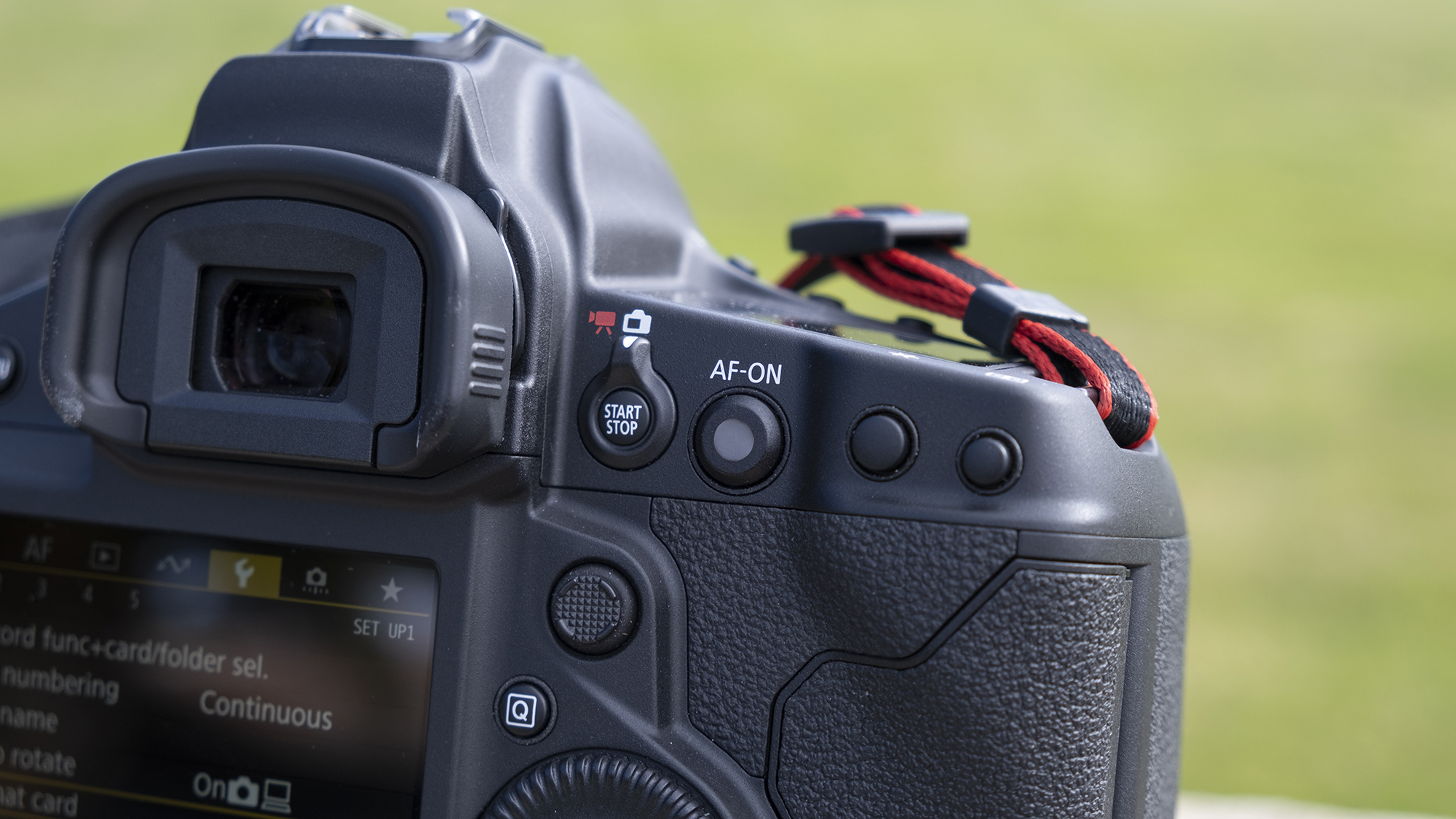
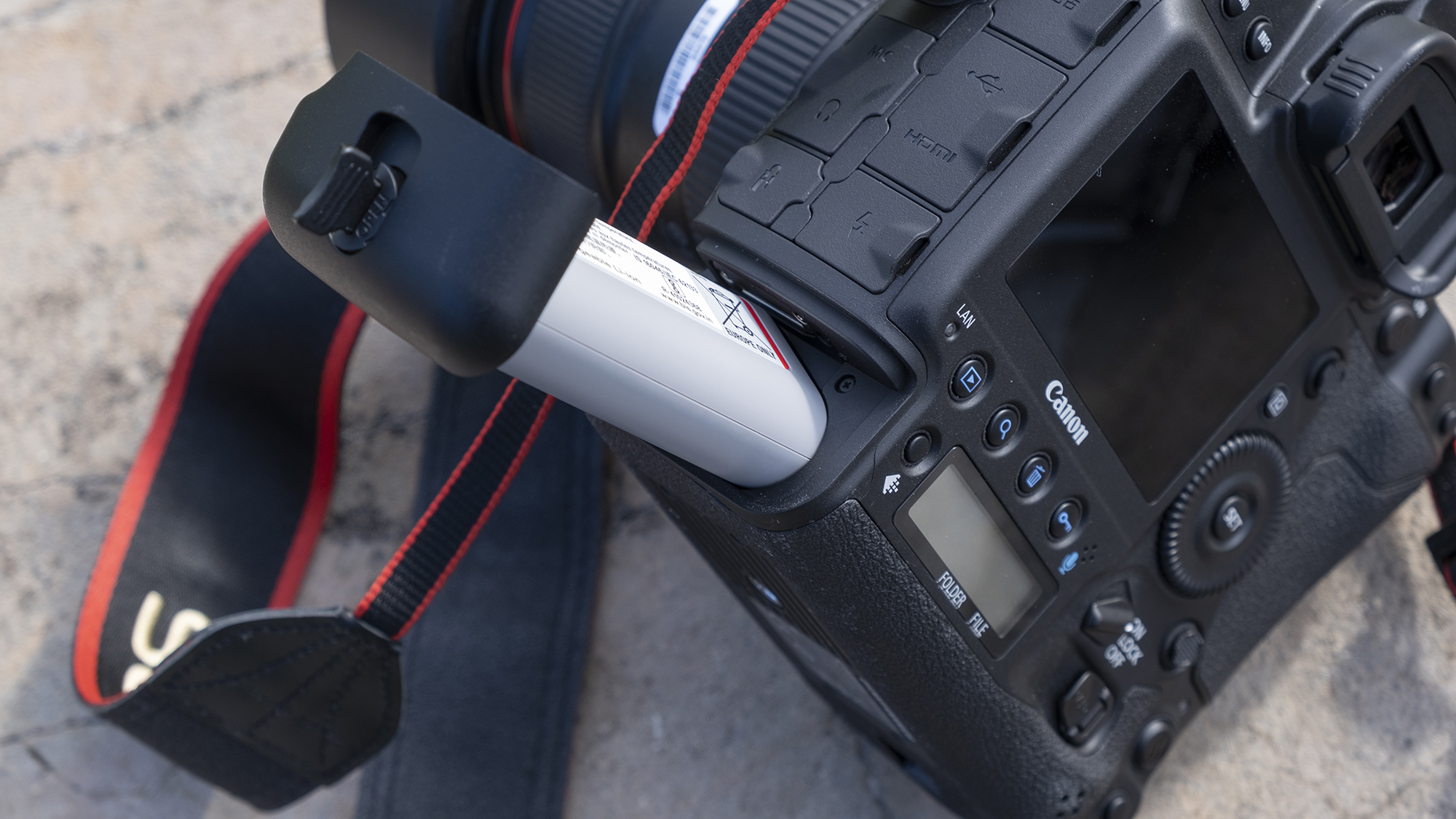
Specifications
Reasons to buy
Reasons to avoid
Canon EOS 1D X Mark III sample images
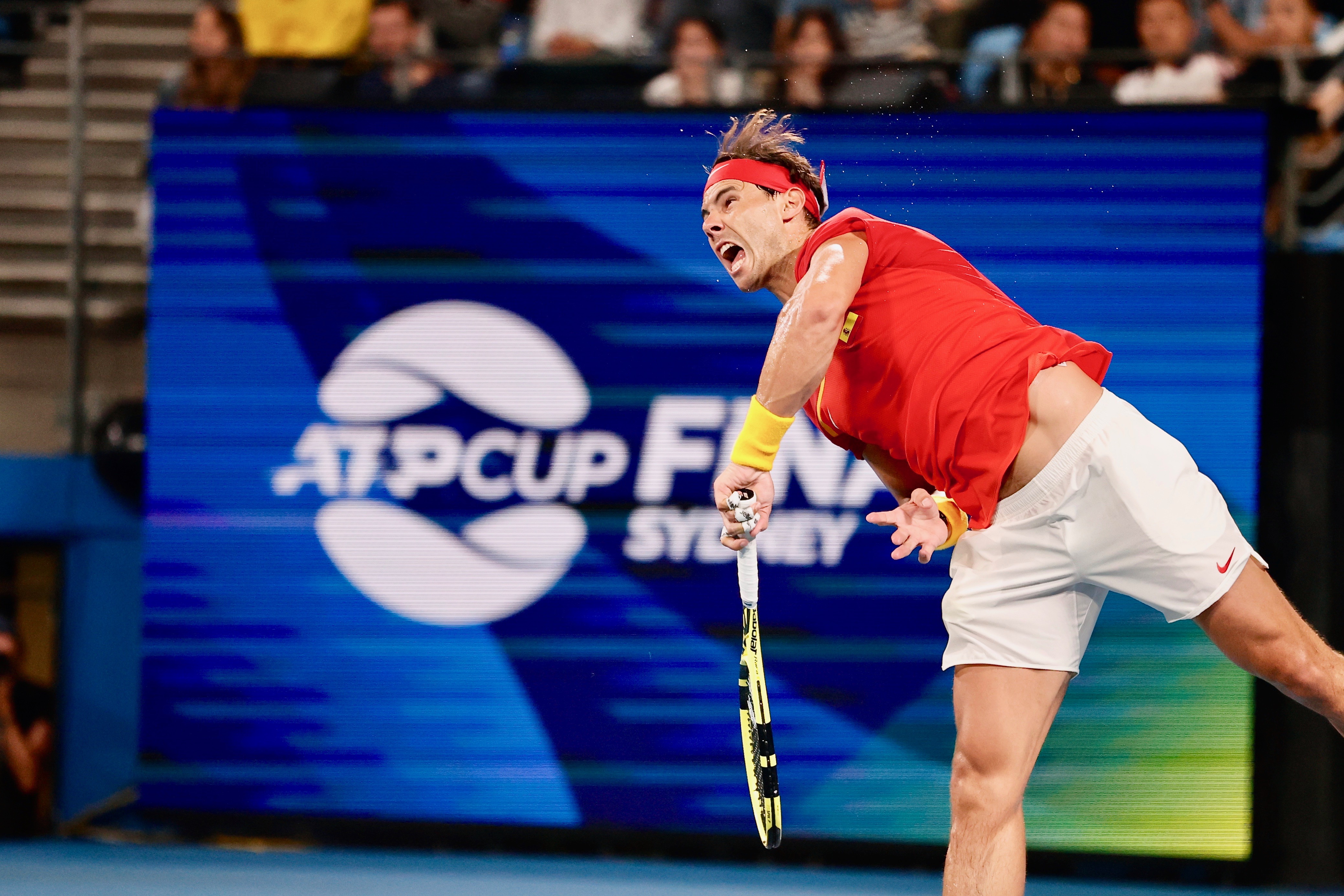

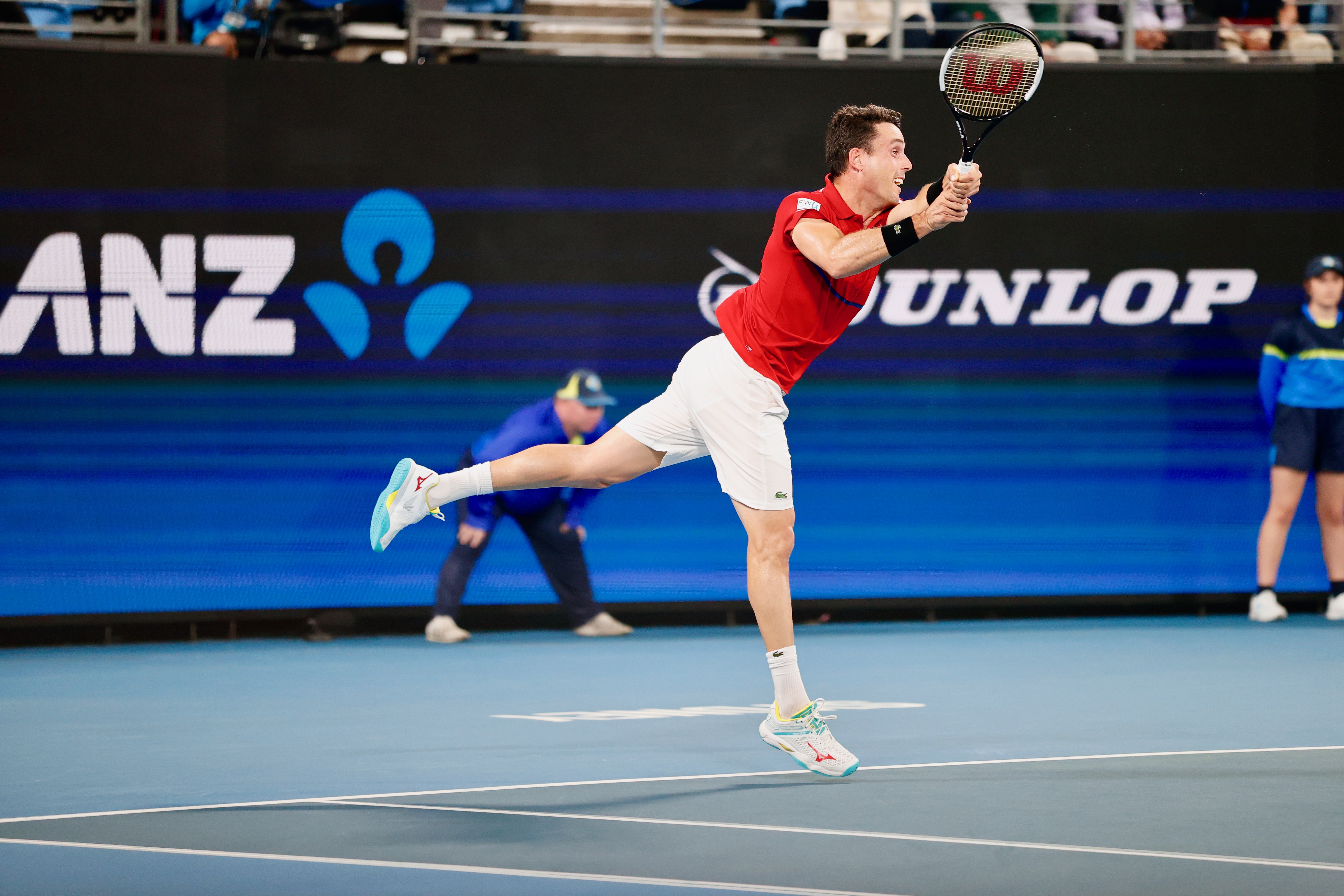

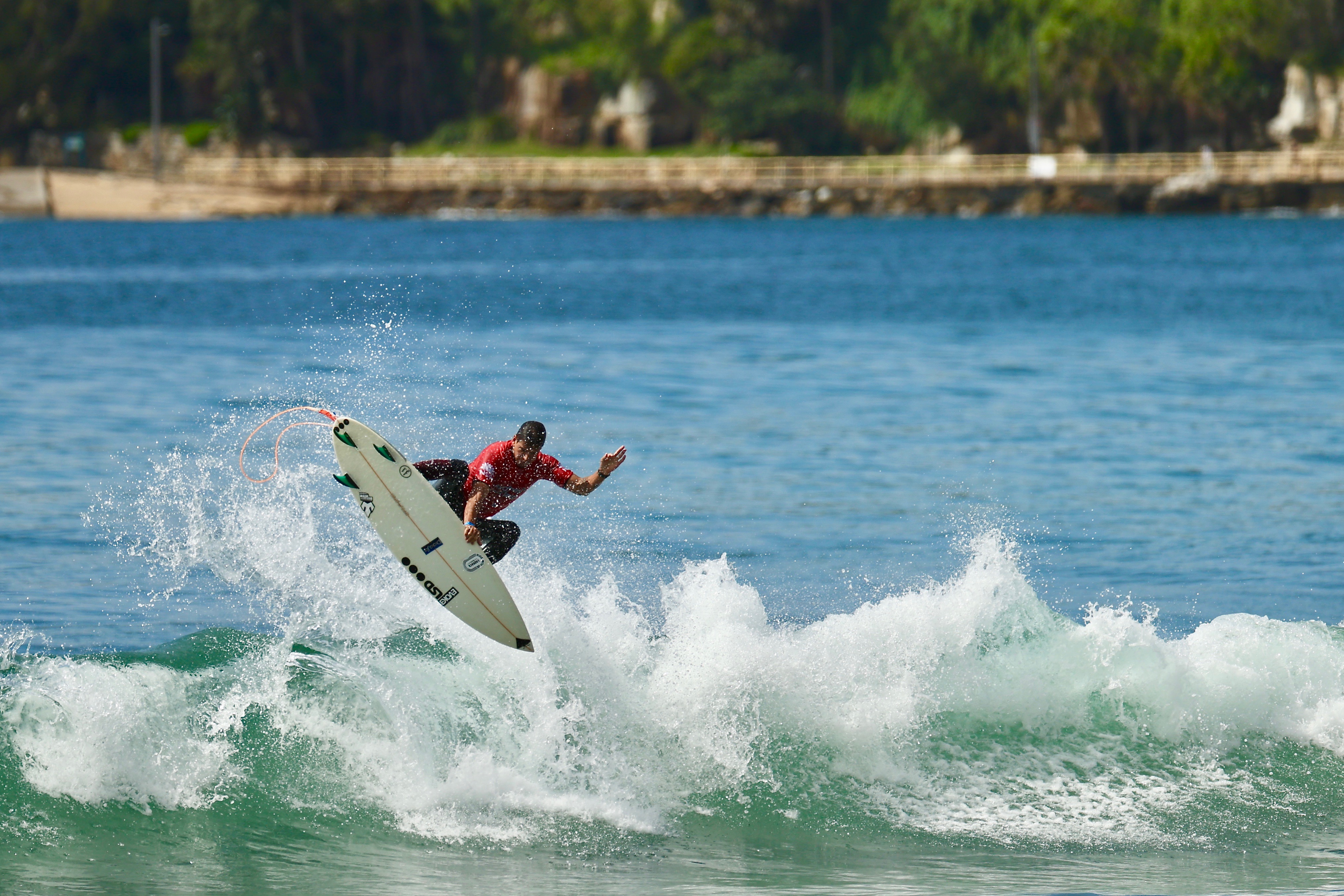
✅ You want quick autofocus: 'Deep learning' autofocus stays one step ahead to deliver fast results.
✅ You need a sturdy build: With size comes an incredibly well built and sturdy body that can handle tough conditions.
❌ You have a limited budget: There's no getting away from it, the 1D X Mark III is one of the priciest DSLRs around.
❌ You shoot in tight spots: With no tilting viewfinder you' might find yourself struggling to see what you're shooting.
The EOS 1D X III is Canon's flagship DSLR, a robust camera typically seen in the hands of professional photographers at big events. It's a substantial and rugged bit of kit, designed for speed and built to survive harsh conditions. You'll be able to rattle off 20.1MP still images at a rate of 16fps until the memory card fills up. There's no limit to the camera's performance for action, and it's backed up by a staggering battery life of nearly 3,000 shots (which in real use for continuous shooting is much higher, too). Subject-tracking autofocus performance is also simply jaw-dropping.
But this isn't just an action camera: the EOS 1D X III is a brilliant video tool too, with 5.5K RAW 10-bit video up to 60fps. You will need to save up for a handful of expensive CFexpress cards, though, because those video files are huge. Unlike other competing DSLRs, we found that Canon's Dual Pixel AF works exceptionally well in Live View, where you virtually get equal AF performance as when you're using the bright optical viewfinder. The only real downside is that there has been a price hike in this third 1D X instalment.
Read more: Canon EOS 1D X Mark III review
The best professional camera for most pros

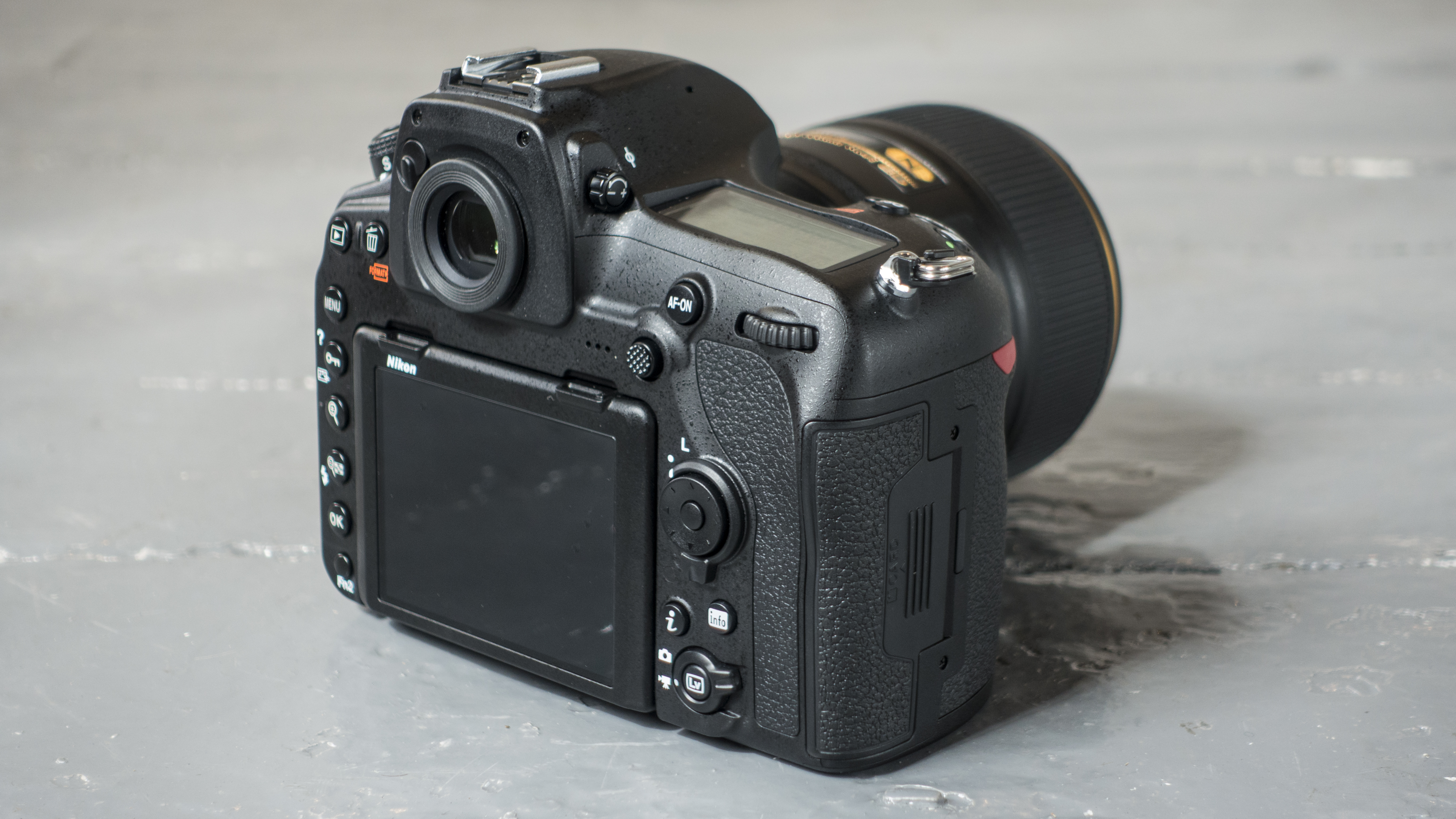
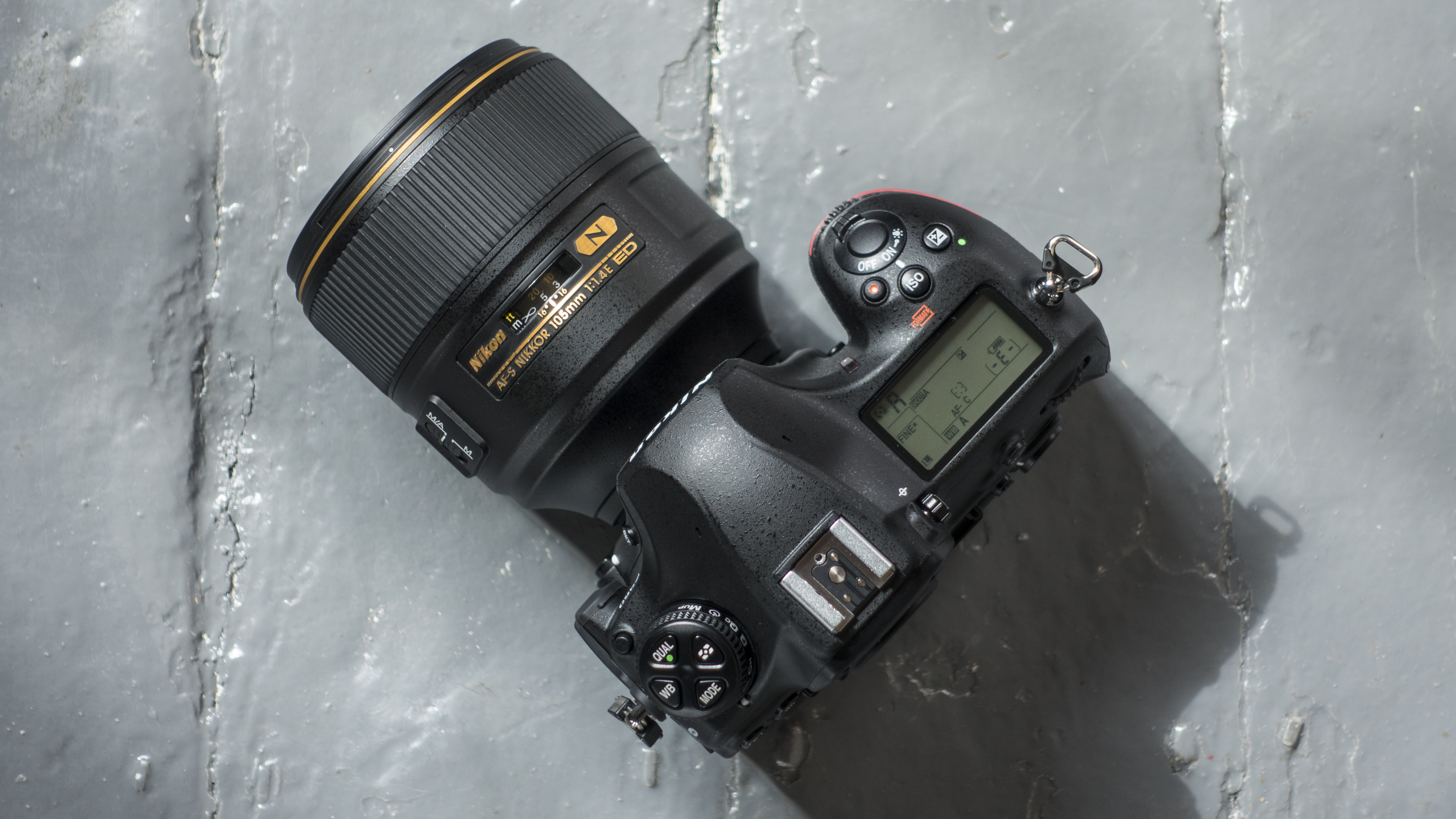
Specifications
Reasons to buy
Reasons to avoid
Nikon D850 sample images
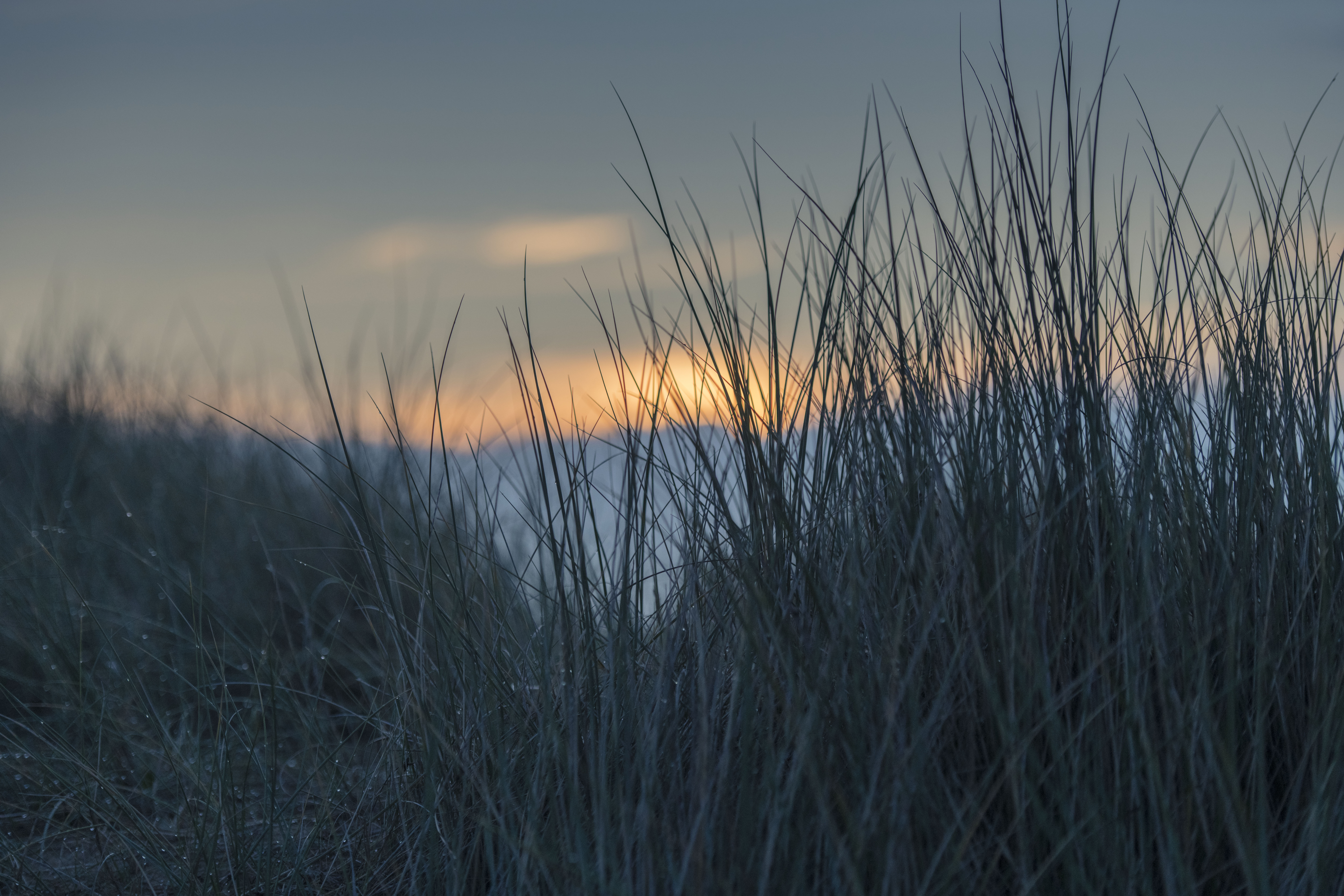
Click here to see the full-size image

Click here to see the full-size image
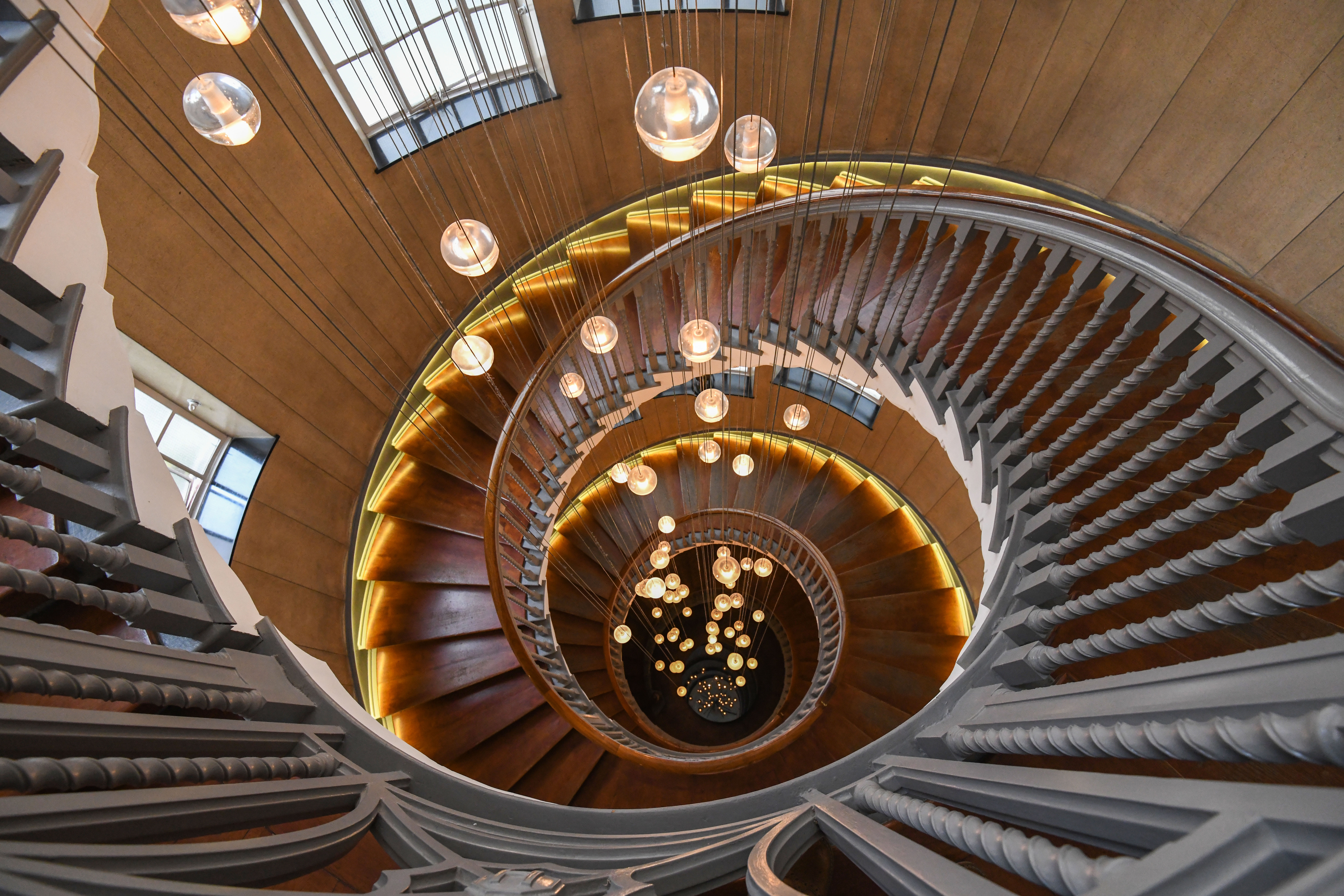
Click here to see the full-size image
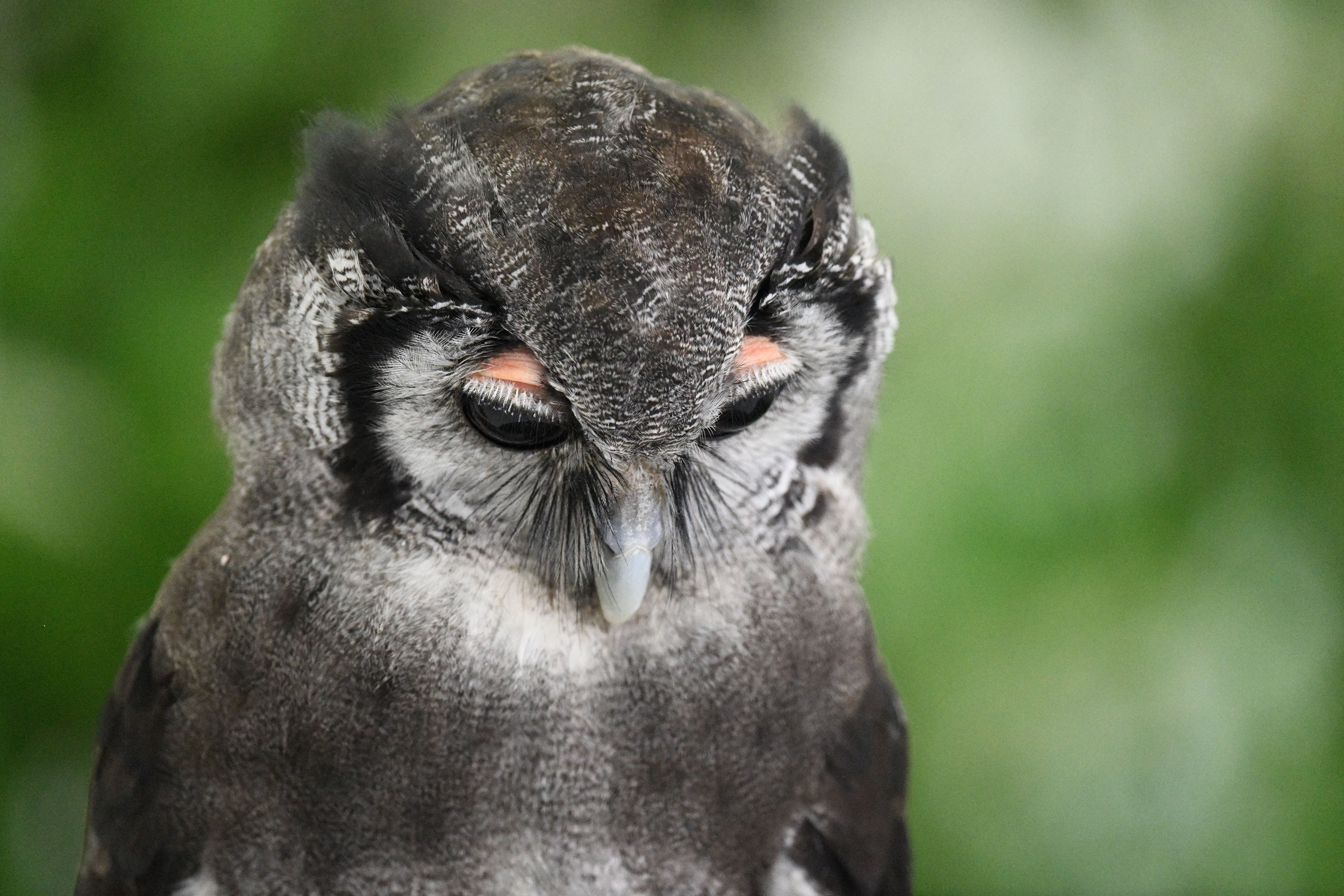
Click here for the full-size image
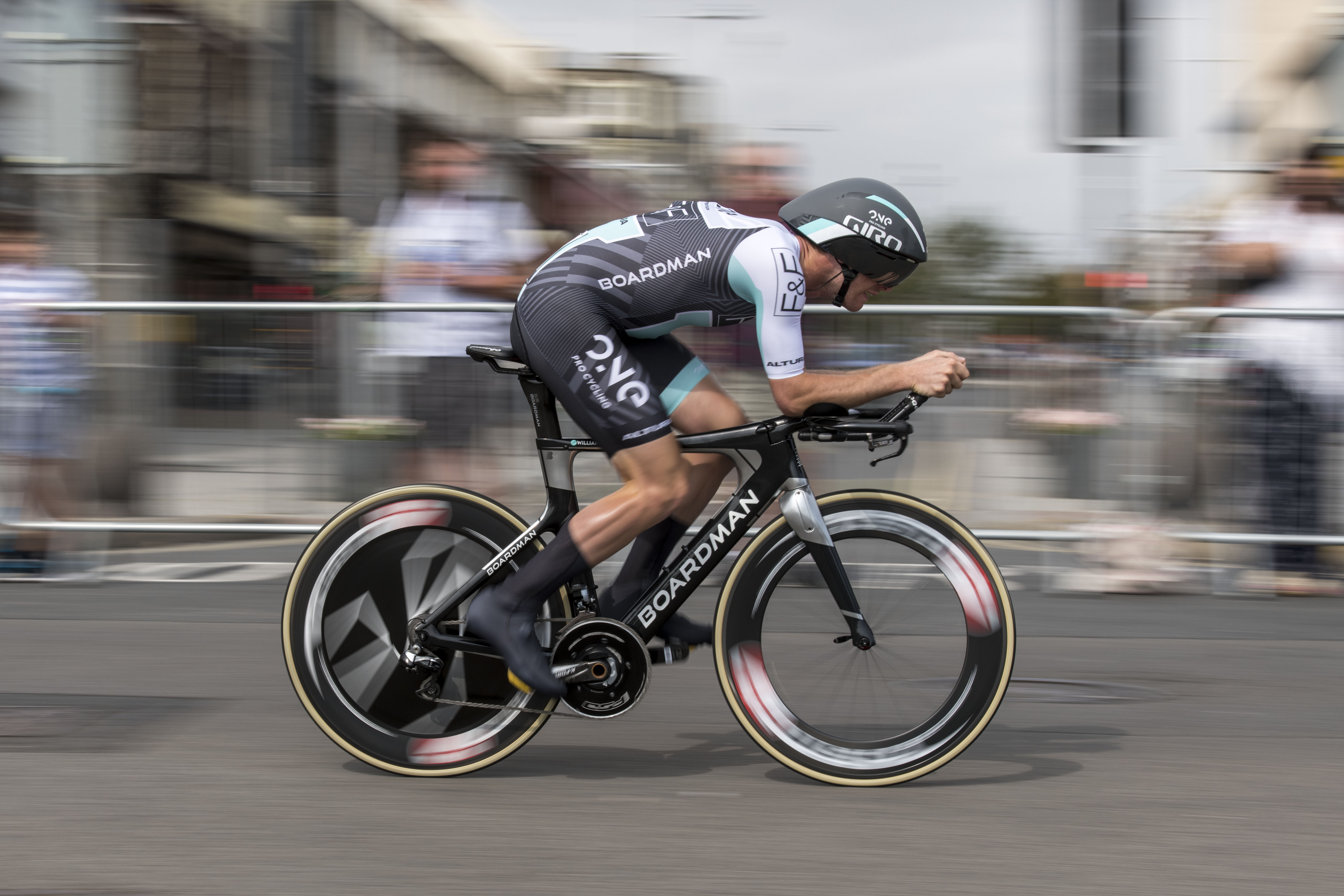
Click here to see the full-size image
✅ You need unbeatable battery life: With the ability to shoot 1,840 images per charge this camera won't let you down.
✅ You shoot in bright light: The large and bright viewfinder helps you see what you're shooting on sunny days.
❌ You use live view focusing: The D850's speed in this area leaves a lot to be desired and makes it hard to rely on.
❌ You rely on wireless image transfer: SnapBridge makes it possible to do this but it is annoyingly slow at times.
If you're a DSLR fan who can't quite bring yourself to buy a mirrorless camera just yet, the Nikon D850 would be our pick. Armed with a 45.4MP sensor and class-leading image quality at its base ISO 64, the D850 is particularly suitable for landscape photography. You'll also enjoy the proven autofocus system borrowed from the action-focused Nikon D5, which will happily handle more demanding scenarios such as weddings and even action photography, too.
Build wise, we found the D850 to be practically bomb-proof. It also benefits from comprehensive weather-sealing, a significant battery life and a large, bright optical viewfinder. This is a camera that you can simply rely on. When you consider the system as a whole, DSLR tech is a lot cheaper than mirrorless rivals too, with like-for-like lenses typically two thirds of the price. The clear drawback to a Nikon DSLR compared to mirrorless rivals is video performance. While you can still shoot lovely 4K videos, Live View autofocus is sluggish at best and there's no in-body stabilization. This isn't a true action camera either, with a 7fps continuous shooting limited to sequences of around 50 shots.
Read more: Nikon D850 review
The best professional camera for video
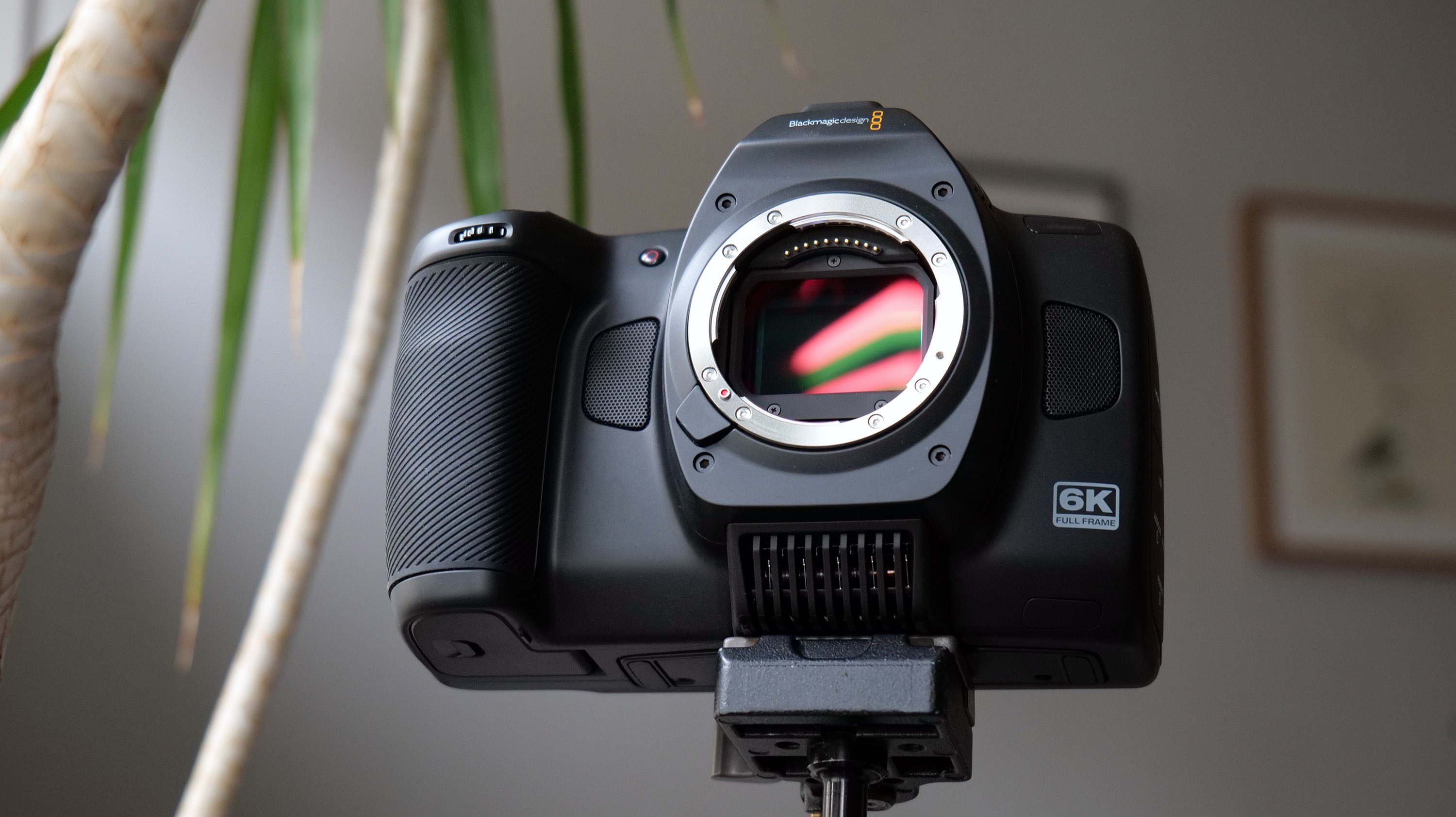
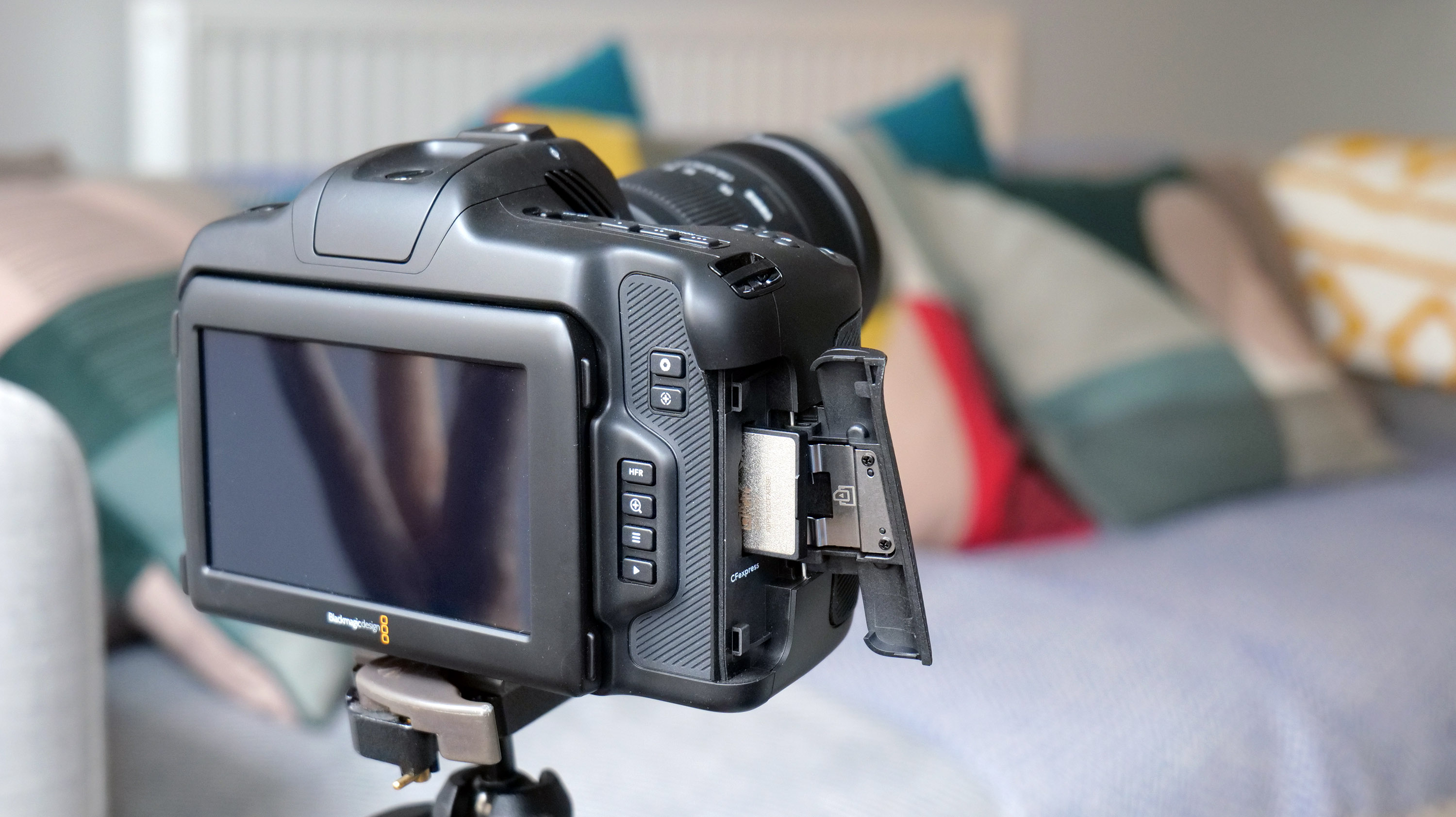
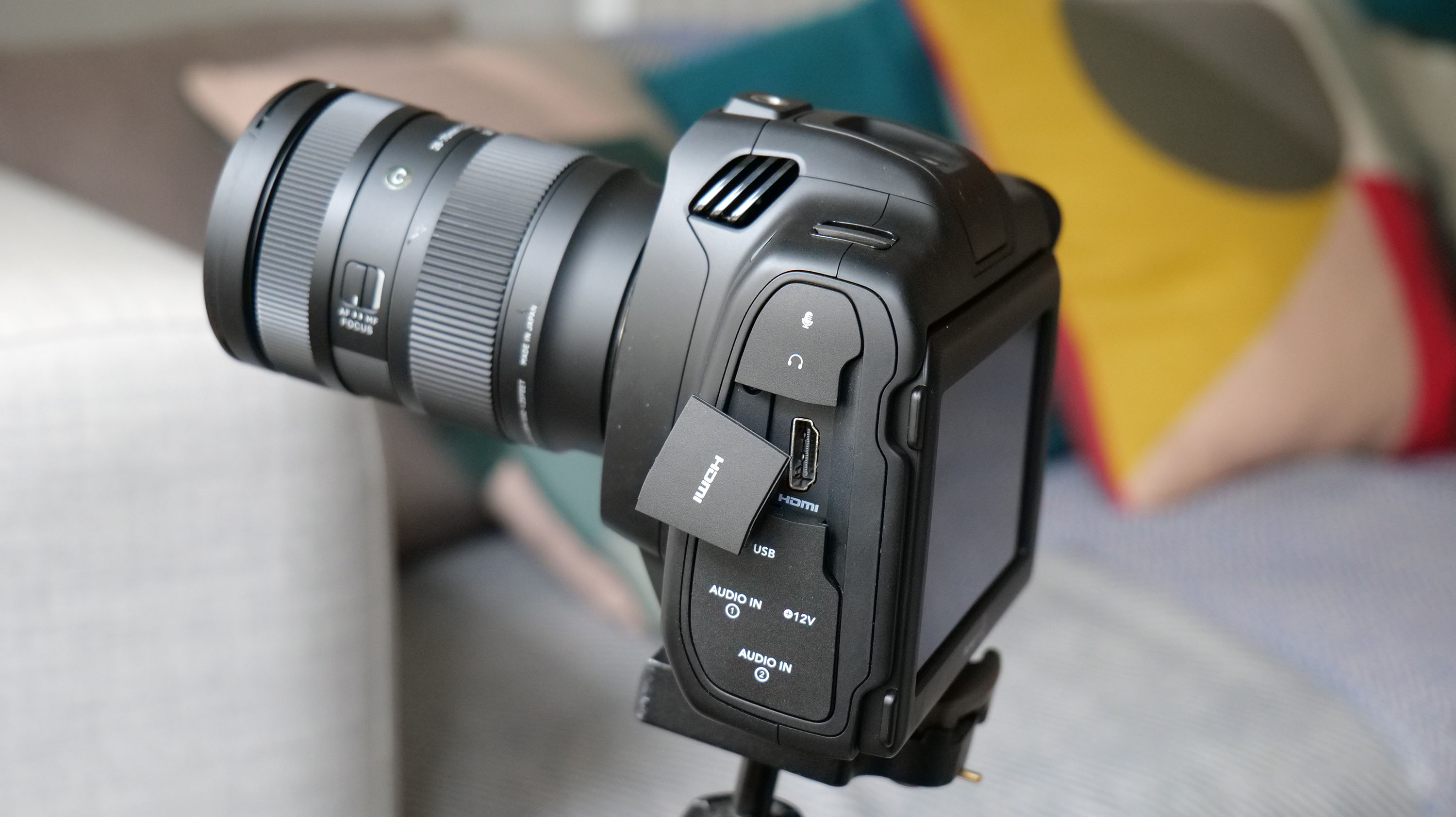
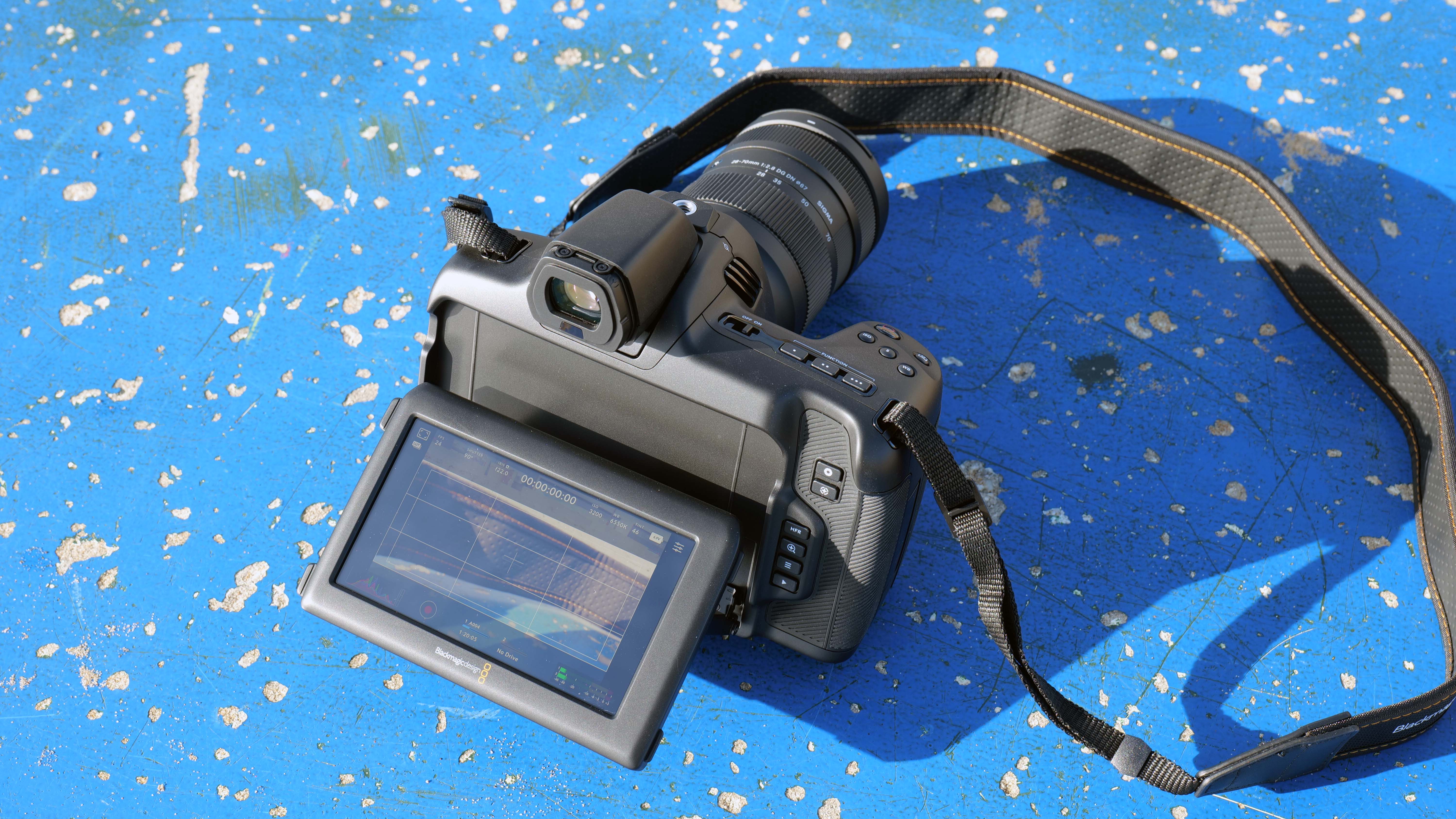
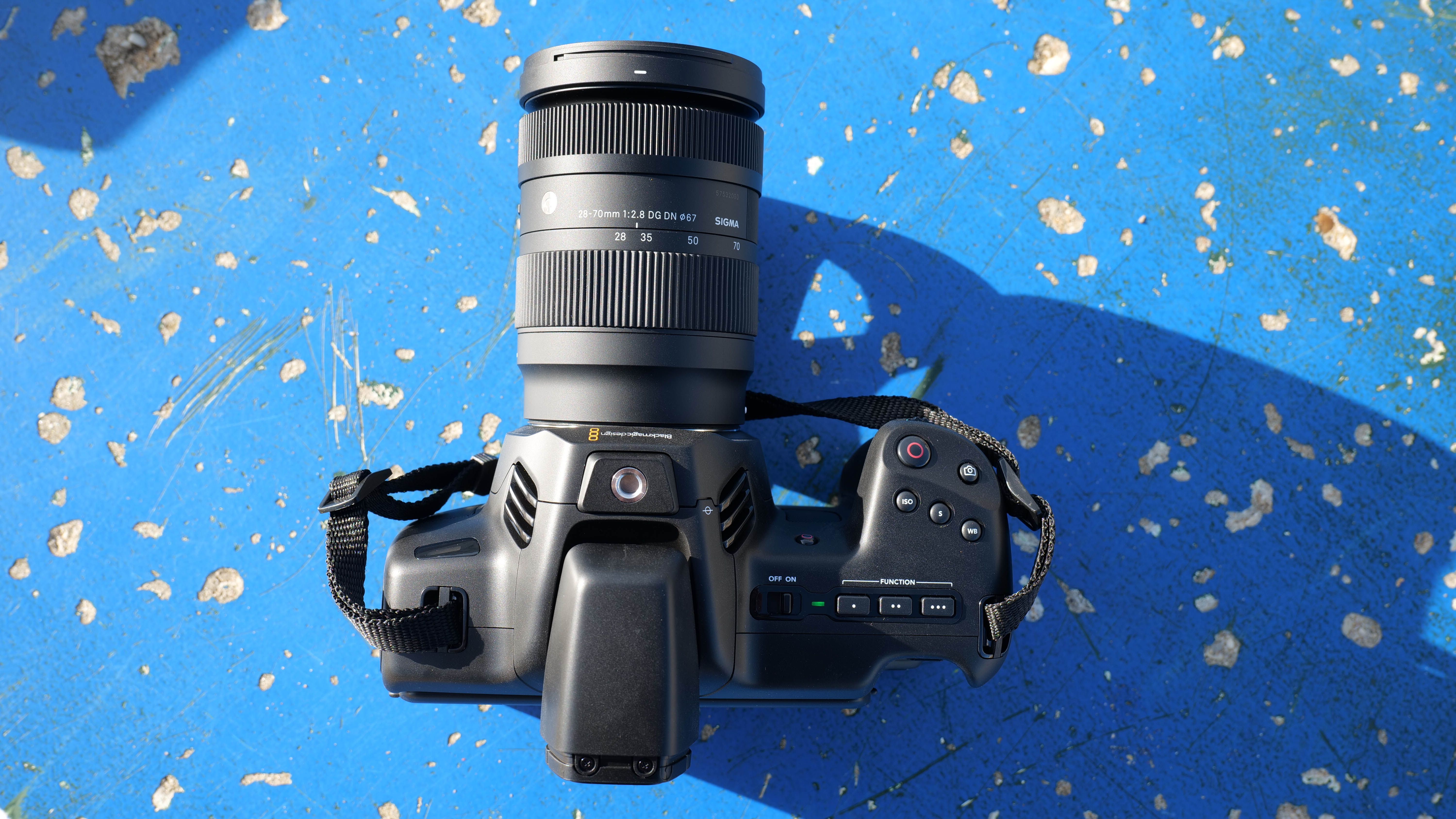
Specifications
Reasons to buy
Reasons to avoid
✅ You want cinema quality footage: Blackmagic’s 12-bit codec and color workflow are perfect for creating epic quality.
✅ You shoot video in low-light: The full-frame sensor and dual native ISO helps to keep image noise to a minimum.
❌ You want run and gun: With a lens, ND filters, and microphone attached, the overall weight is quite heavy.
❌ You are a photographer: This camera is, unashamedly, a video camera. Photography features are at a real minimum.
Blackmagic has decided to remove the 'Pocket' descriptor from its range of high-quality cinema cameras, despite there being no changes to the overall size. A first for this range is the inclusion of a full-frame sensor, which delivers amazing low-light performance and 6K video recording up to 60fps. It isn't the cheapest video camera, but for the specifications, it'll be hard to find anything better.
Despite not coming with any built-in ND filters or top-of-the range slow mo options, we do really love the video quality. Footage is captured in 12-bit, providing a huge dynamic range that makes it possible to make wide-ranging and extreme edits in post. The potential for cinematic quality is what sets this camera apart. Most filmmakers will put up with any shortcomings here if they know that what they're able to create is going to look amazing.
Read more: Blackmagic Cinema Camera 6K review
The best professional camera medium format
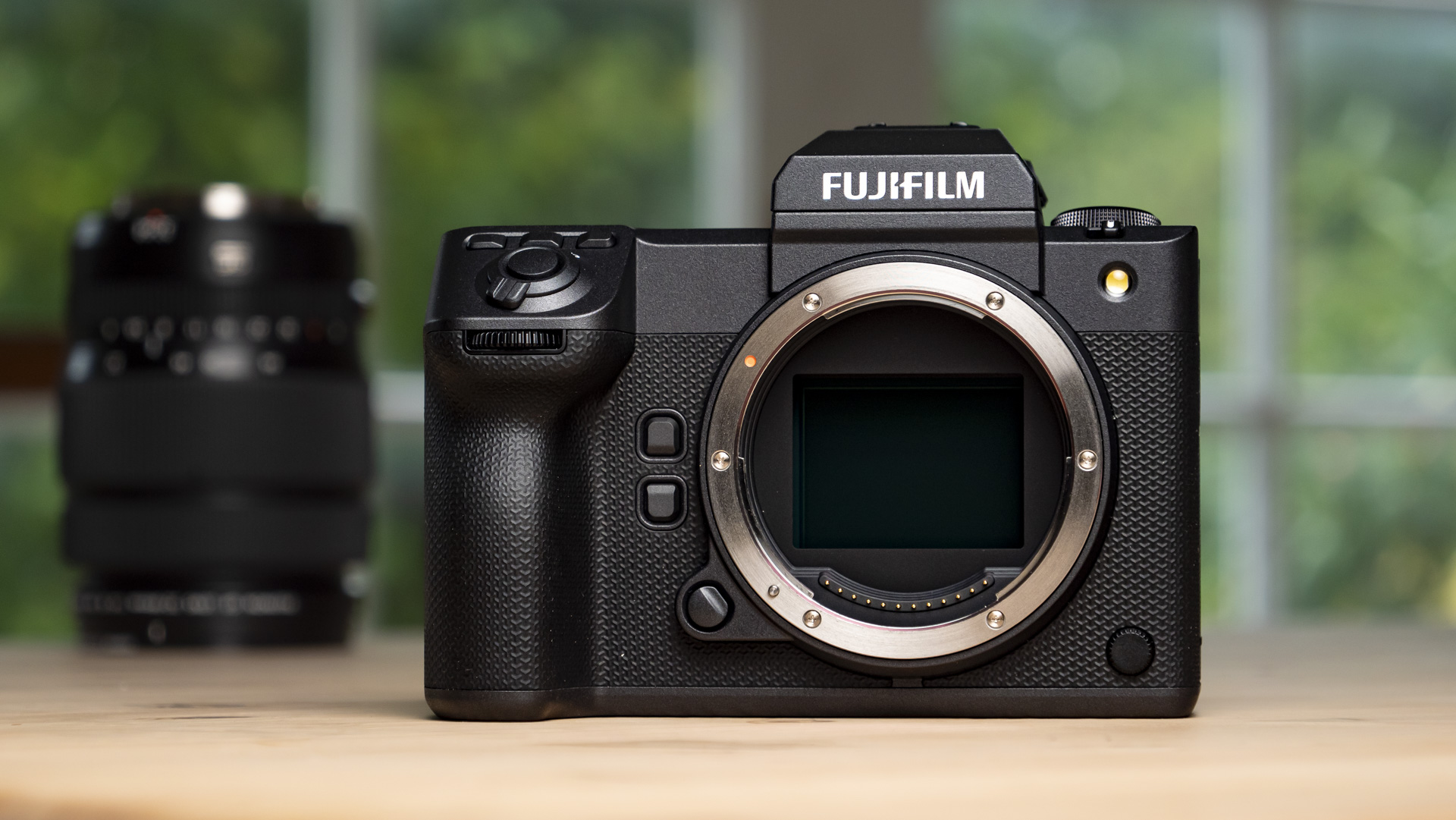
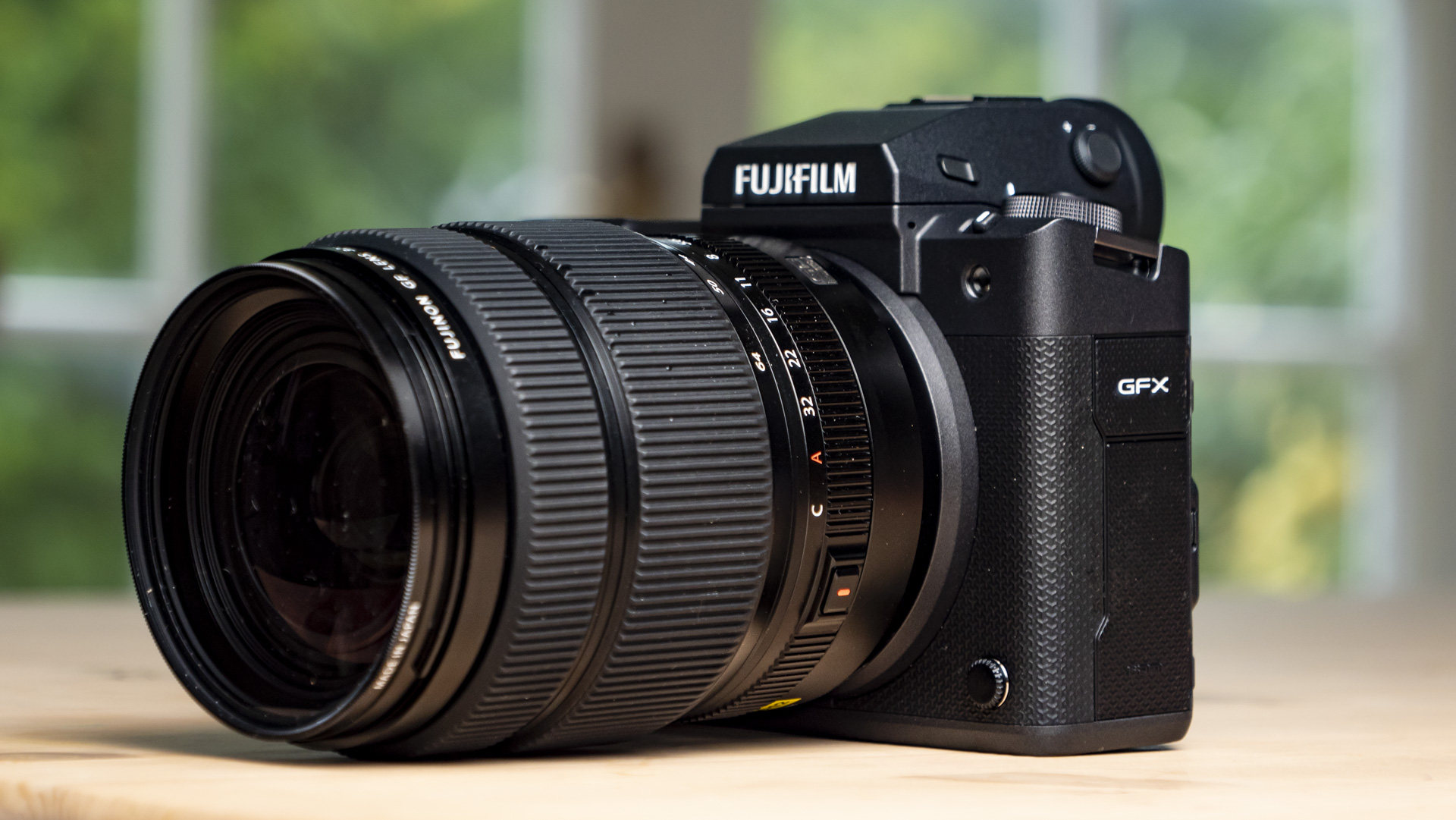
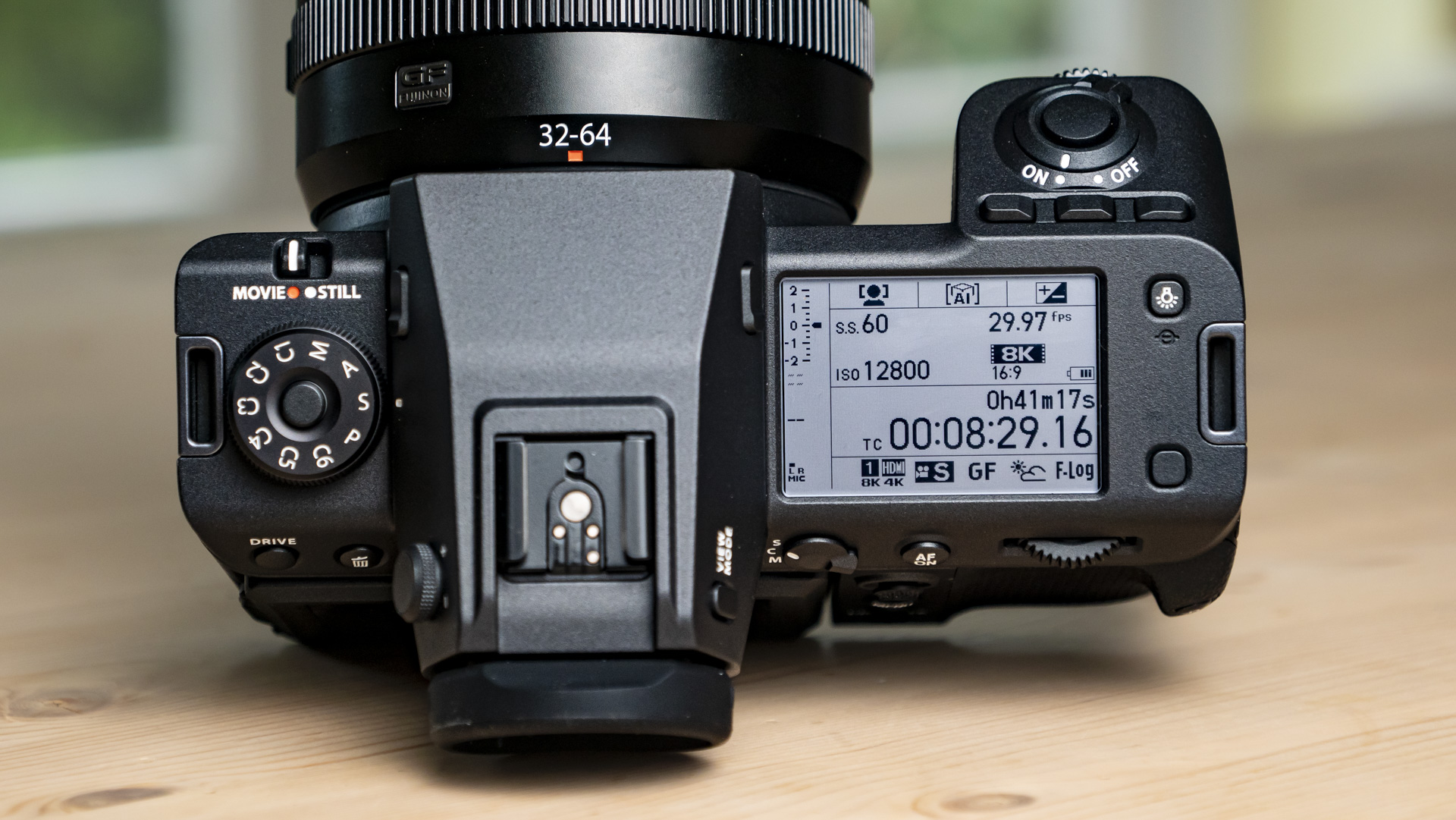
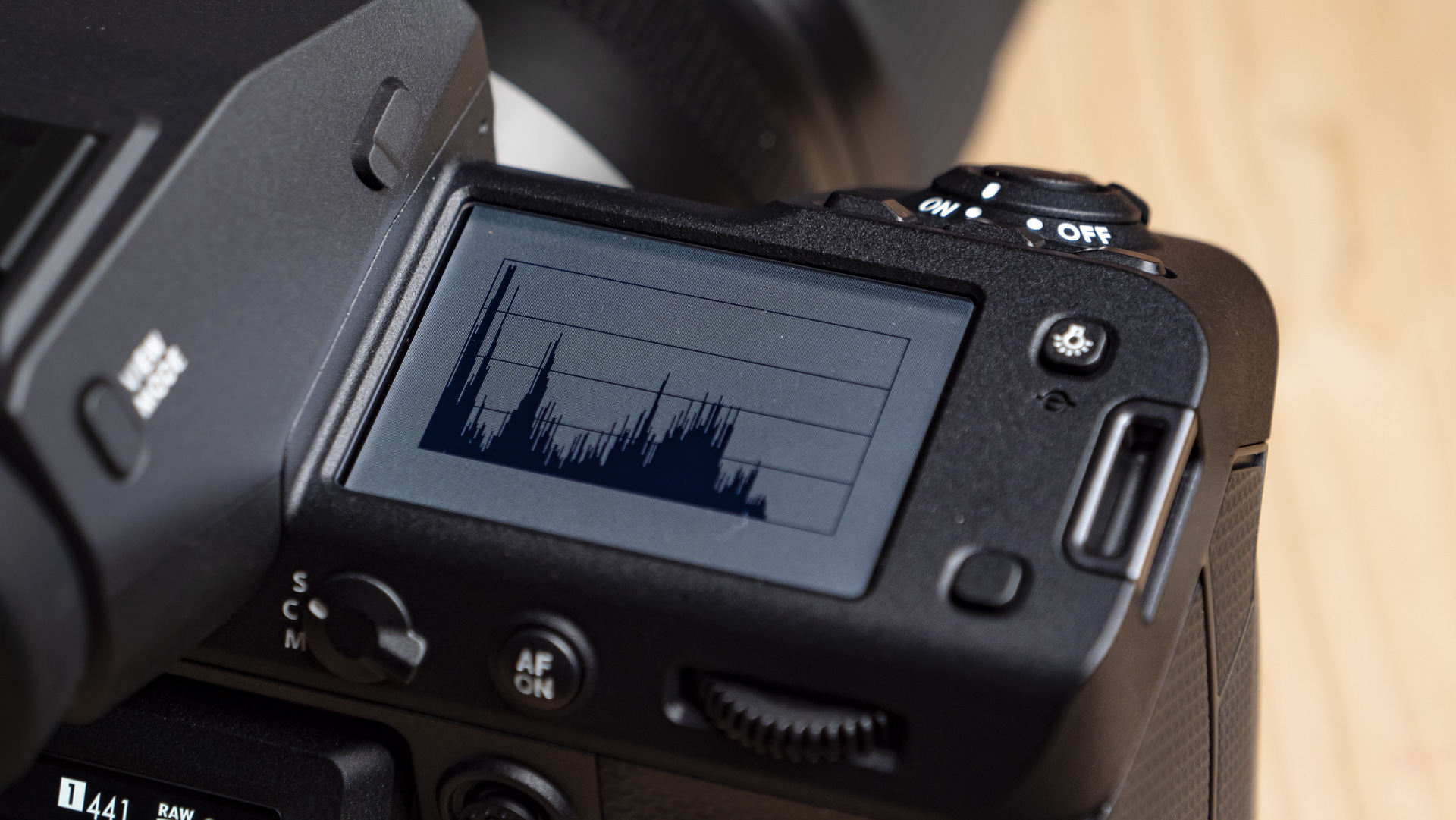
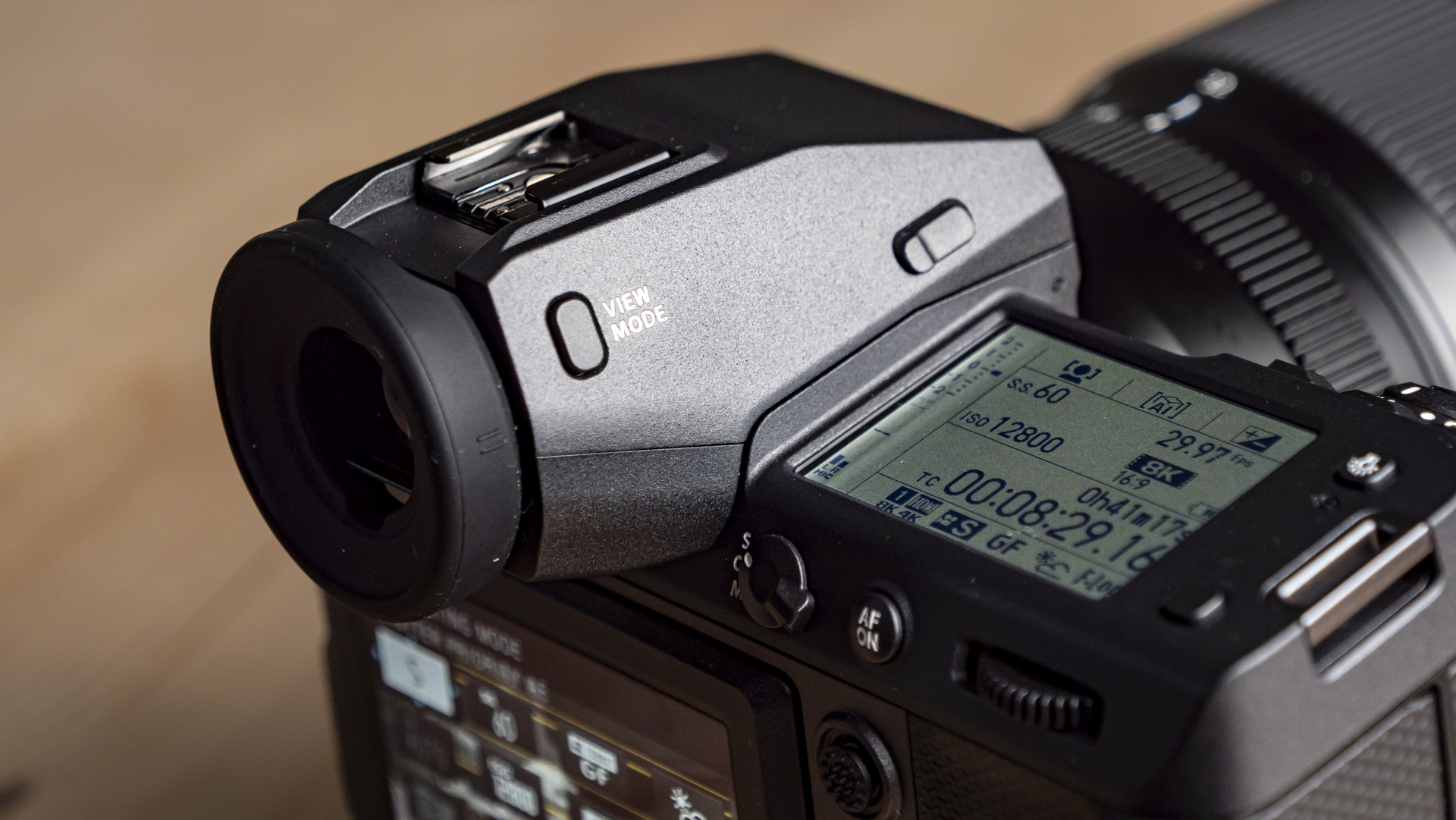
Specifications
Reasons to buy
Reasons to avoid
Fujifilm GFX100 II sample images
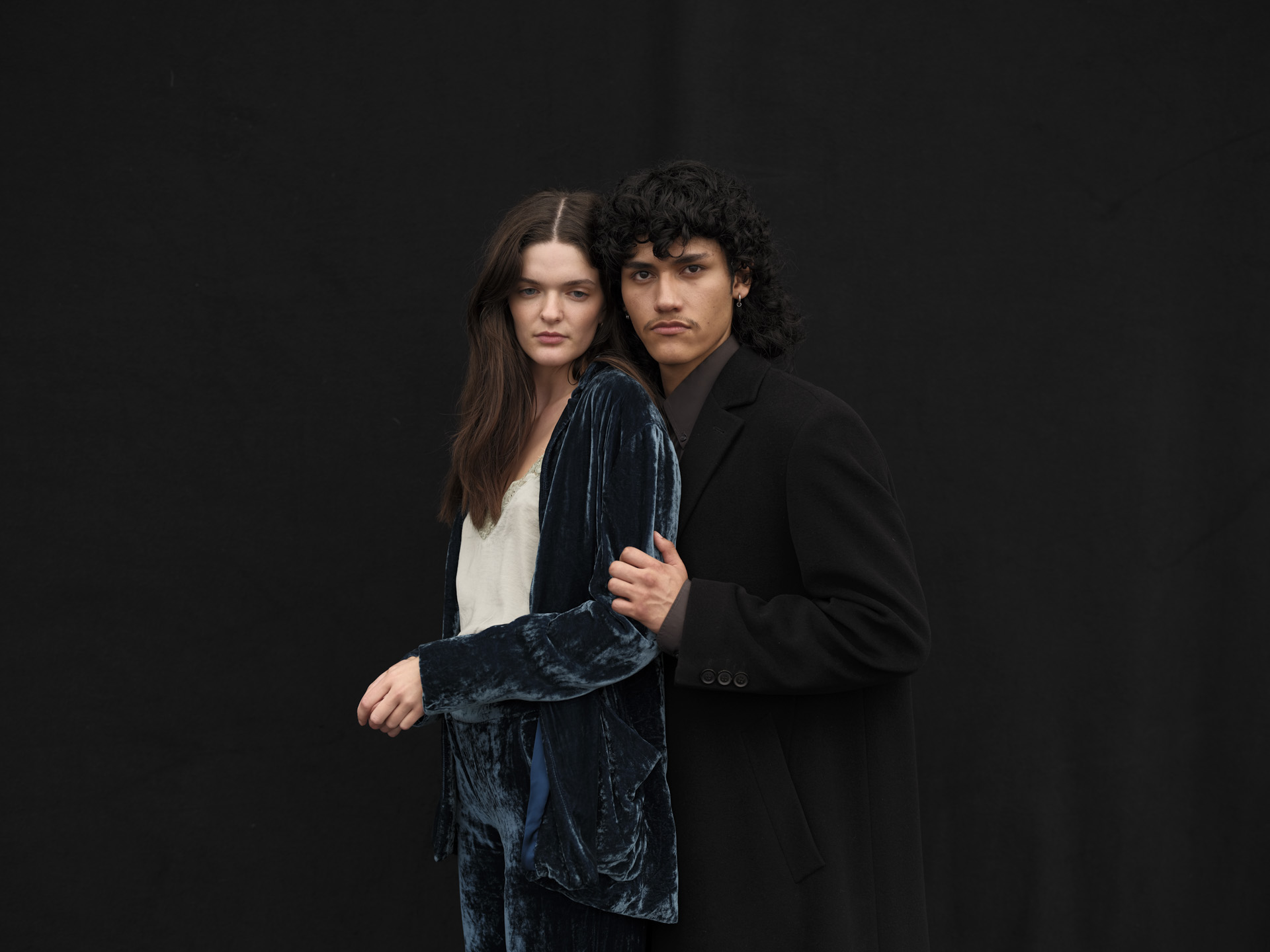
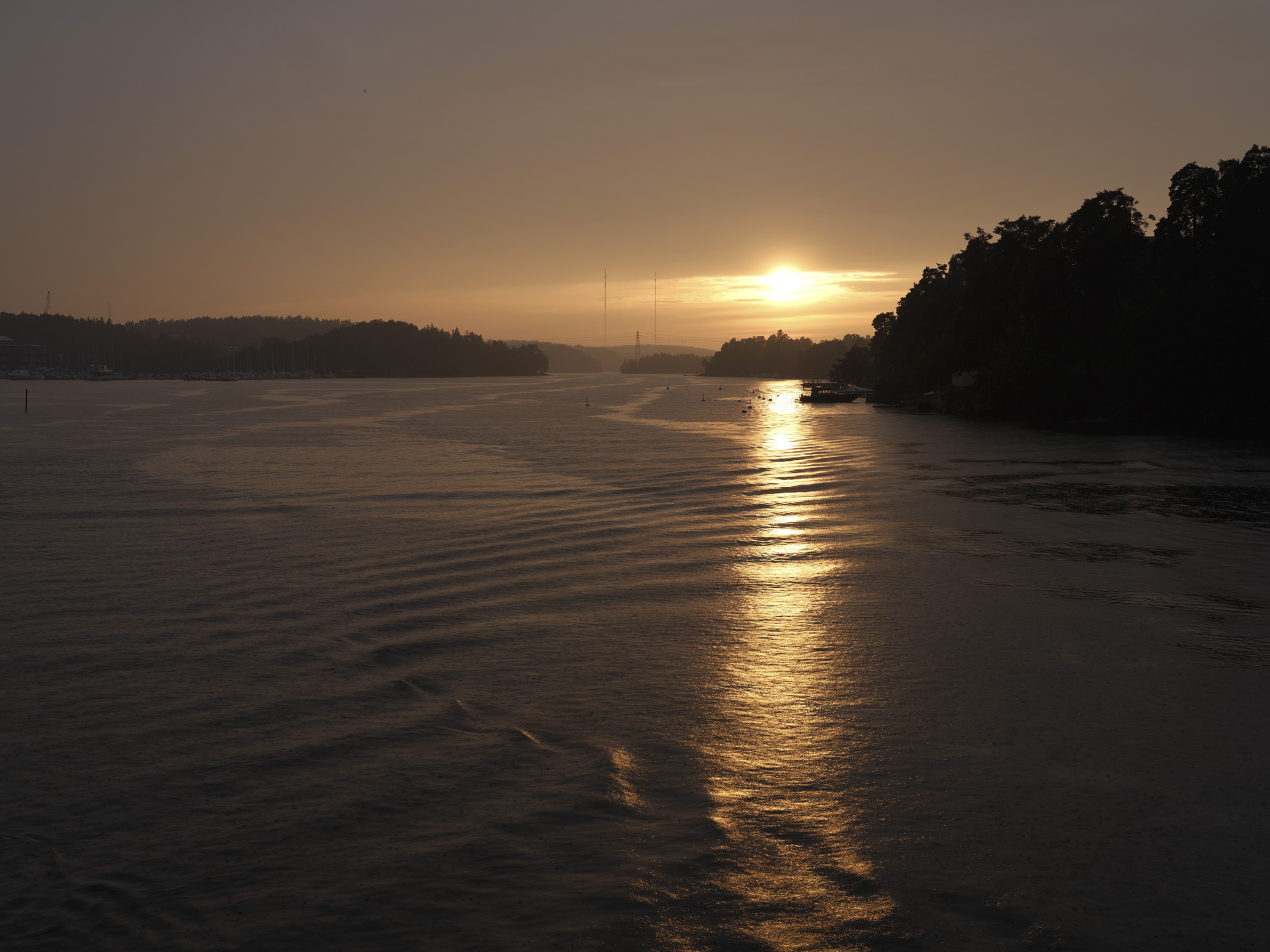
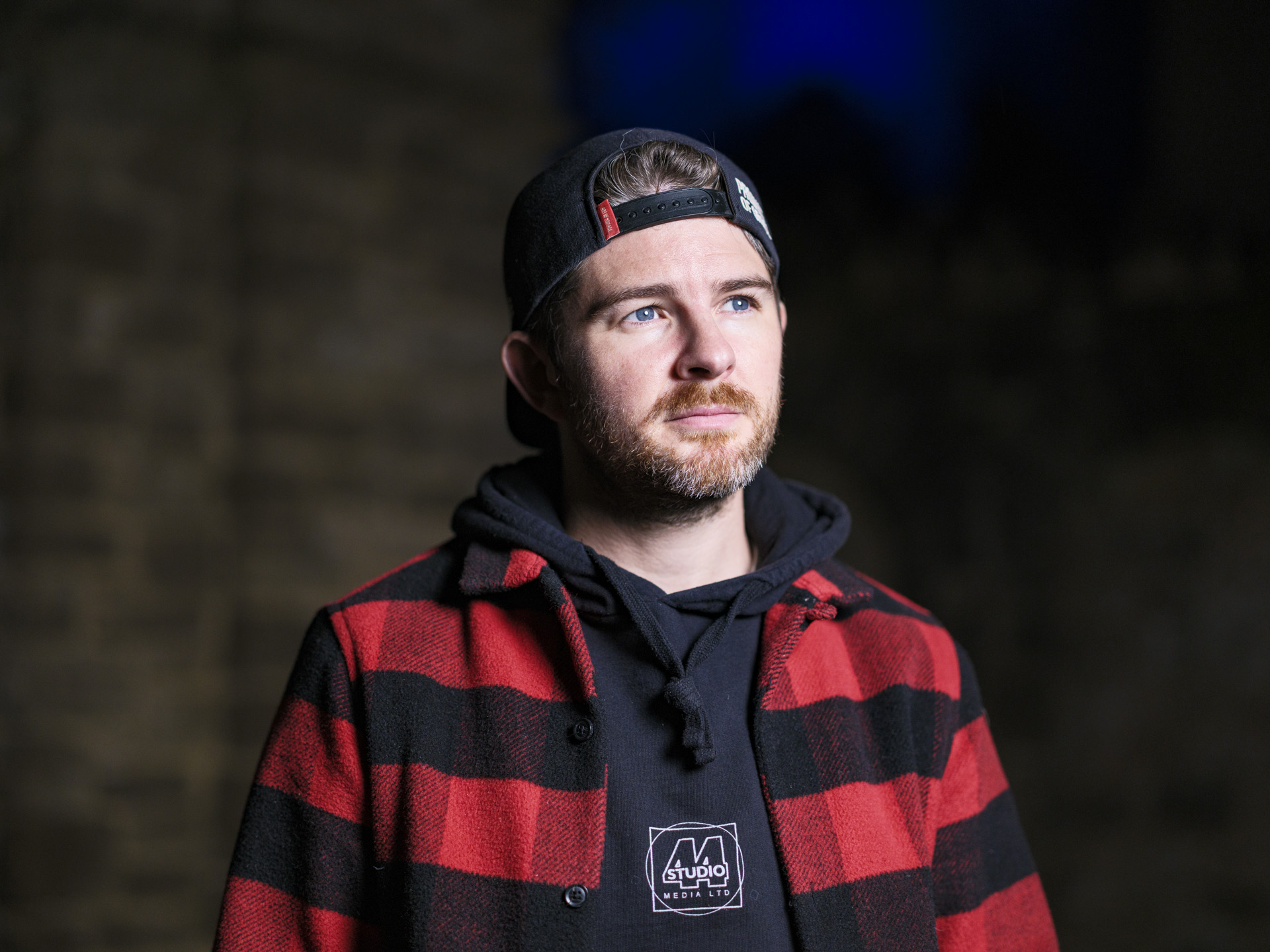
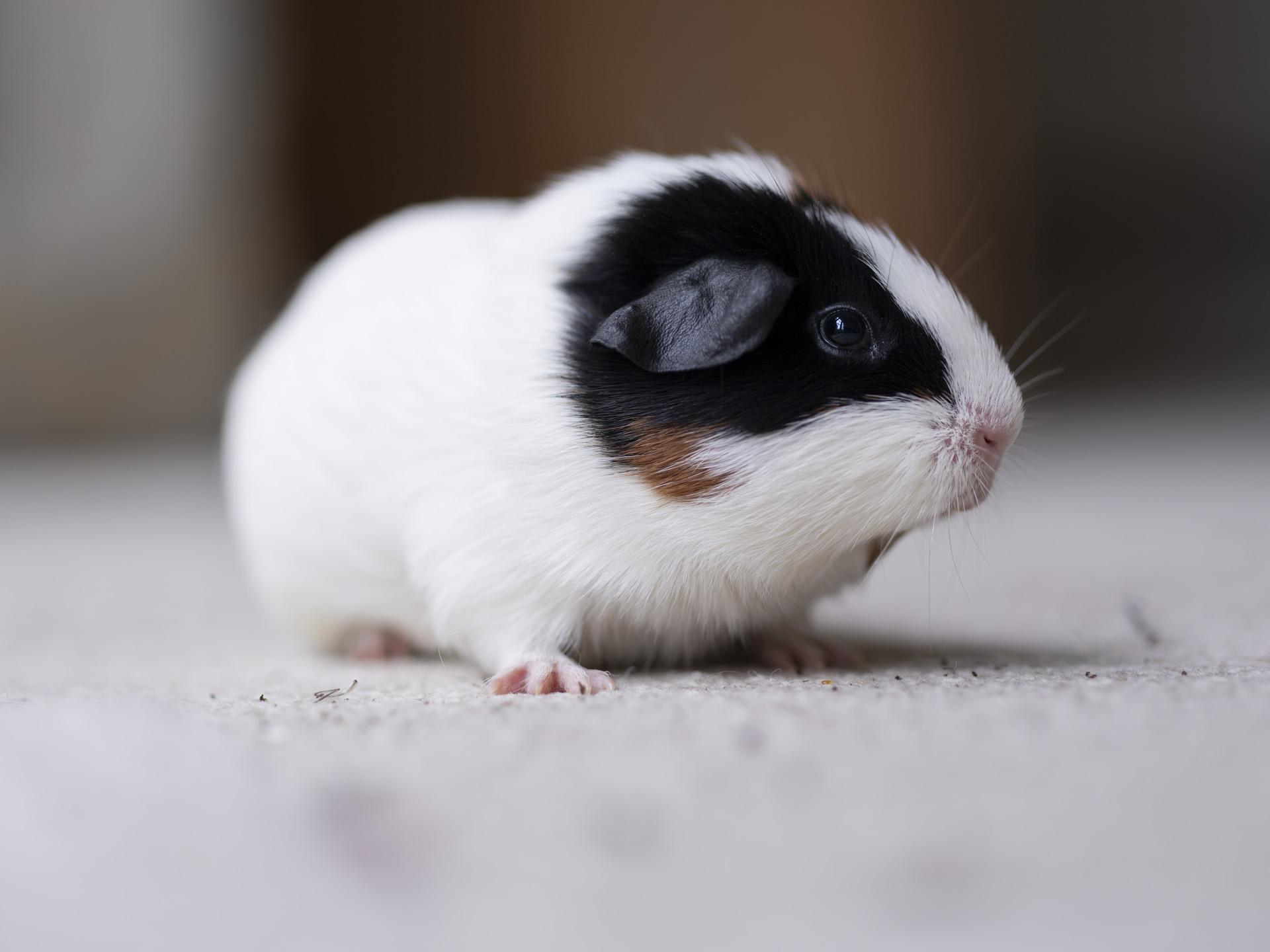

✅ You're a hybrid shooter: You won't find a better camera on the market that delivers both amazing photo and video quality.
✅ You want a modular medium-format: Compatibility with a vertical grip provides extra battery life for long shoots.
❌ You don't need detail: 102MP photos and 8K video isn't for everyone. If you don't need this level of resolution then there are capable cheaper alternatives.
❌ You want classic Fujifilm design: The brutalist GFX100 II moves away from the retro design that many Fujifilm users love.
We love the Fujifilm GFX100 II. Our hands on review found it to be "the most powerful, responsive, and versatile medium-format mirrorless camera available." Medium-format cameras have gained a bit of a bad reputation for offering slow performance, but that couldn't be further from the truth with the GFX100 II. It is quicker than any other GFX camera and delivers the same kind of speed as other full-frame cameras, including the Sony A7R V and the Fujifilm X-T5.
There is also no reduction in quality, thanks to the 102MP sensor at a rate of 8fps and reliable subject detection autofocus that guarantees great results. As well as being a very capable medium-format stills camera, the GFX100 II is also equally at home in the video realm. 8K at 30p video with ProRes raw recording, LUT color profiles, and a range of aspect ratios gives videographers everything they need to produce great looking video. If you're happy parting with a small fortune, then you'll get one of the best medium-format cameras on the market at the moment.
Read more: Fujifilm GFX100 II review
The best professional camera photo quality
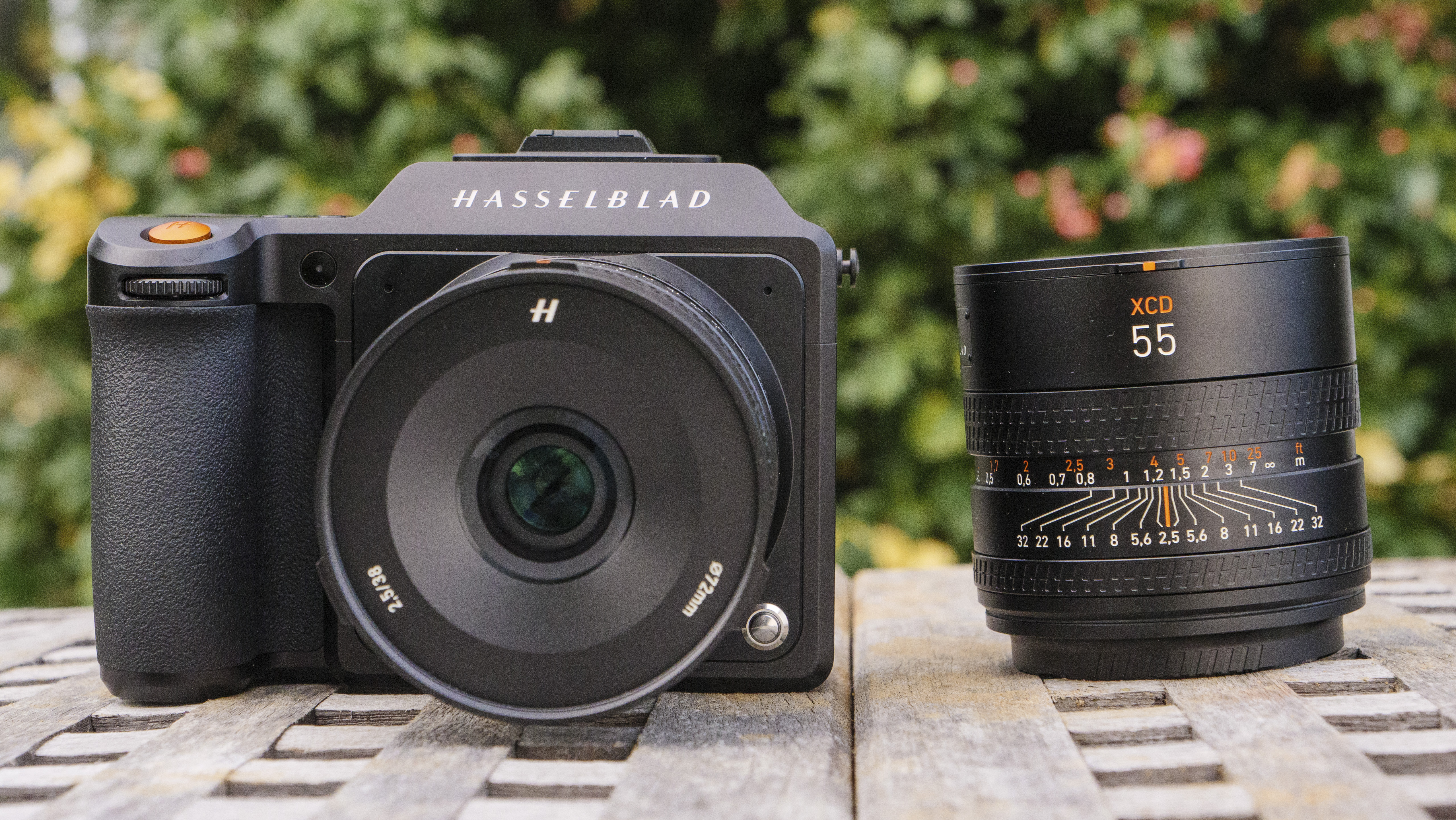

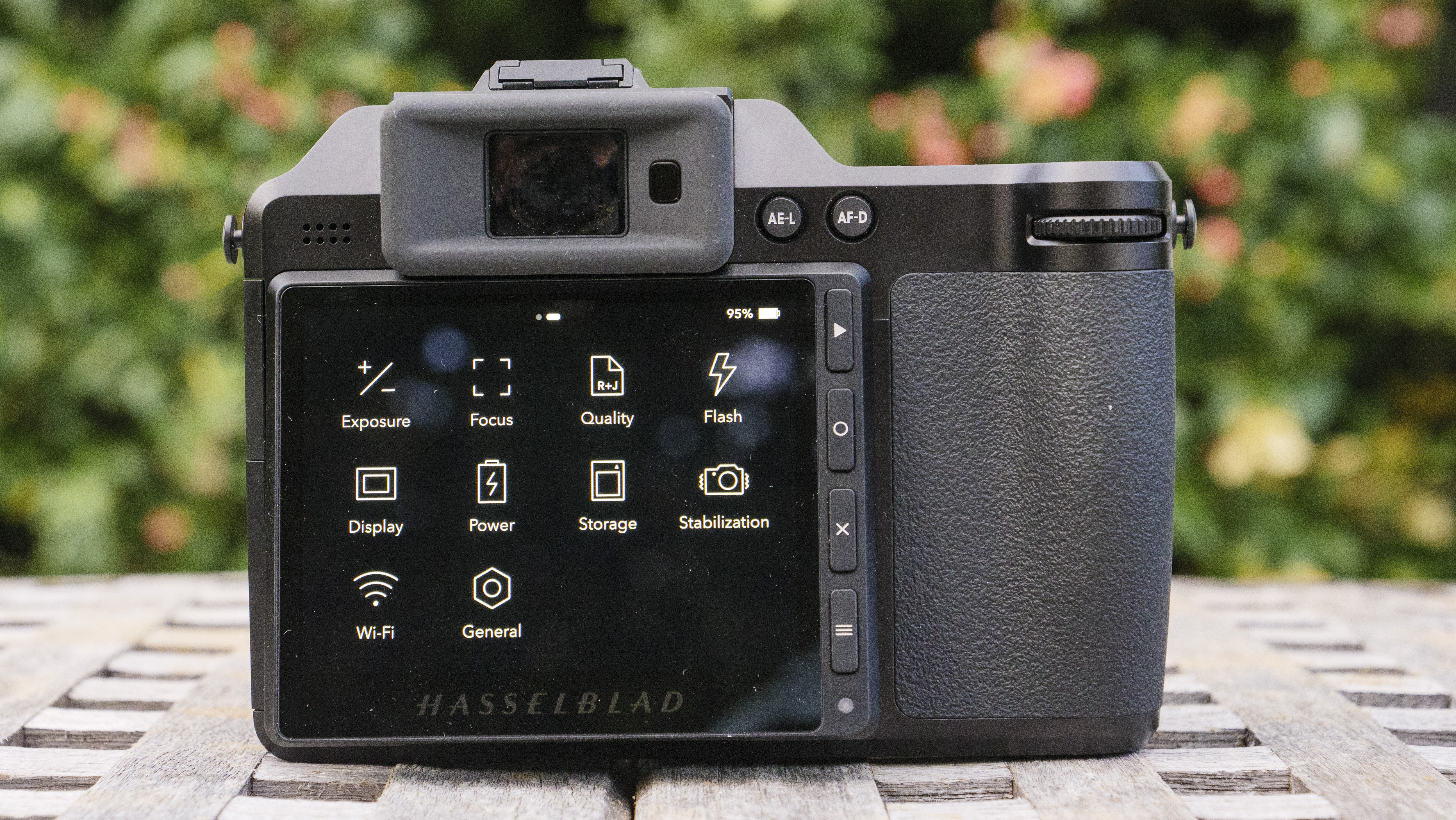

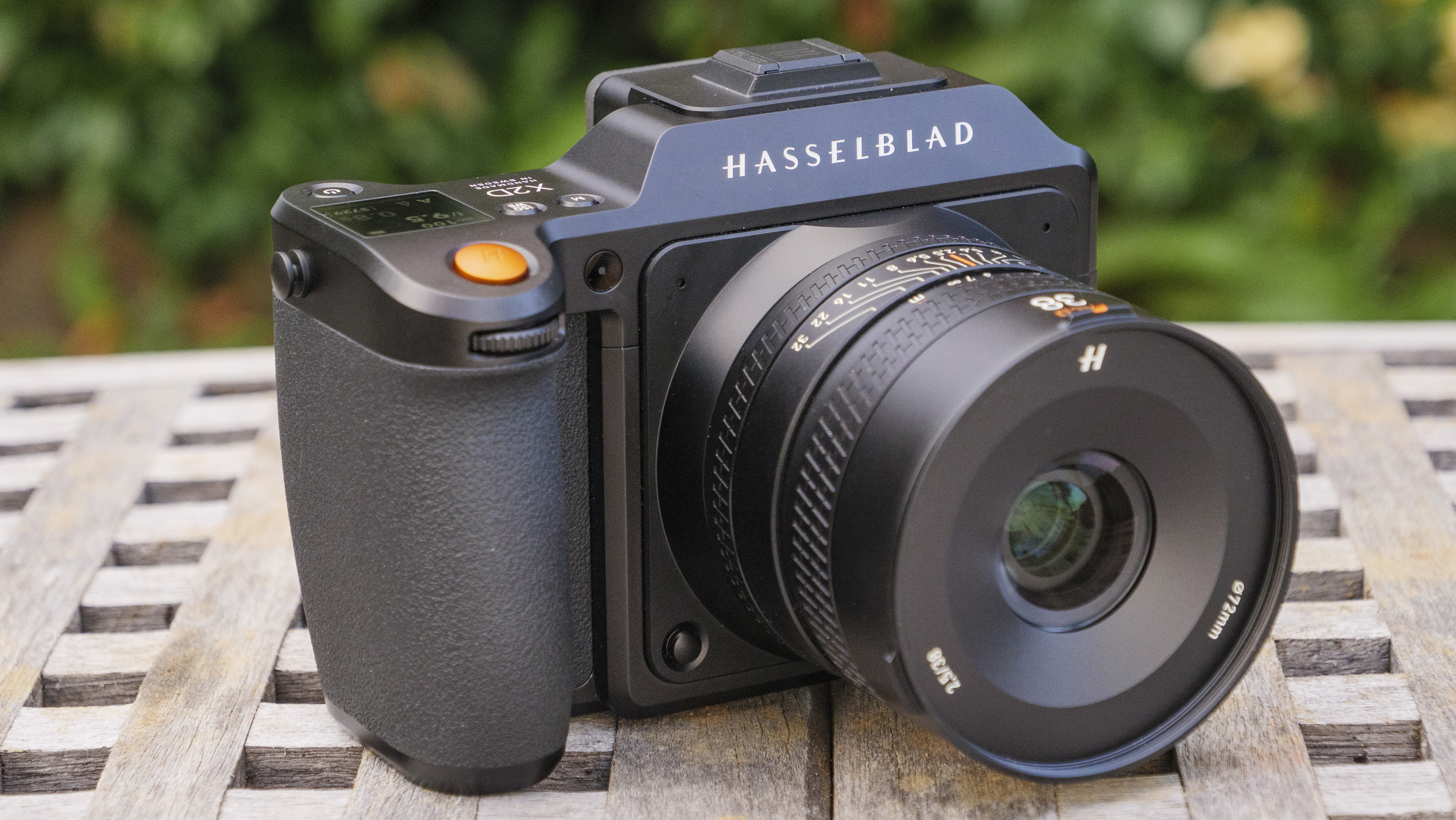
Specifications
Reasons to buy
Reasons to avoid
Hasselblad X2D 100C sample images
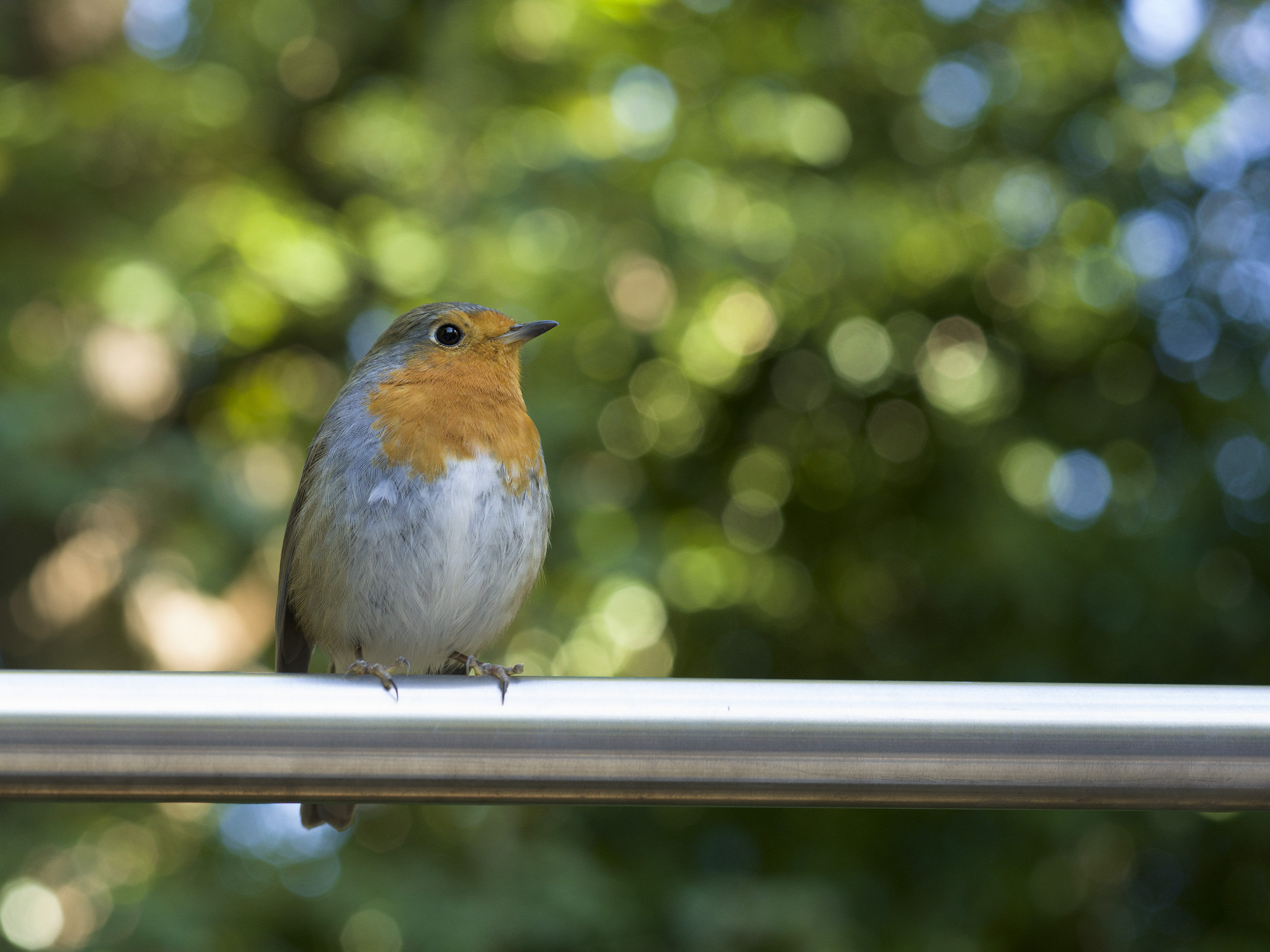
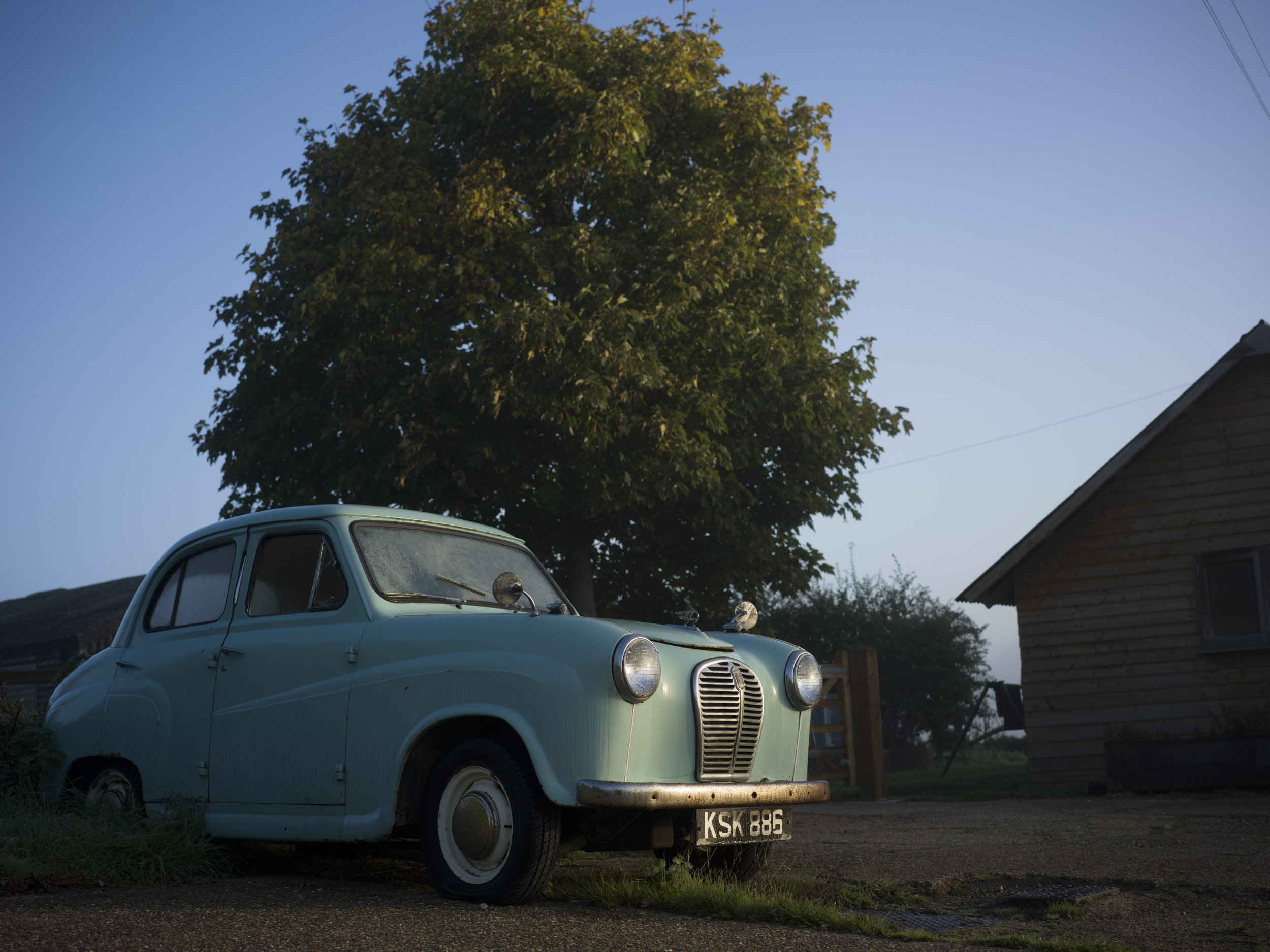

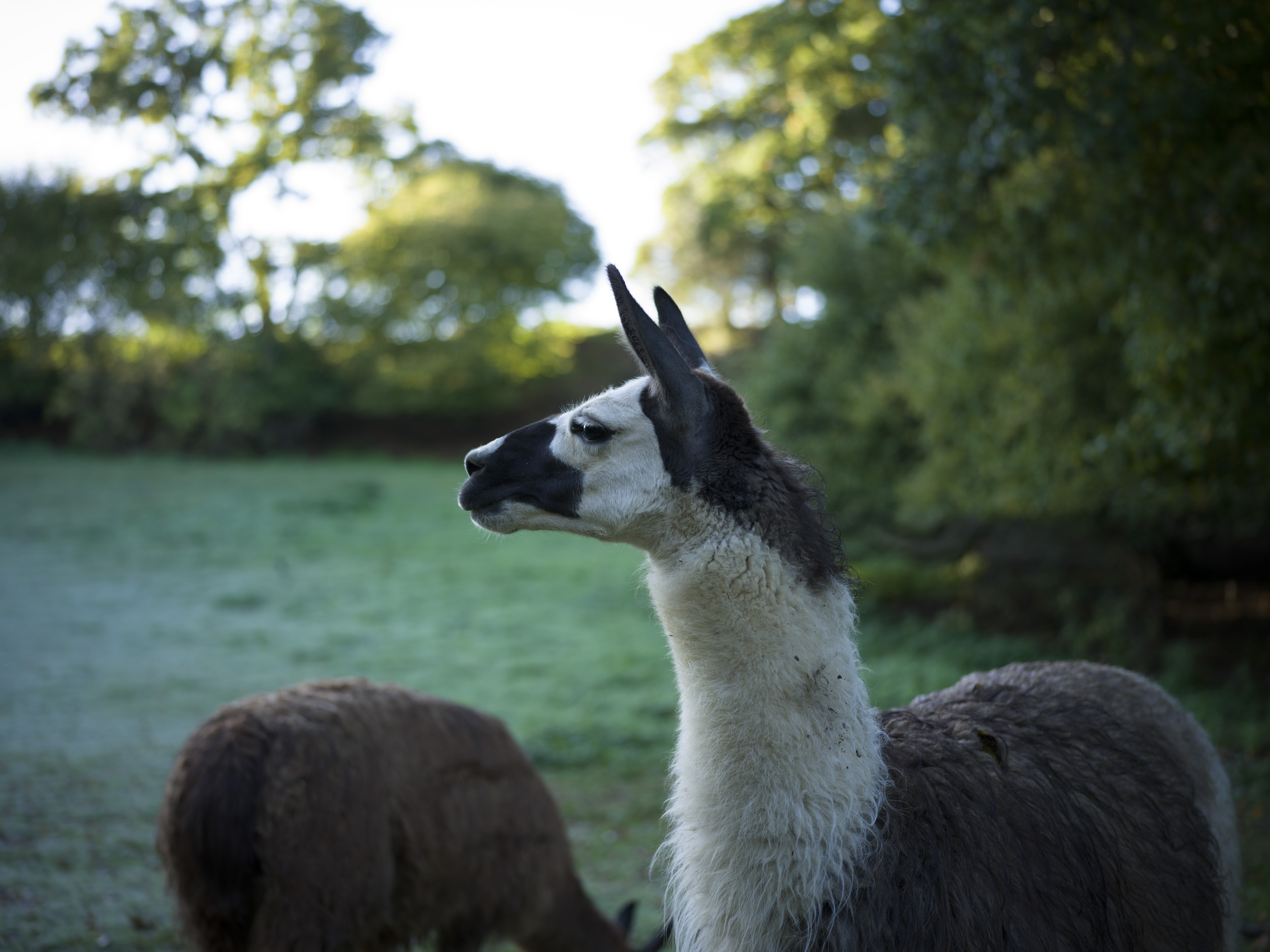
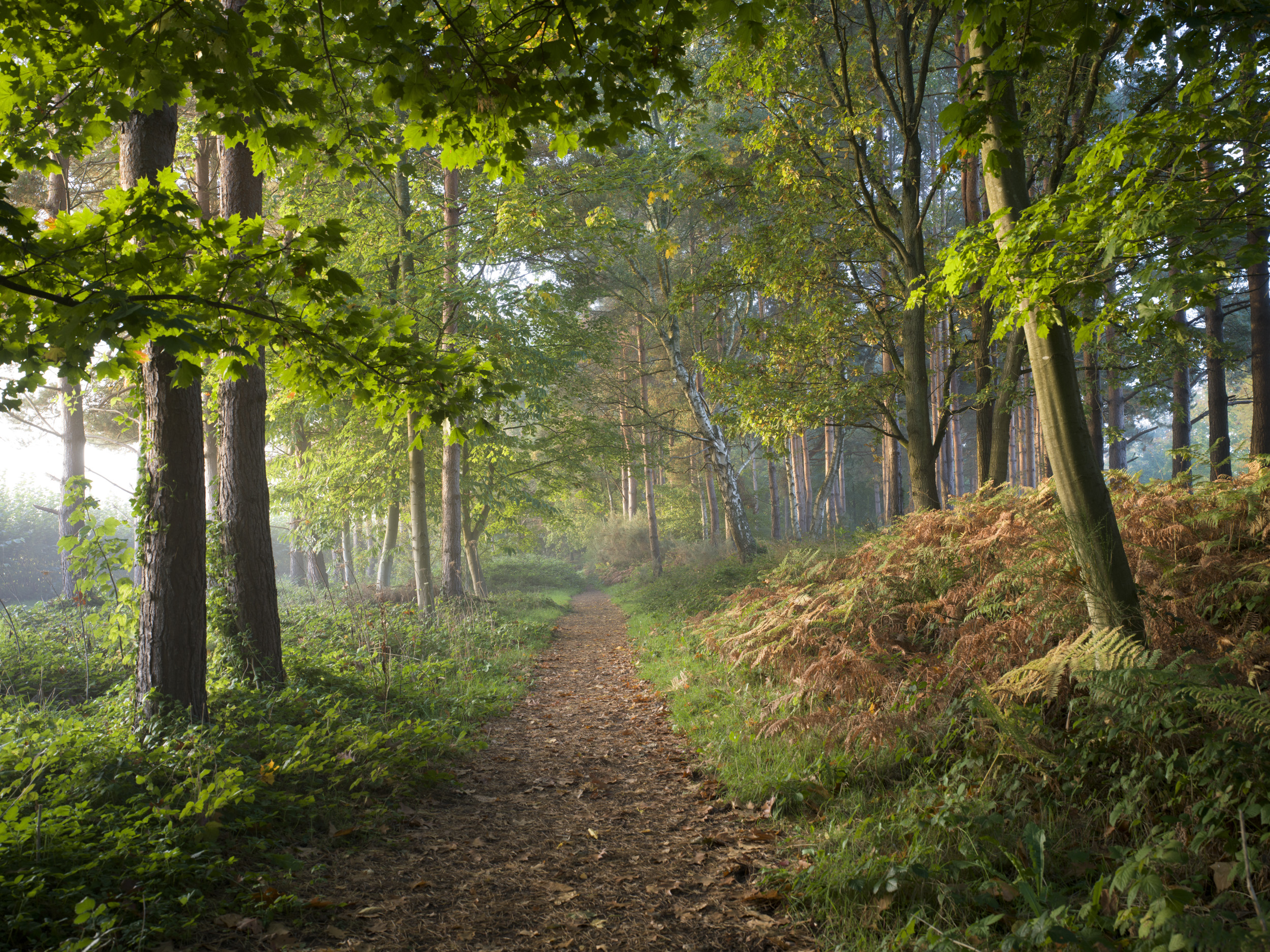
✅ You shoot portrait with a flash: The X2D is one of the few cameras to provide this functionality.
✅ You need great color replication: All 100MP look great thanks for the wide dynamic range and excellent color rendition.
❌ You want to shoot video: The XCD, quite simply, has no video recording capabilities. It is a purist option for photographers.
❌ You value autofocus speed: There's no getting away from it, the XCD autofocus is outperformed but decade old DSLRs.
The Hasselblad X2D 100C is unapologetically a purist’s camera. It can’t record video, burst rates max out at just 3.3fps and, while notably faster than previous models, autofocus still struggles. Yet the X2D is also the most versatile Hasselblad to date. We found it comfortable in the hand and surprisingly wieldy for a medium format model. Its tilt-screen design benefits from excellent touch response, while 1TB of built-in SSD storage kept our minds off memory cards. Plus it benefits from a first for Hasselblad: in-body image stabilization, executed so well that we didn’t need a tripod.
As you’d expect from a 100MP sensor, it can produce razor-sharp stills in a range of scenarios. But where the X2D really excels is flash portraiture. By incorporating the mechanical shutter into its XCD lenses, Hasselblad both reduces vibrations and allows flash sync at any shutter speed. This unlocks easier and more creative use of wide apertures. Add the X2D’s outstanding color rendition and dynamic range into the mix and you’ve got one of our favorite medium format cameras.
Read more: Hasselblad X2D 100C review
The best lightweight professional camera
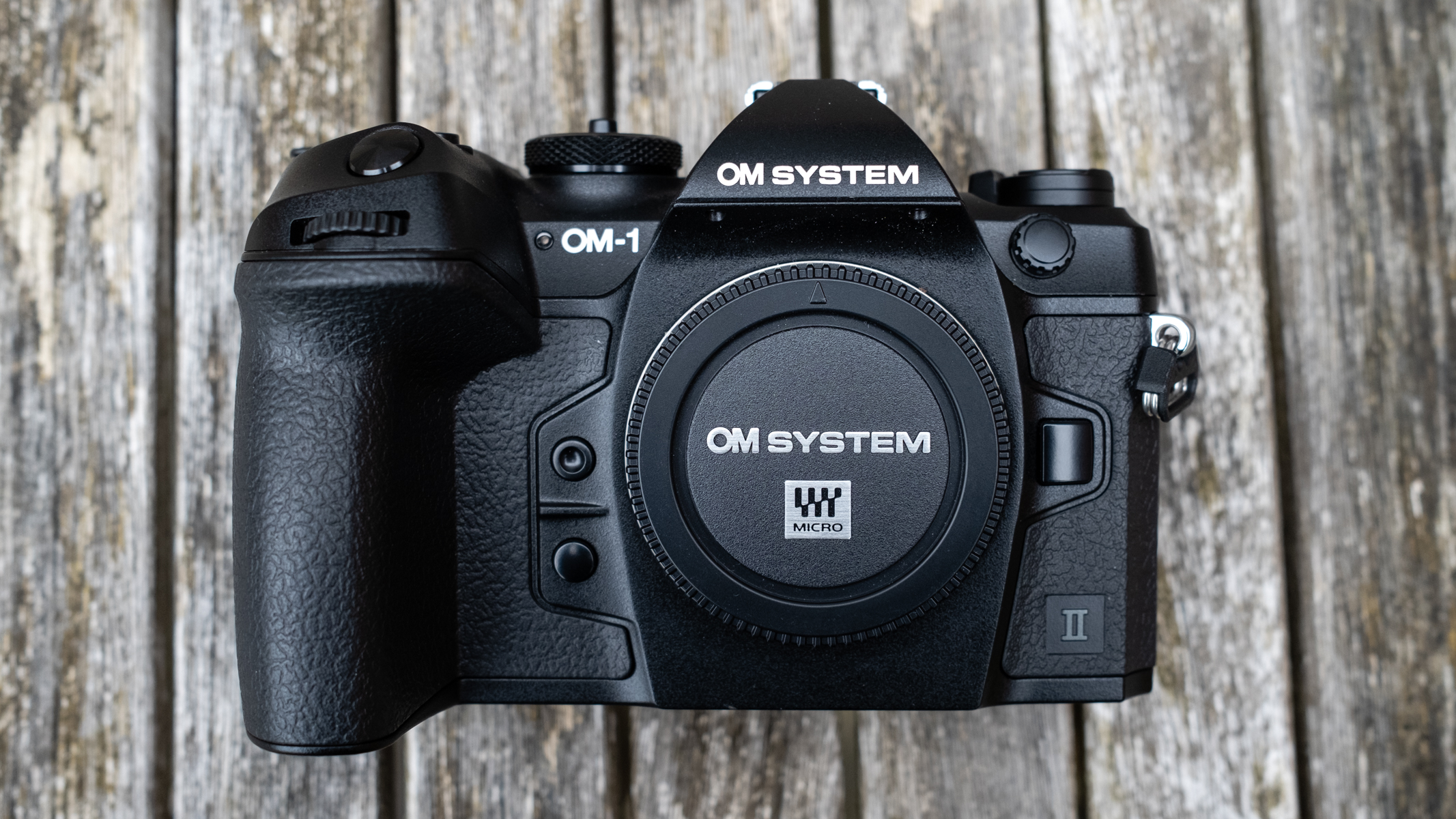
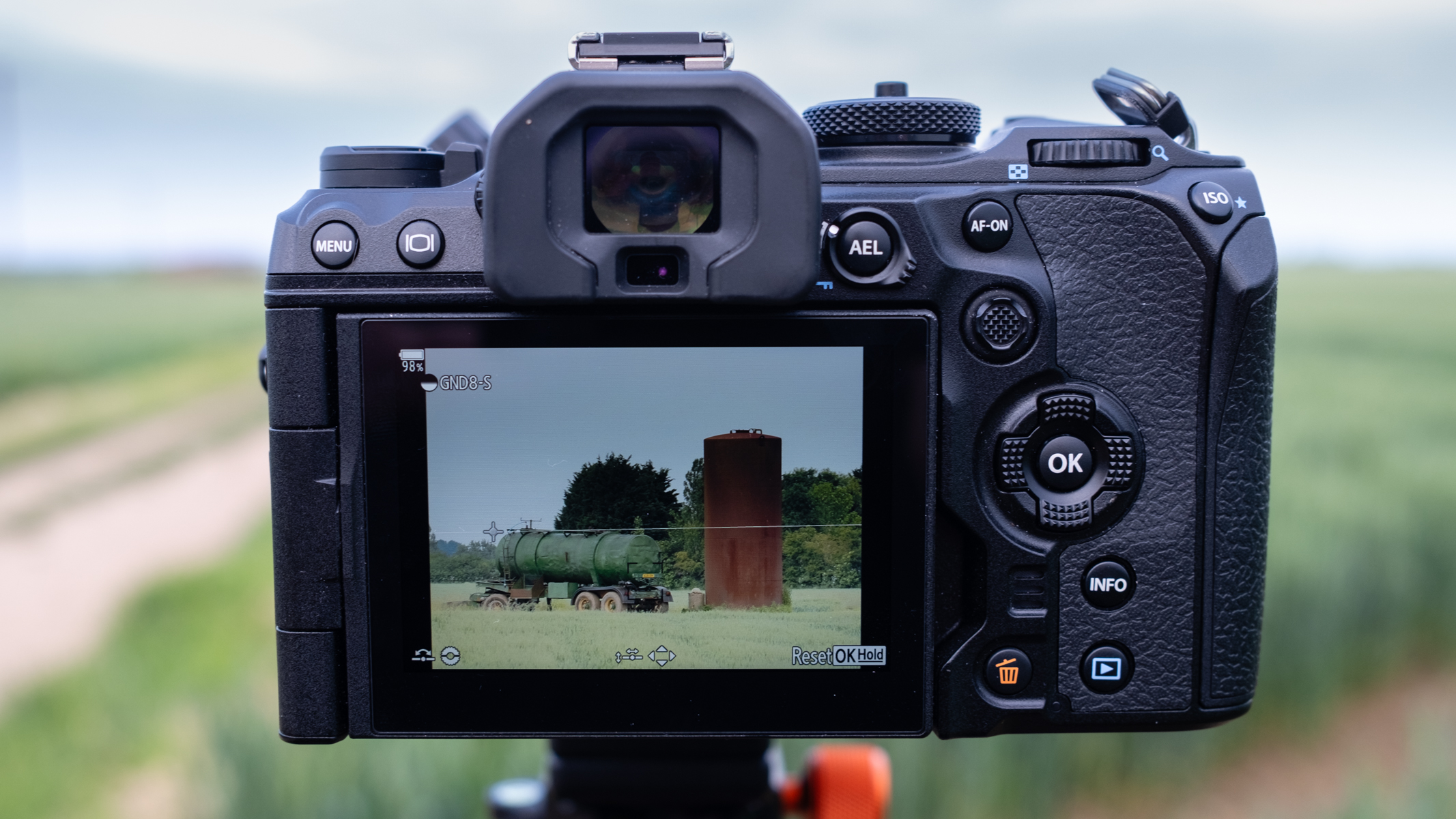
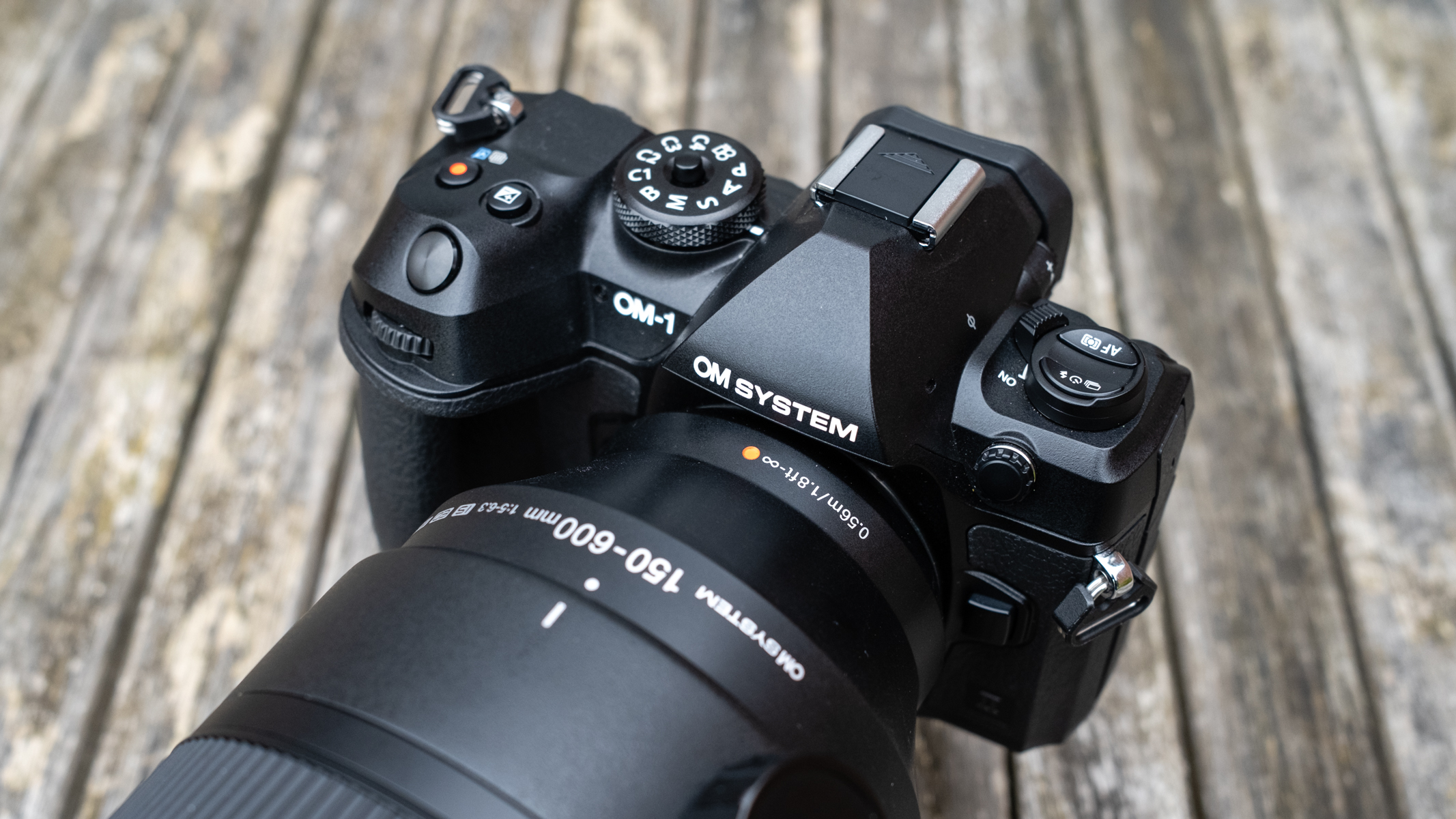
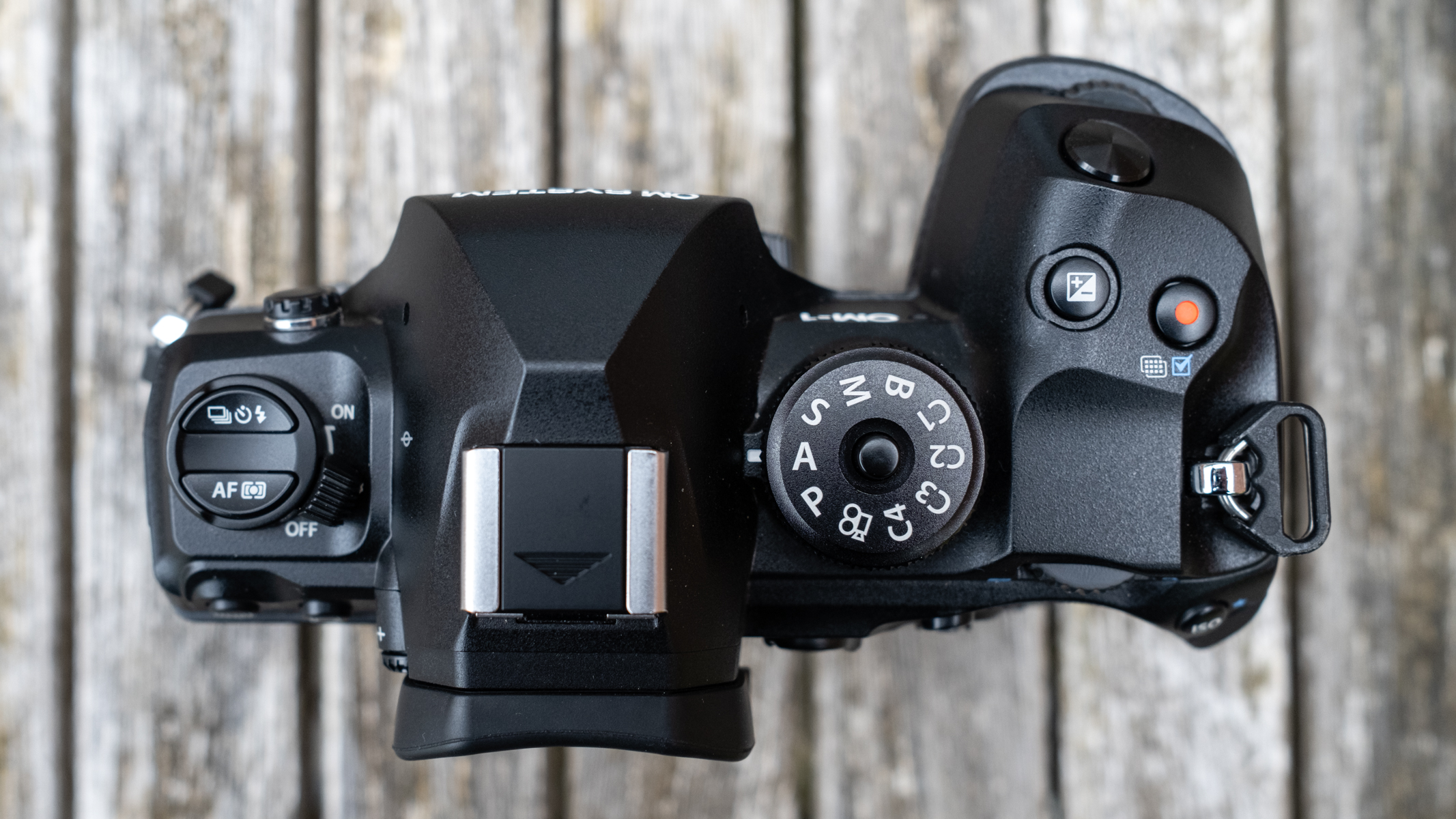
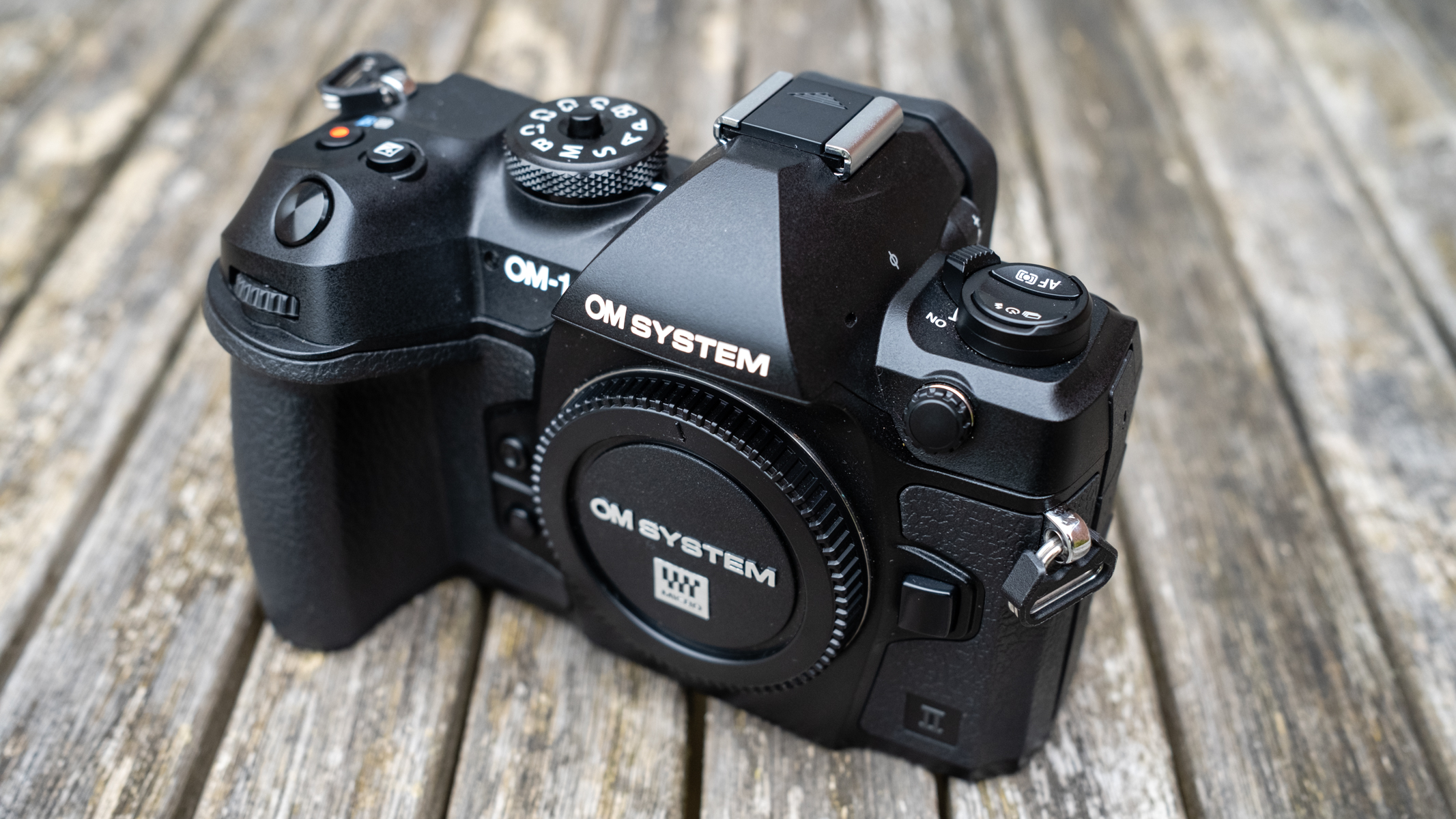
Specifications
Reasons to buy
Reasons to avoid
OM System OM-1 II sample images
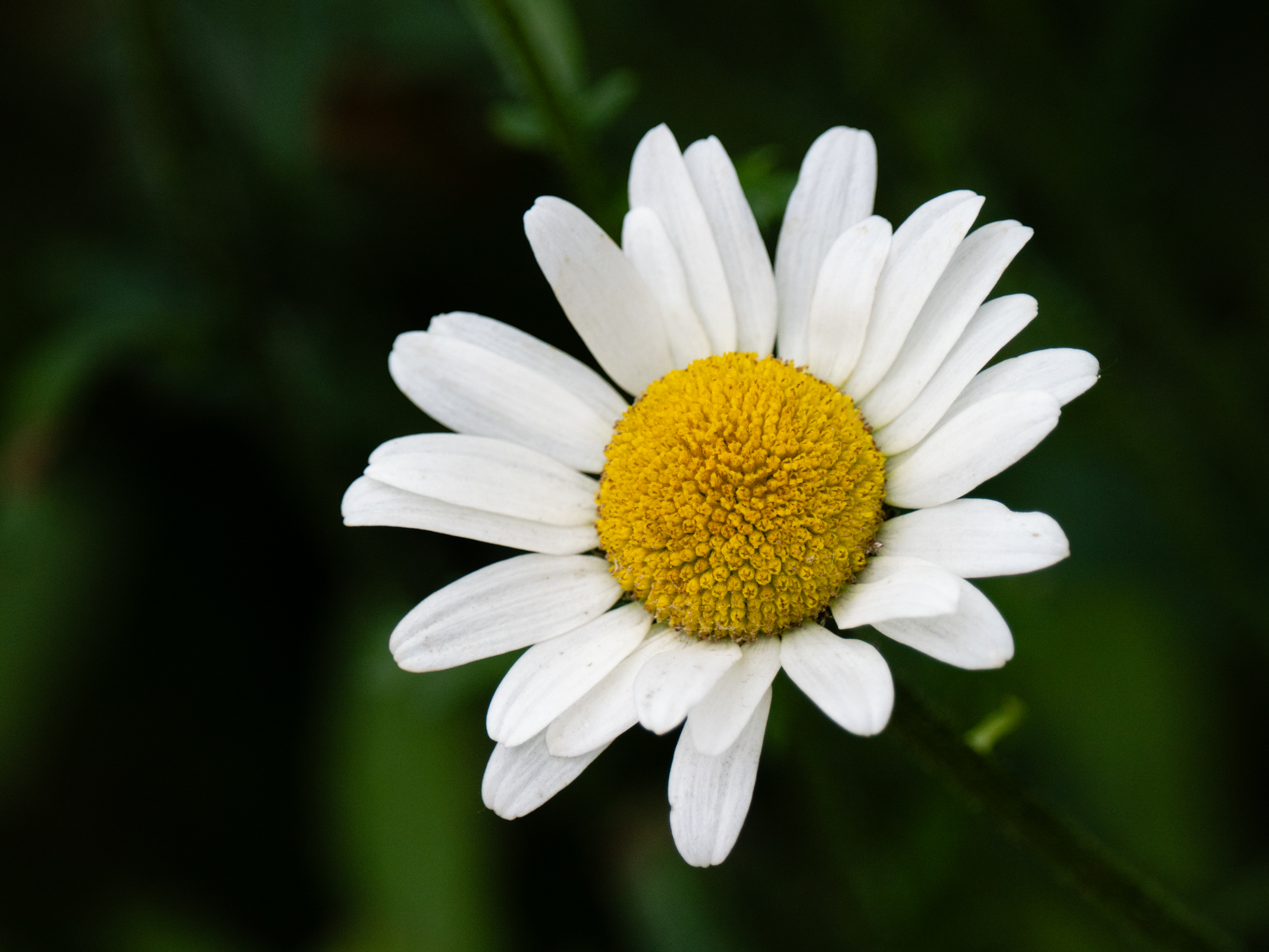
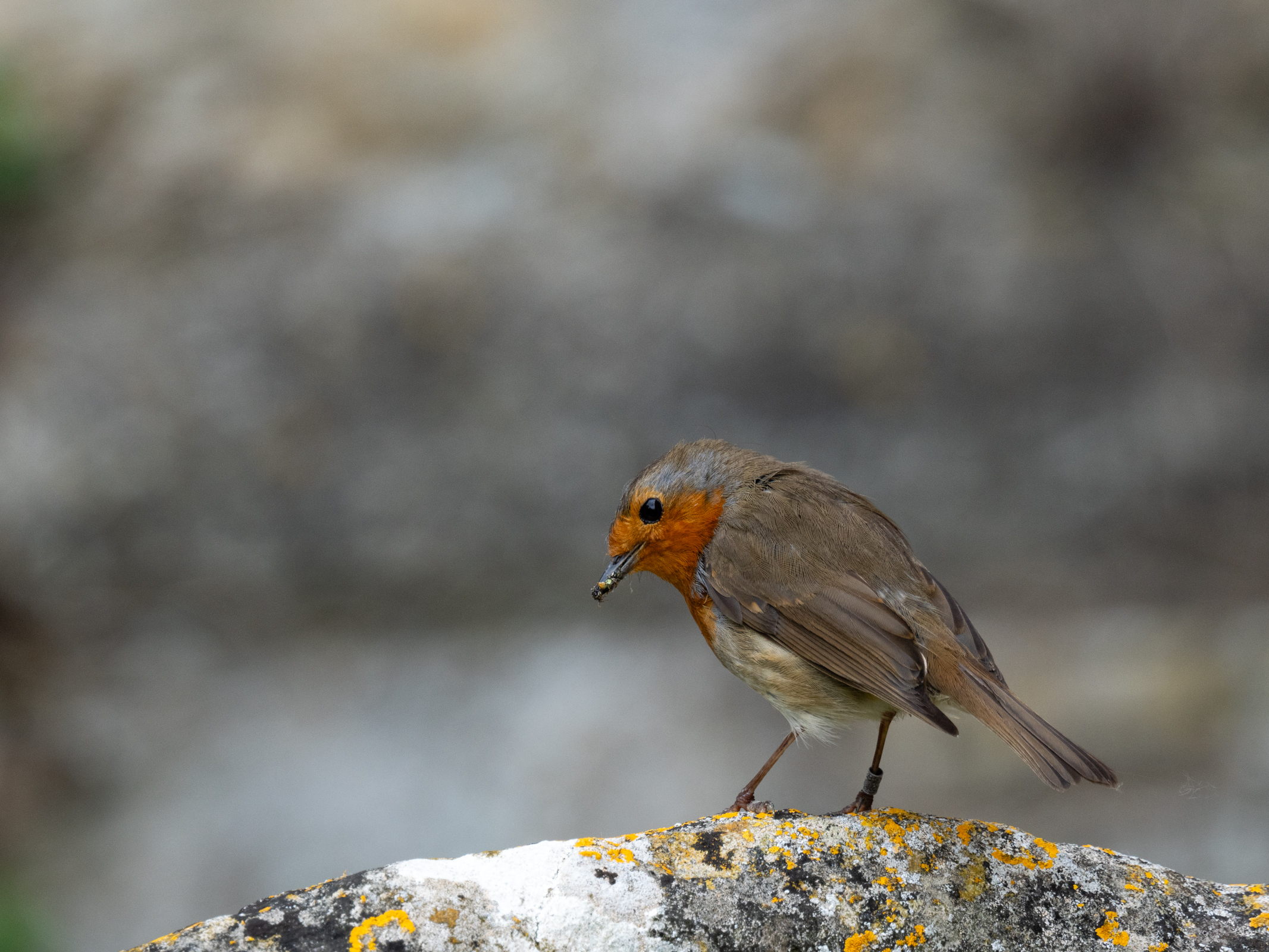
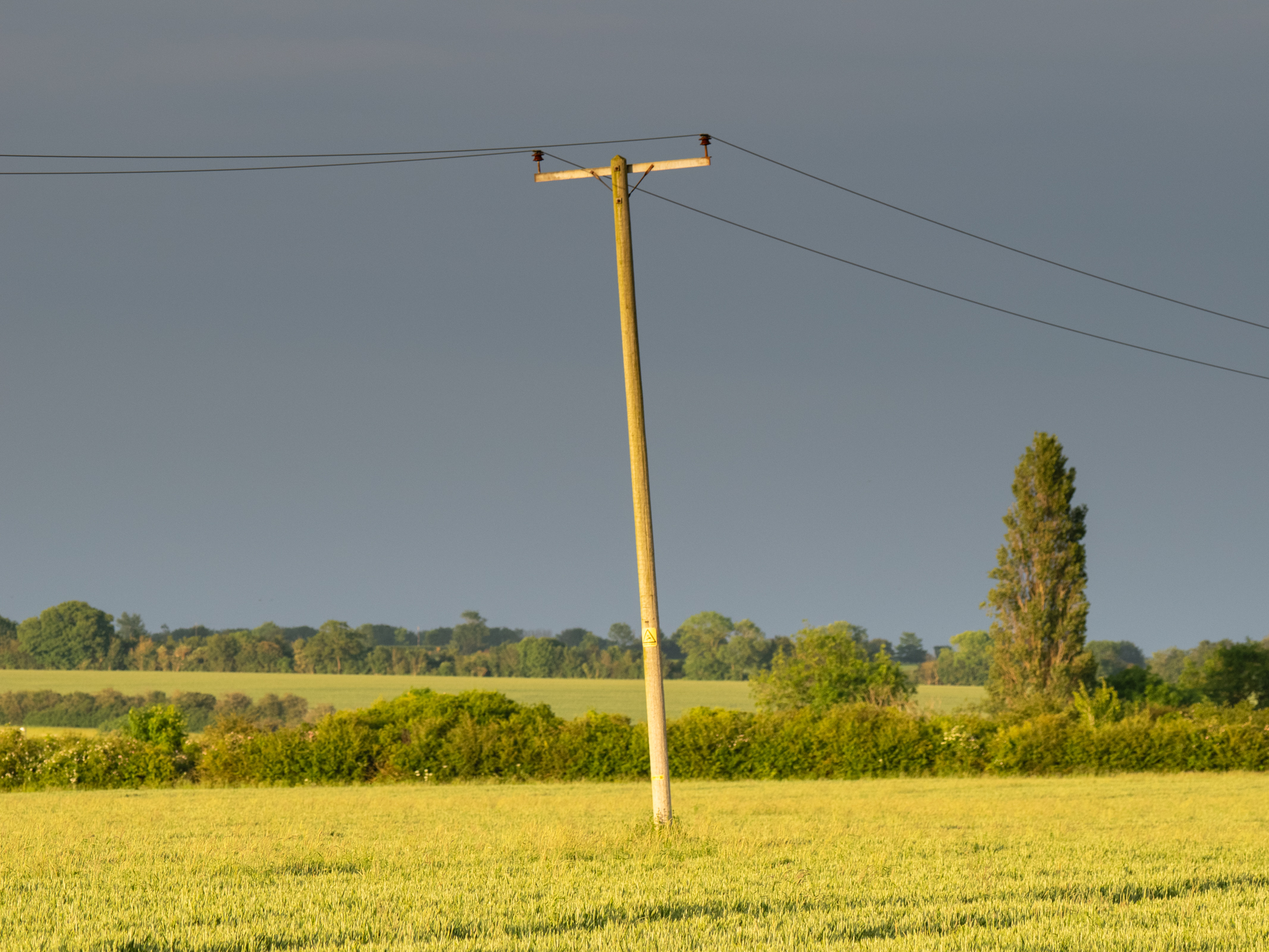
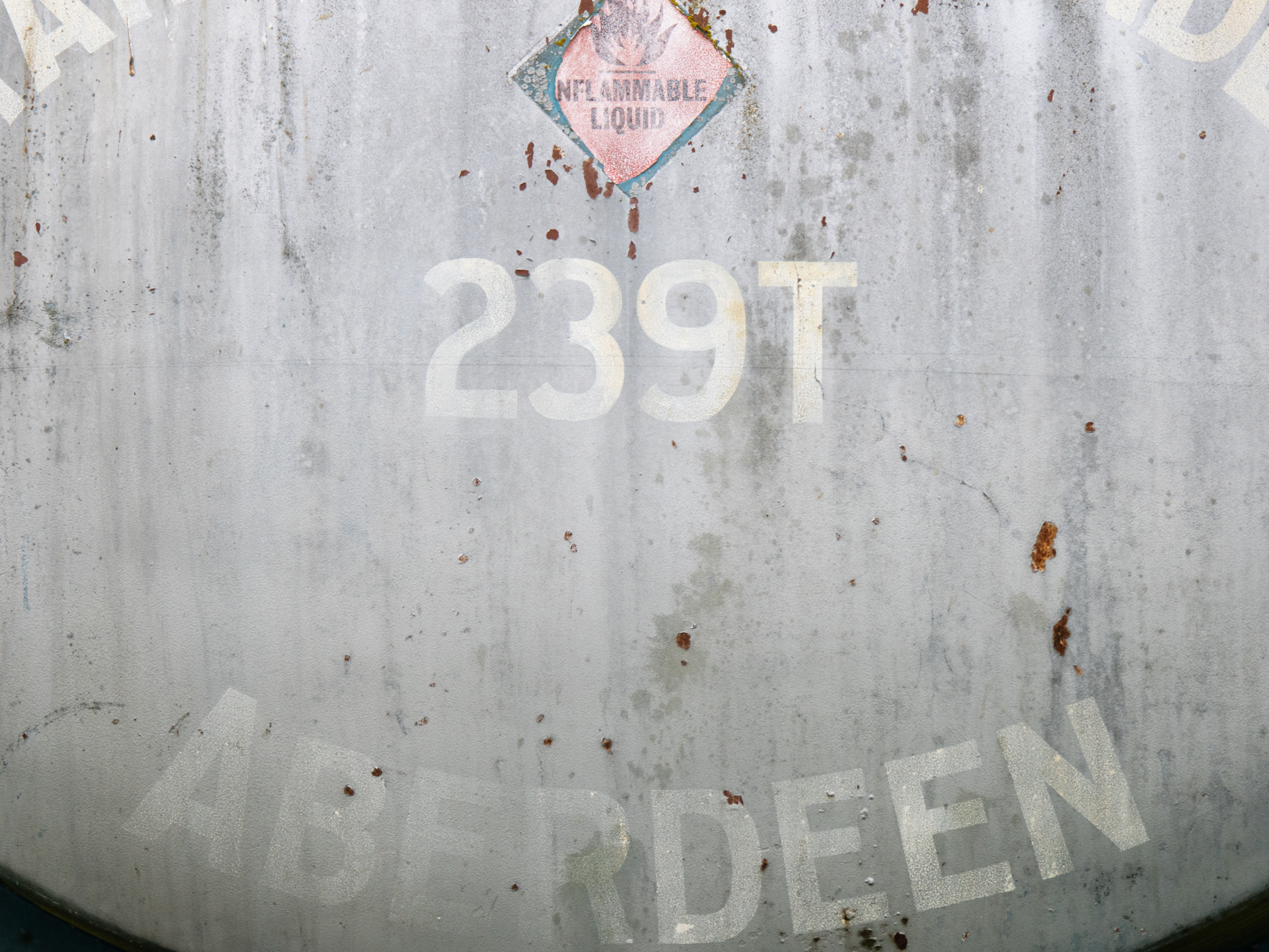
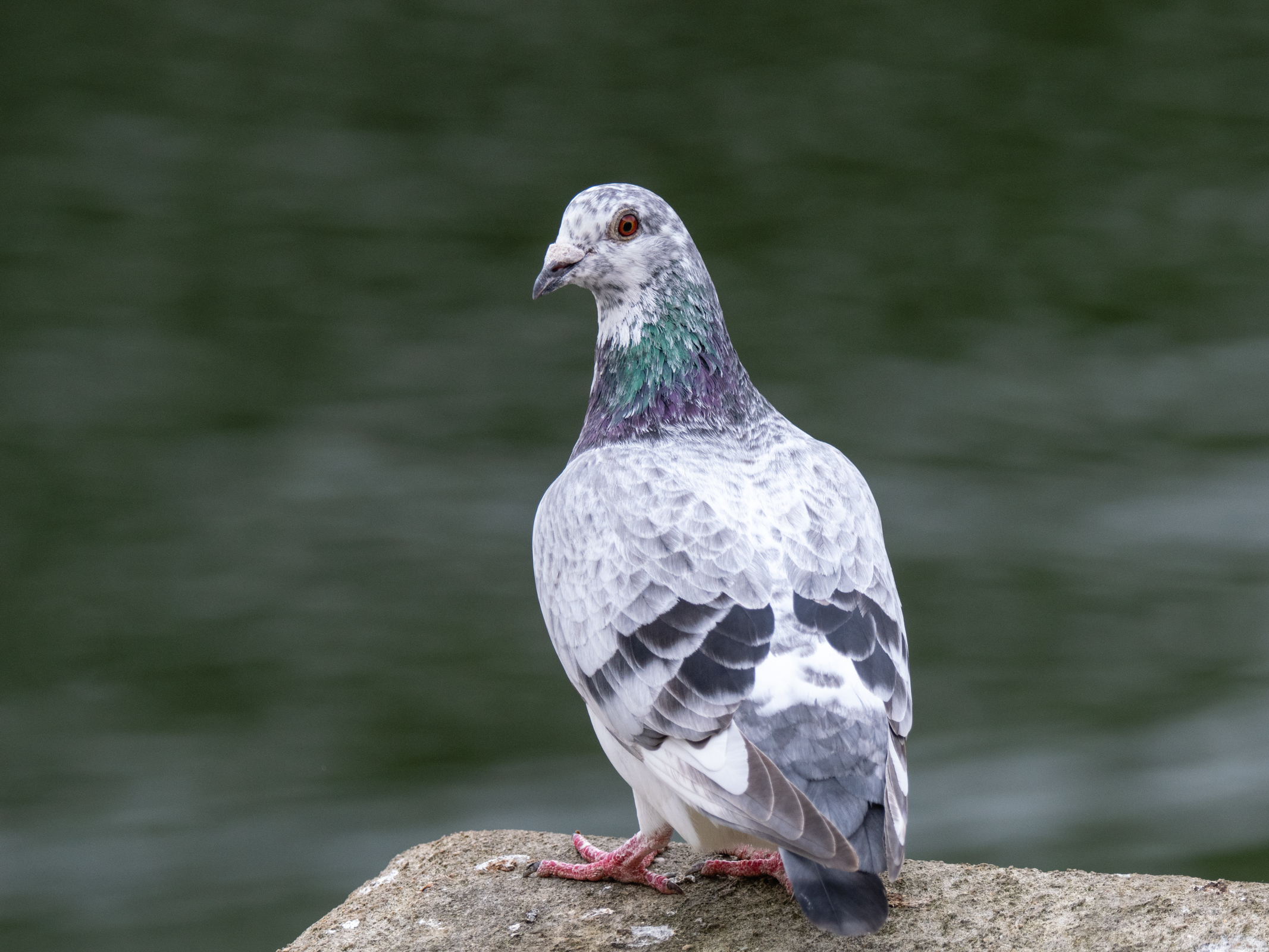
✅ You want a compact professional kit: As a Micro Four Thirds camera, the OM-1 II is smaller and lighter than most other cameras here.
✅ You’re a wildlife photographer: Excellent subject detection, fast shooting, stabilisation and weather resistance make this a win for wildlife.
❌ You need a high-res camera: While it can produce 80MP 14-bit RAW files on a tripod, in most situations you’re limited to the 20MP sensor.
❌ You need pro video, too: Its video capabilities are great overall, but recording tops out at 4K 60fps, which won’t be enough for some.
It only gets a handful of upgrades from the original, but we still think the OM System OM-1 II is a fantastic choice if you want a professional camera with a lighter footprint. It retains the same 20MP Micro Four Thirds sensor as before, as well as the 1053-point AF system. Thanks to a few improvements, though, it’s also one of the most technologically advanced cameras you can buy right now. It’s easier to handle and carry than larger systems, yet based on our tests, it’s also capable of shooting any subject – and excels at wildlife photography.
In our review, we praised its excellent autofocus performance, AI-assisted subject detection, rapid shooting speeds and impressive image stabilization. Factor in weather resistance and the OM-1 II shapes up as a capable camera for fieldwork. We also found that the new Live Graduated ND feature is very effective for landscape photography. With the ability to shoot 50MP handheld stills using sensor shift, and 80MP 14-bit RAW files attached to a tripod, the OM-1 II is no featherweight when it comes to performance.
Read our in-depth OM System OM-1 II review
Also consider
The professional space is where most leading camera brands are putting their R&D resources in 2025 and it's a fiercely competitive market. Naturally, there were many options that didn't make our ten-strong shortlist. Here are the best of the rest:
Best for journalists – Leica M11-P: In a world of ever-better artificial intelligence, it's becoming increasingly important for photographers – particularly photojournalists – to be able to prove they were the ones to take a photo. That's where the Leica M11-P steps in: as the world's first 'anti-AI' camera, it's capable of verifying the authenticity of digital images at the point of shooting, courtesy of a dedicated internal chip that can add a digital signature. Oh and it's 61MP stills are divine, too.
Best compact – Leica Q3: What's the best camera for a professional photographer to enjoy in their spare time? We think the Q3 – Leica's full-frame 'compact' camera with fixed 28mm lens and a class-leading 61MP sensor which unleashes crop modes for different lens perspectives. Prefer a tighter lens? Then the Q3 43 with its 43mm lens is even better. Undoubtedly our favorite walk around camera, ideal for reportage, street and portraiture.
Best Sony – Sony A1 II: Sony's best-ever camera is the A1 II, the all-rounder that delivers speed and quality, packaged in Sony's best-ever design borrowed from the A9 III. You get 50MP stills, 8K video, superb autofocus and lovely handling – it's an all-round dreamy package, let down by its sky-high pricing.
Upcoming professional cameras

Several high-end camera launches are expected before the end of 2025. These upcoming models could shift the shooting landscape for professionals. TechRadar keeps close tabs on industry announcements, speculation and rumors, covering the latest news in real time and testing every new camera as soon as it’s available.
One of the most anticipated professional models is the Nikon Z9 II. Rumored to arrive in late 2025, it’s expected to build on the original Z9’s effective recipe in response to the Canon EOS R1. Some sources suggest it could land with an electronic-only shutter driven by an Expeed 8 processor for rapid burst speeds and faster video frame rates. If and when we’ll actually see it remains a matter of guesswork.
Other sources suggest we could soon see an update to Sony’s flexible A7 series, in the form of the A7 V. Nothing is official, but there’s talk of a 44MP full-frame sensor with support for 4K/120p video and 20fps burst shooting.
Then there’s the Hasselblad X2D 100C II. Building on the legacy of its 100MP predecessor, this medium‑format camera is tipped to feature LiDAR-based autofocus and 1TB of internal SSD storage. Rumors suggest it’s coming soon.
How to choose the best professional camera
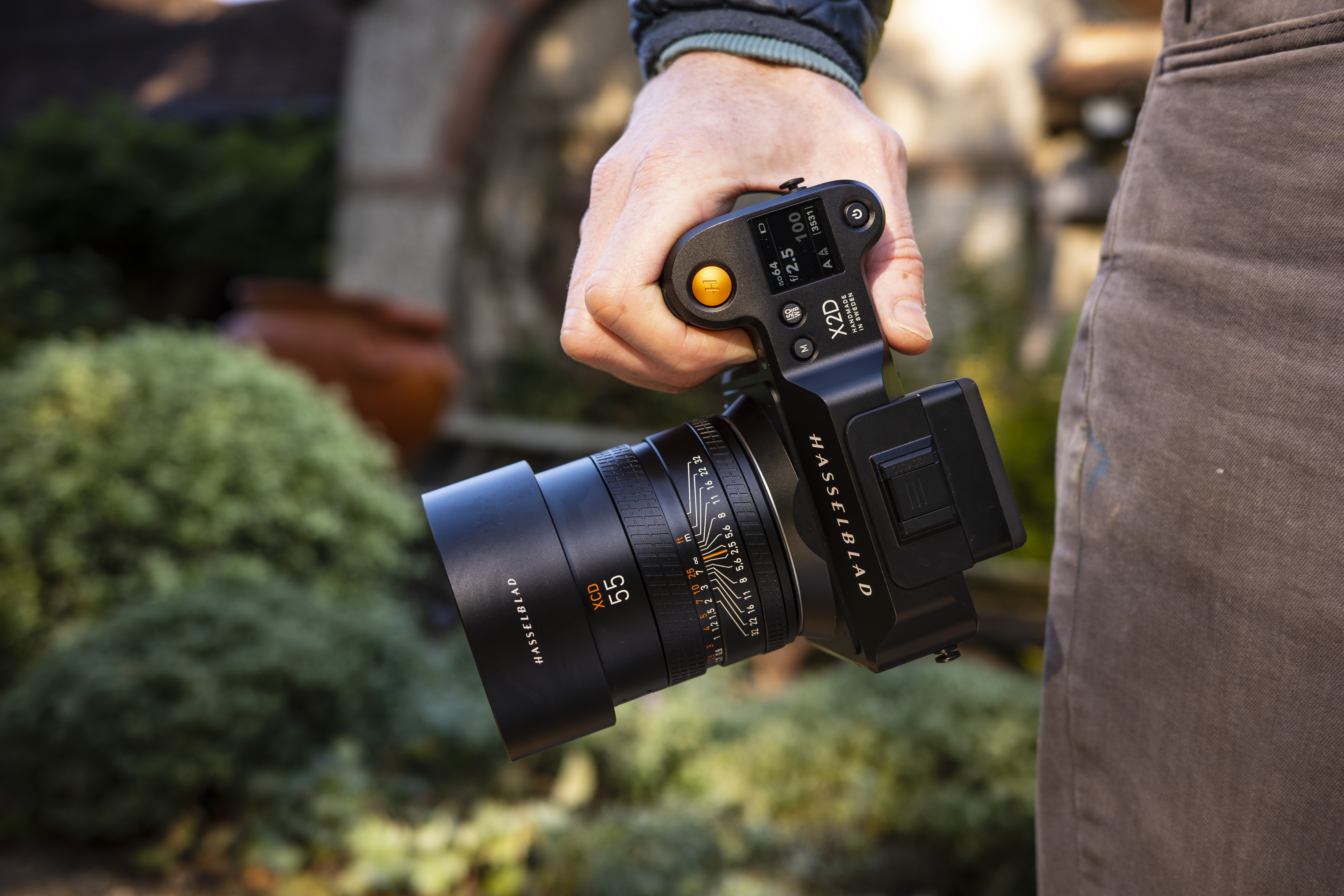
How to choose the best professional camera
Here are five things to look out for:
1. Build quality
Needless to say, life alongside a pro is rarely dull. Exposed to inclement weather, being thrown around the place and rattling through thousands of pictures, your camera will be taken through its paces and will need to stand up to the challenge. Ideally, the camera body will be both weather-sealed and made from hard-wearing metal.
2. Real-world performance
Sometimes you'll need to look beyond the spec sheet and into real world experience. One example, 20fps continuous shooting might sound impressive for action, but if the camera slows up after a second, that mode is of no real use. Or is that the electronic shutter affected by banding? A true pro camera for action should just keep going without slowing up.
3. Lens choice
Sometimes we can get so drawn into what the camera can do, while forgetting that it is part of an interchangeable lens system. Lens quality and choice is just about as important as the camera itself. Even within this roundup, the camera systems vary in age and therefore breadth. Does the system offer the lens you want?
4. Listen to other pros
The feel in the hand, the control layout, potential customization, reliability, the little features that don't make the headlines. It's worthwhile reading up what other pros have enjoyed about the camera you are interested in, because they have that real-world experience. Sometimes it's the little things that make all the difference with the camera that you intend to rely on.
5. Accessories
Memory cards, additional batteries, grips, supports, audio, wireless transmitters, lighting. The list goes on. Not all pros are made of money and the camera is only your initial outlay. The best option might not be what camera you can afford, but building a system within your budget. For example, new memory card types can be particularly expensive.
Meet the team
Collectively, our team of reviewers has amassed over a hundred years of camera experience and testing, covering all of the latest and greatest cameras in the last 20 years.

As Cameras Editor, Tim looks after all cameras content on Tech Radar. This includes buying guides, opinions, reviews and news, and covers anything from mirrorless cameras to film and smartphones. He has been cutting his teeth in the photo and video industry for almost 20 years.

Mark is TechRadar's Senior news editor and has been a technology journalist since 2004. Formerly Trusted Reviews and TechRadar's cameras editor, Mark has tested cameras over many years from all of the leading brands.

Amy has been writing about cameras, photography and associated tech since 2009. Amy was once part of the photography testing team for Future Publishing working across TechRadar, Digital Camera, PhotoPlus, N Photo and Photography Week.
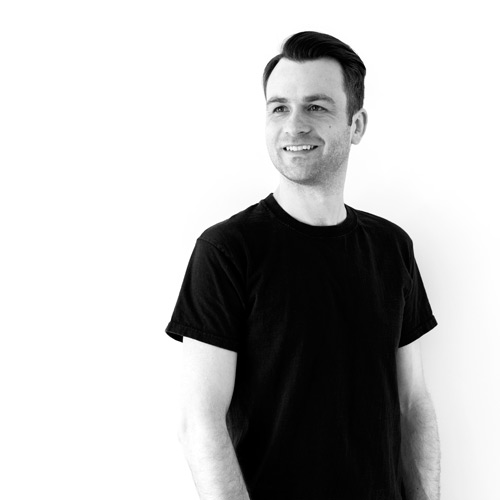
James Abbott is a professional photographer and freelance photography journalist. He contributes articles about photography, cameras and drones to a wide range of magazines and websites where he applies a wealth of experience to testing the latest photographic tech.
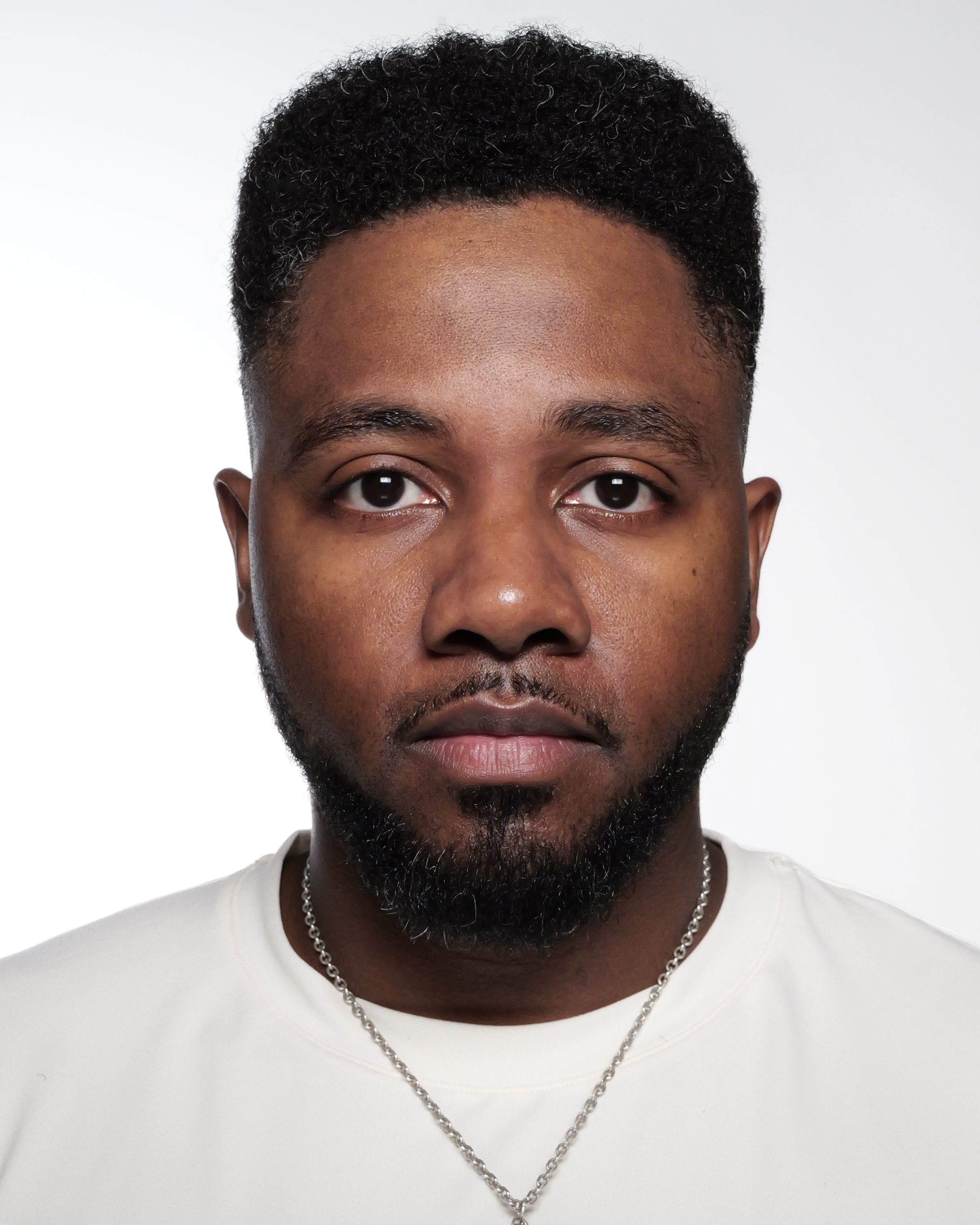
Jon Devo is a seasoned professional with 20 years of experience in photography and videography. After studying Journalism and Psychology at City University London in 2009, he transitioned into presenting and journalism. Jon is the founder of Devoted Creatives, a photo and video studio based in West London.
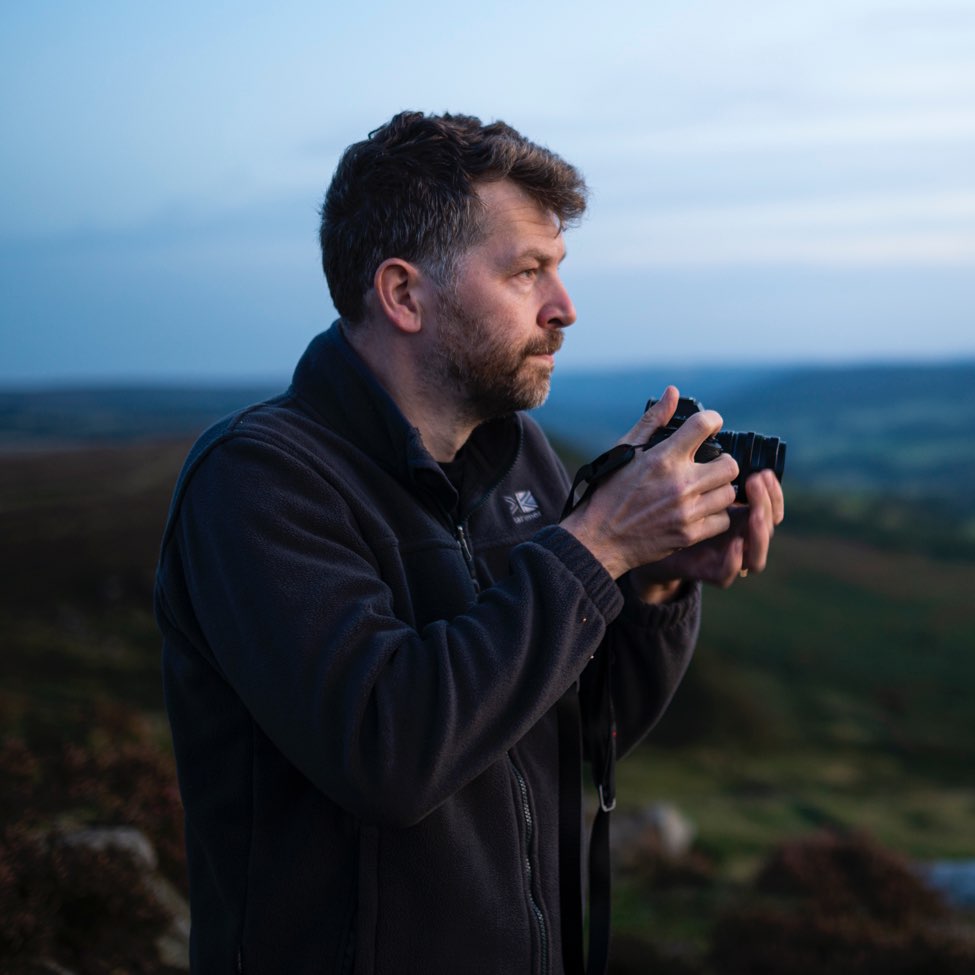
Richard Sibley is a photographer and writer passionate about travel and landscape photography. With over 15 years of experience writing and reviewing in the photo industry, he was formerly Deputy Editor at Amateur Photographer magazine and has had his words and images published in numerous other magazines and websites.
How we test professional cameras

☑️ 100s of cameras reviewed
☑️ 15 years of product testing
☑️ Over 16,000 products reviewed in total
☑️ Nearly 200,000 hours testing tech
Buying a professional camera is going to set you back a fair amount of money, so we understand you'll want to do your research and make as informed a decision as possible. That's why we perform hands-on tests of all of our cameras, putting them through their paces and making verdicts based on our experience.
In our testing, we begin by looking at the camera's design and handling to get an idea of it's size, weight, and what type of photography or videography it is ideally suited for. In terms of performance, we use a formatted SD card and take a range of photos and videos to see how good it is in a range of scenarios, including low-light. Transferring these photos onto a computer gives our reviewers the opportunity to look at the results in more detail, zooming in on specific parts of images, to see what detail is captured.

When it comes to video specifically, we make sure we test all the core features, including autofocus, stabilization, and audio options, as well as the video quality of the footage. Video quality is tested by filming a range of different scenarios, including handheld and locked-off, across all the available resolutions. Footage is then checked to see how the camera managed in terms of autofocus image stabilization.
If a camera specifically provides 8-bit or more recording capabilities, then we also like to color grade the footage to see how far we can push it. These tests are also carried out in a range of lighting conditions to see how the sensor copes with a wide dynamic range of data.
With all of the tests complete across photo and video, we compare them with their competitors and draw informed conclusions about the quality of the cameras and who they might appeal to.
- Best DSLR camera: 12 of the best DSLR cameras for all budgets
Sign up for breaking news, reviews, opinion, top tech deals, and more.

Tim is the Cameras editor at TechRadar. He has enjoyed more than 15 years in the photo video industry with most of those in the world of tech journalism. During his time as Deputy Technical Editor with Amateur Photographer, as a freelancer and consequently editor at Tech Radar, Tim has developed a deeply technical knowledge and practical experience with cameras, educating others through news, reviews and features. He’s also worked in video production for Studio 44 with clients including Canon, and volunteers his spare time to consult a non-profit, diverse stories team based in Nairobi. Tim is curious, a keen creative, avid footballer and runner, and moderate flat white drinker who has lived in Kenya and believes we have much to enjoy and learn from each other.